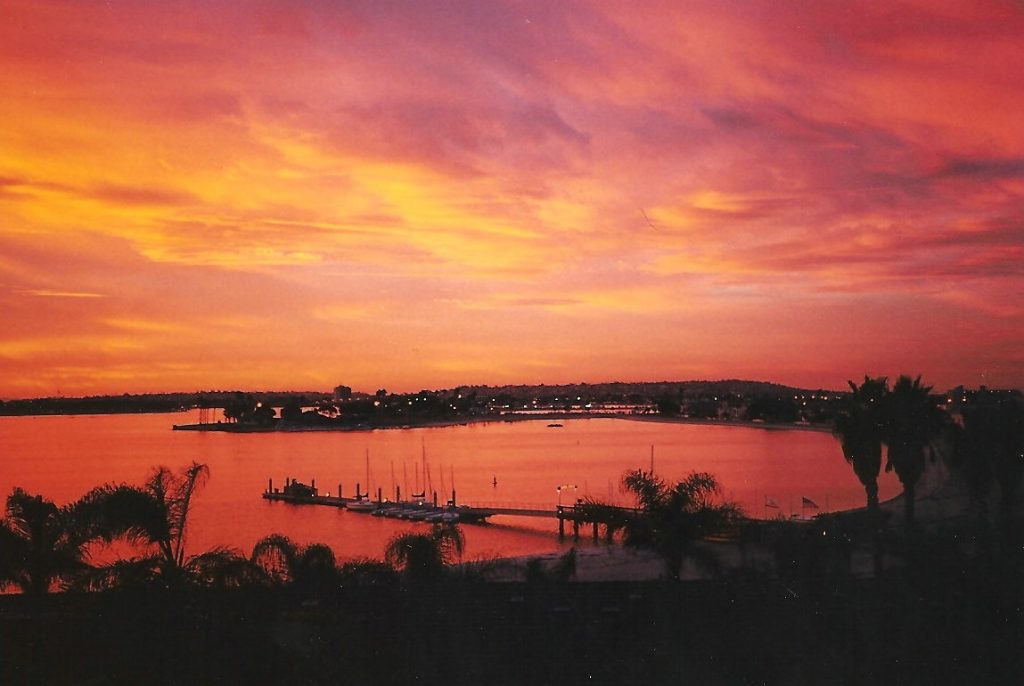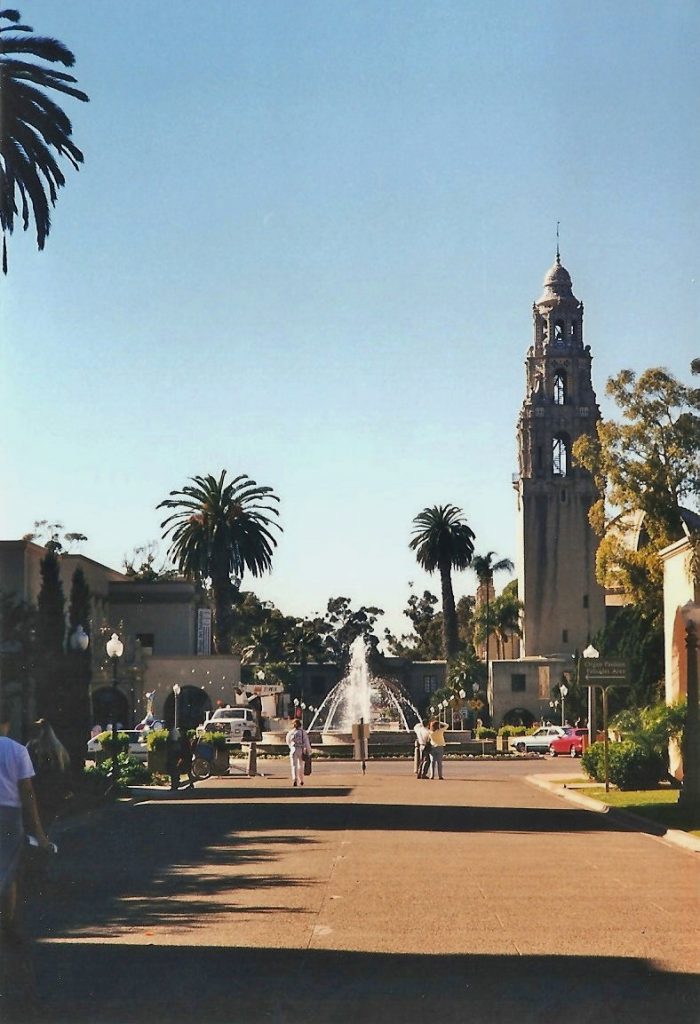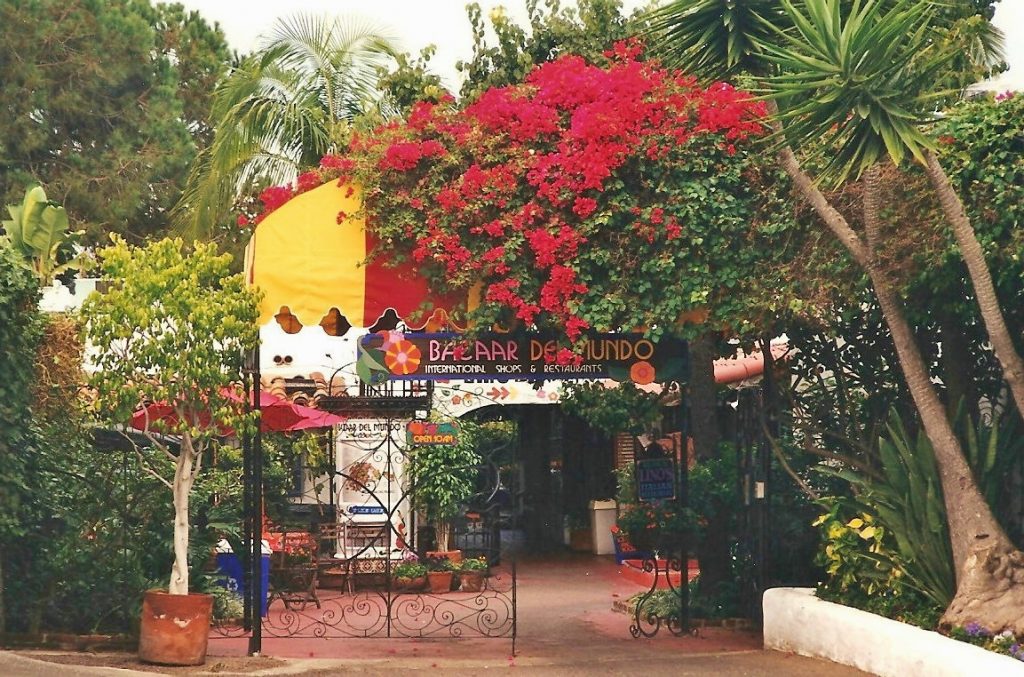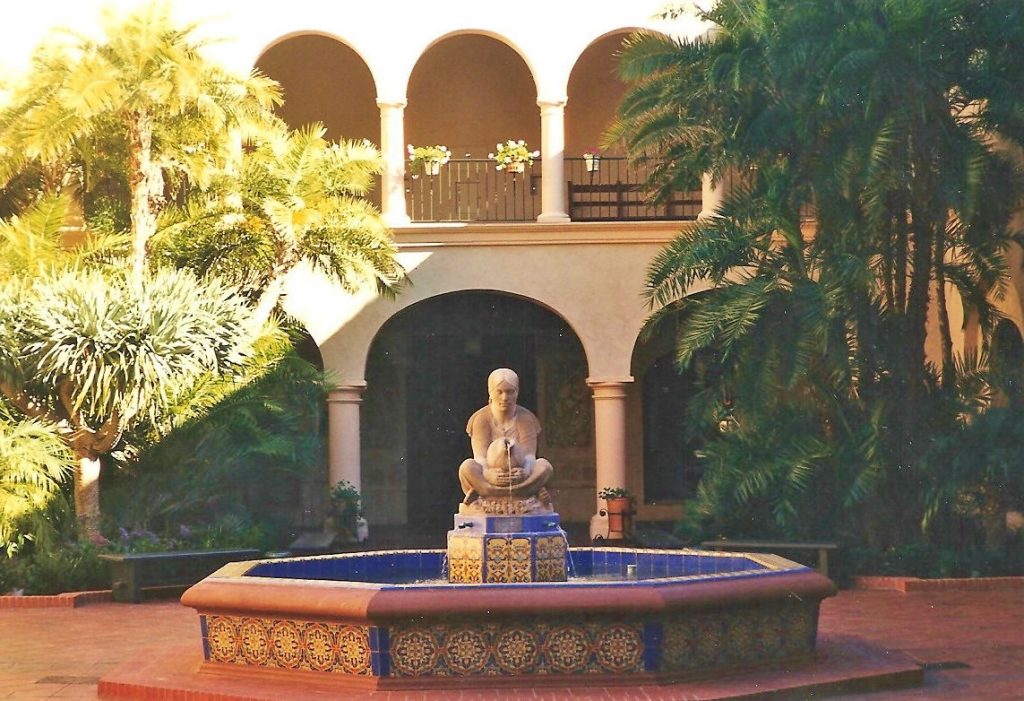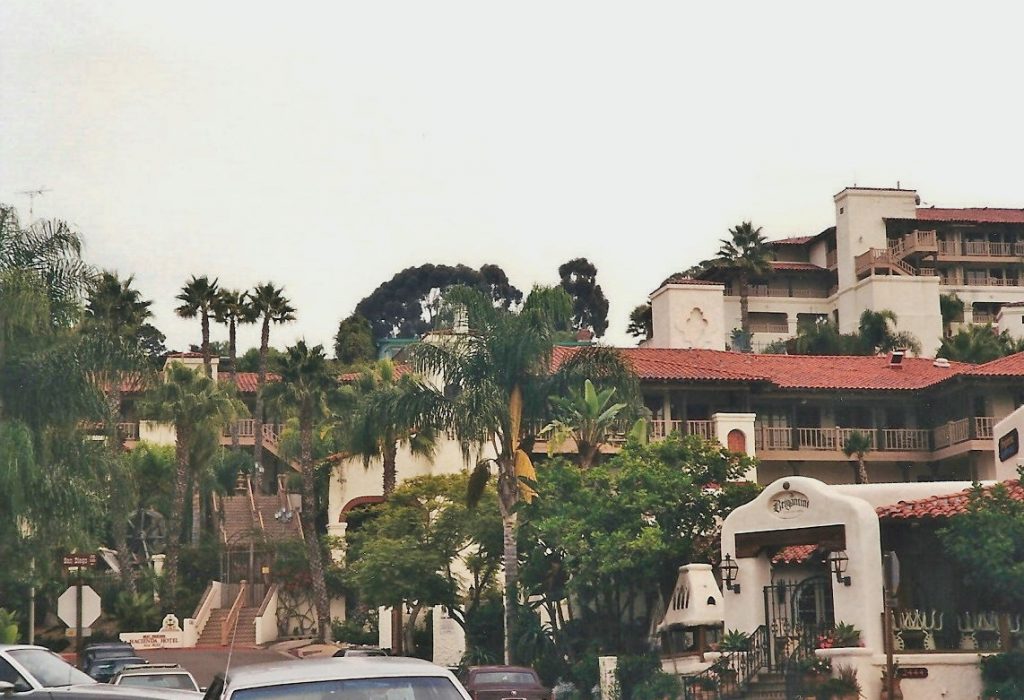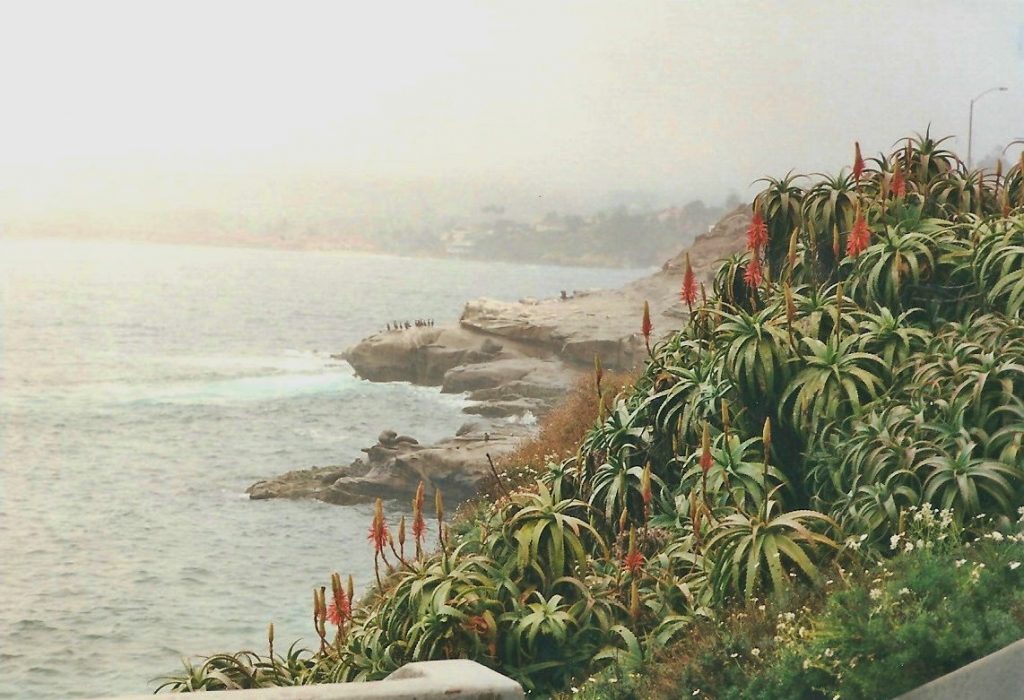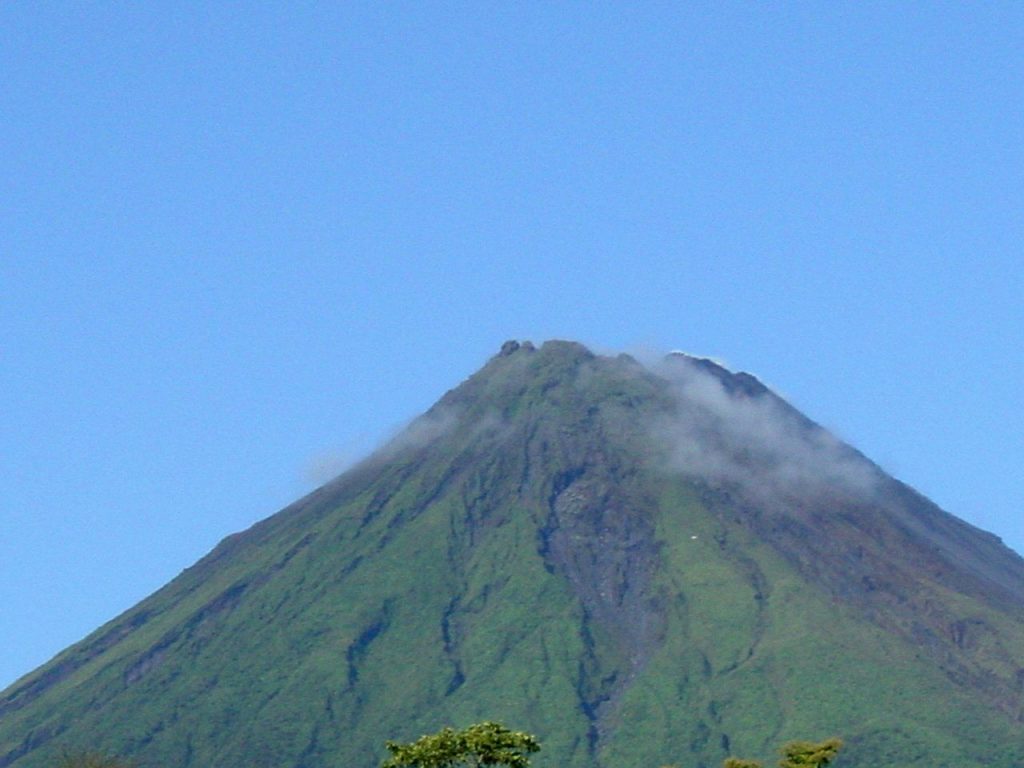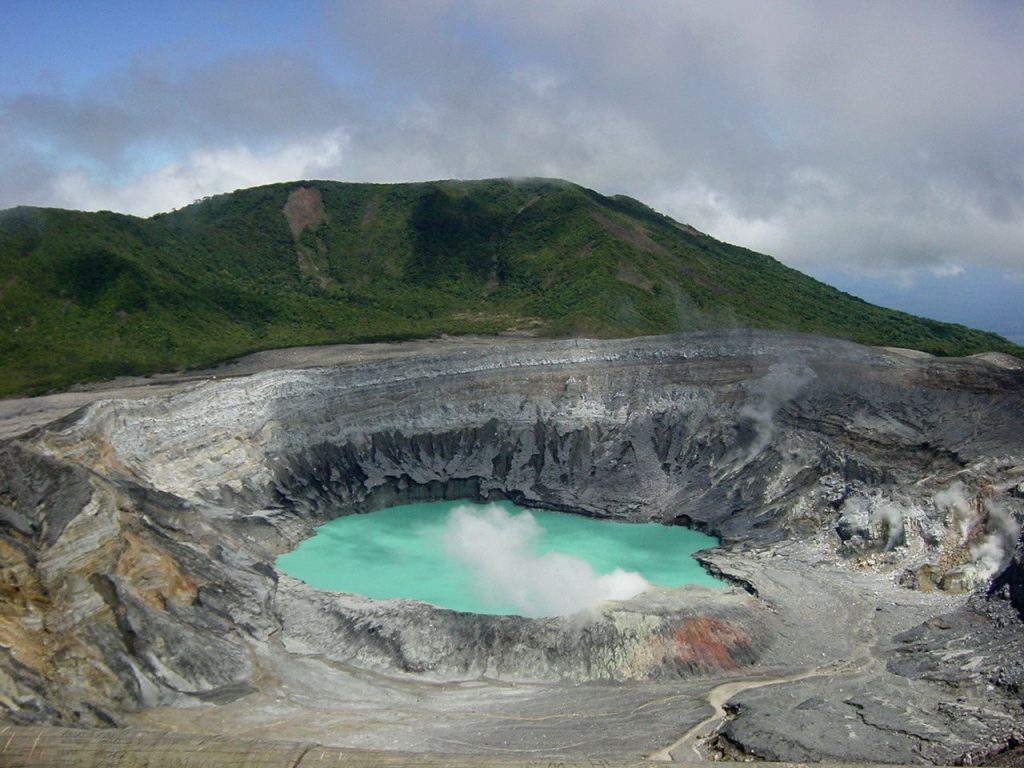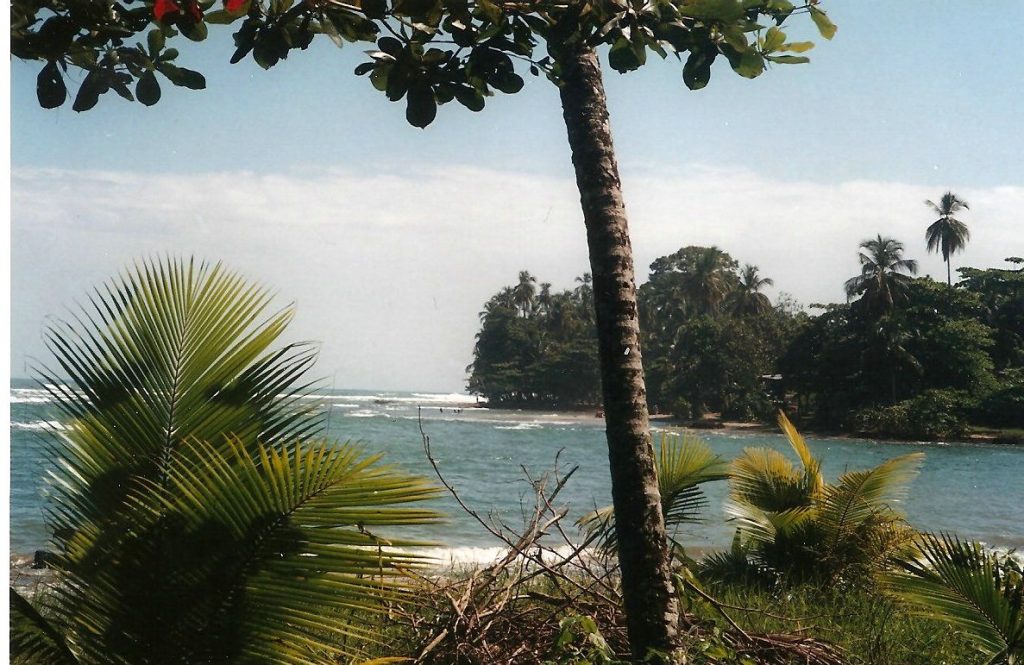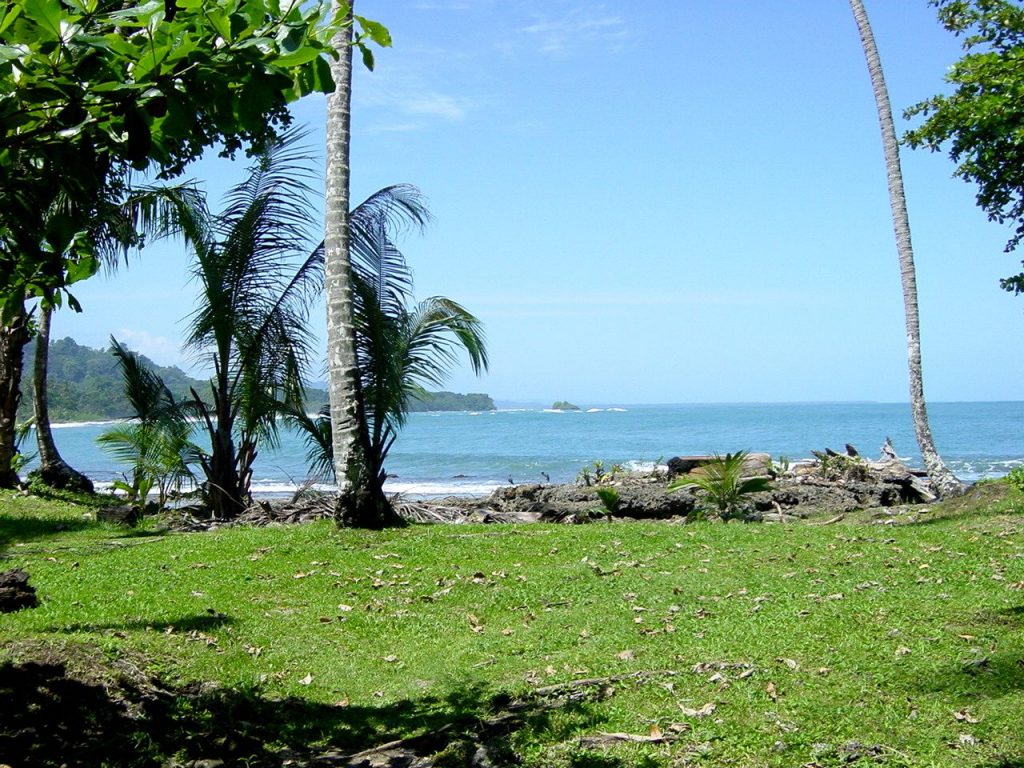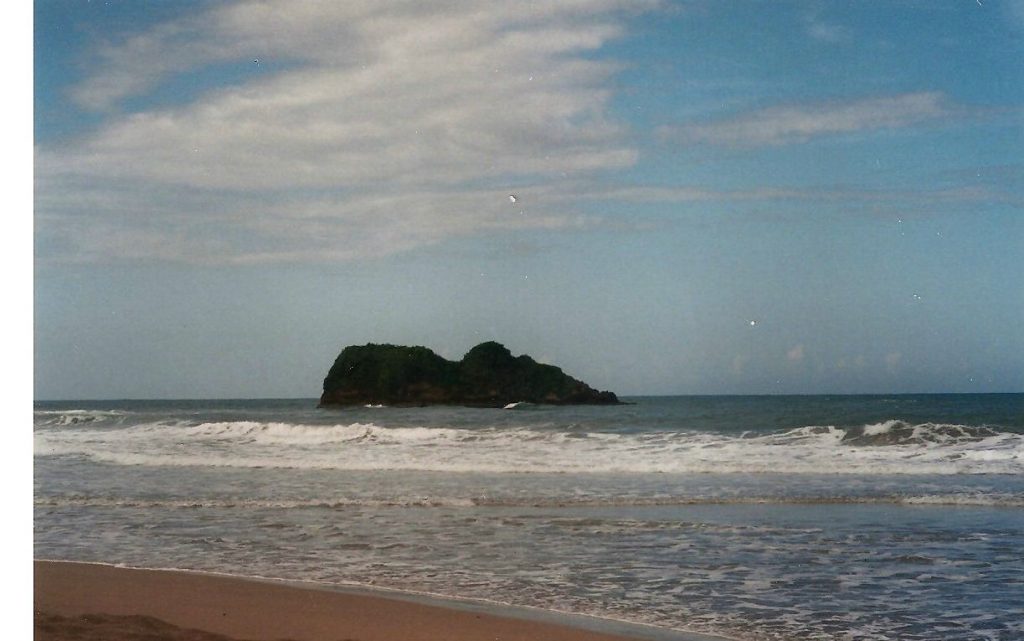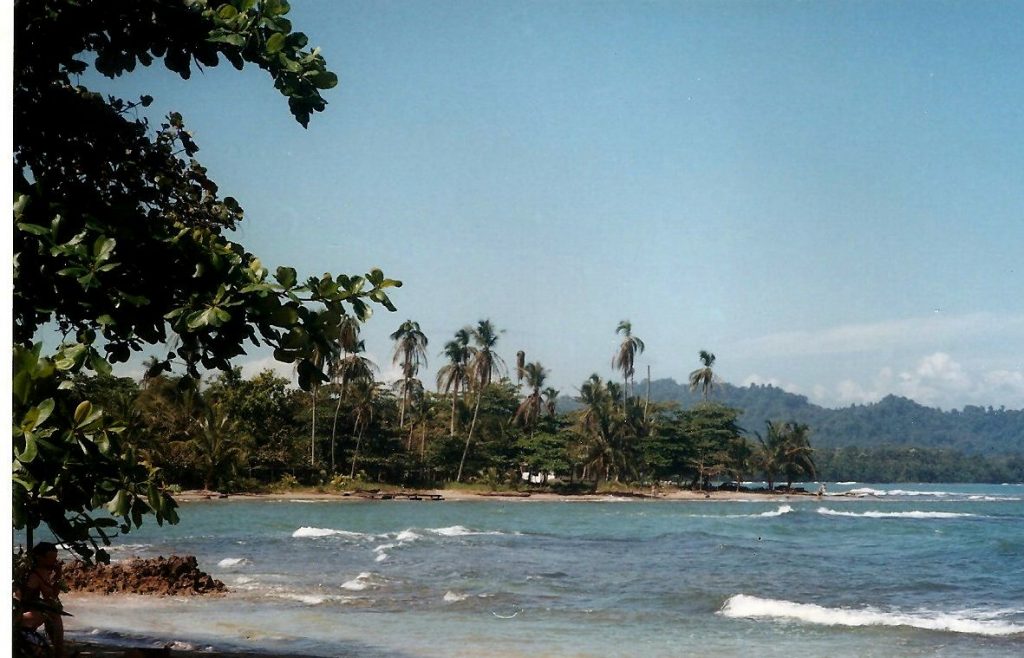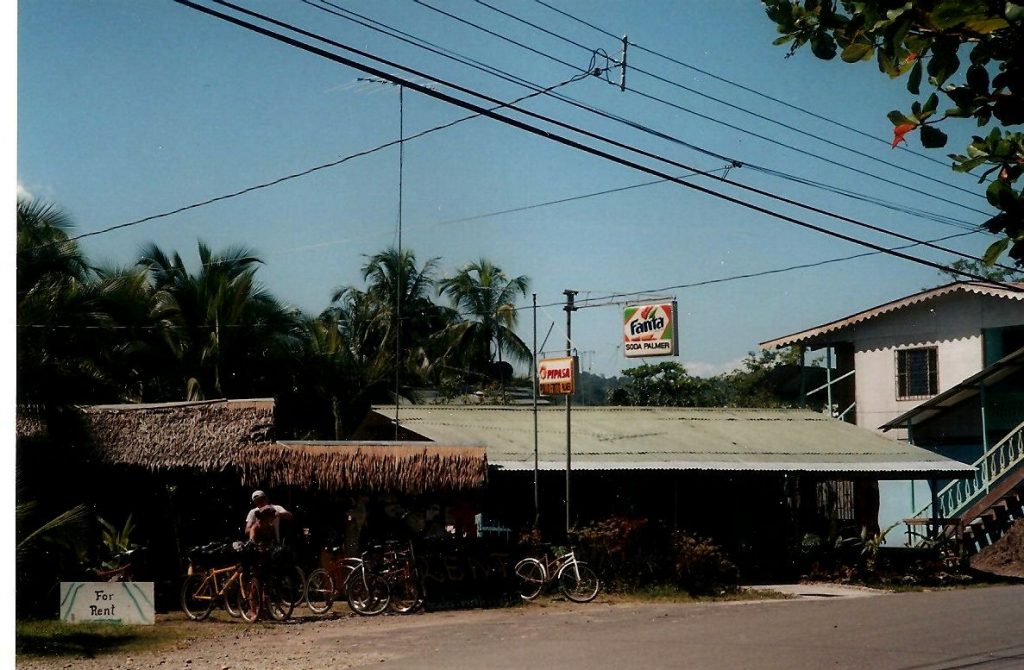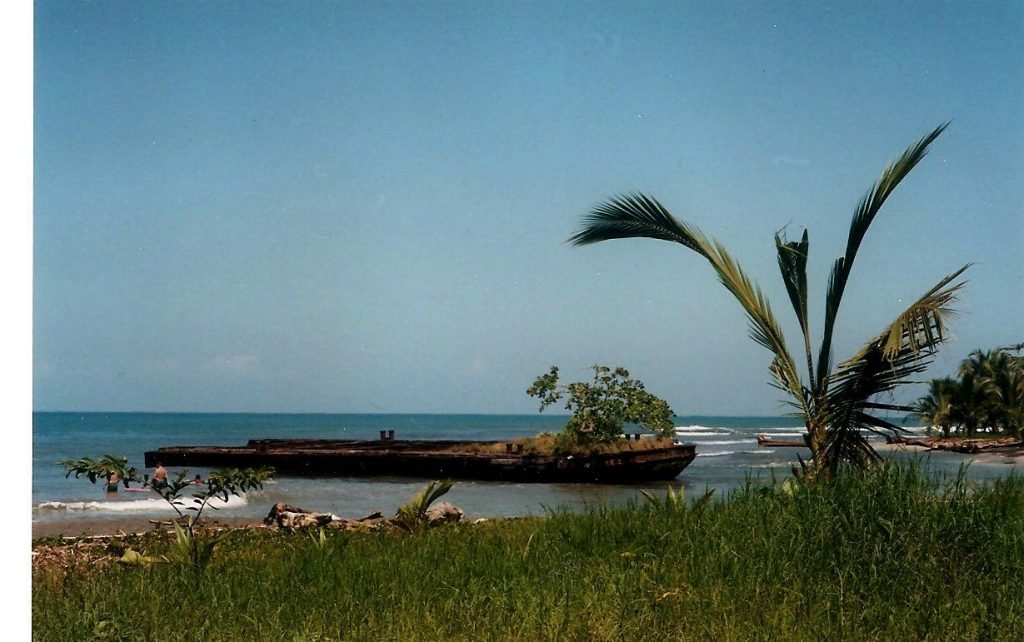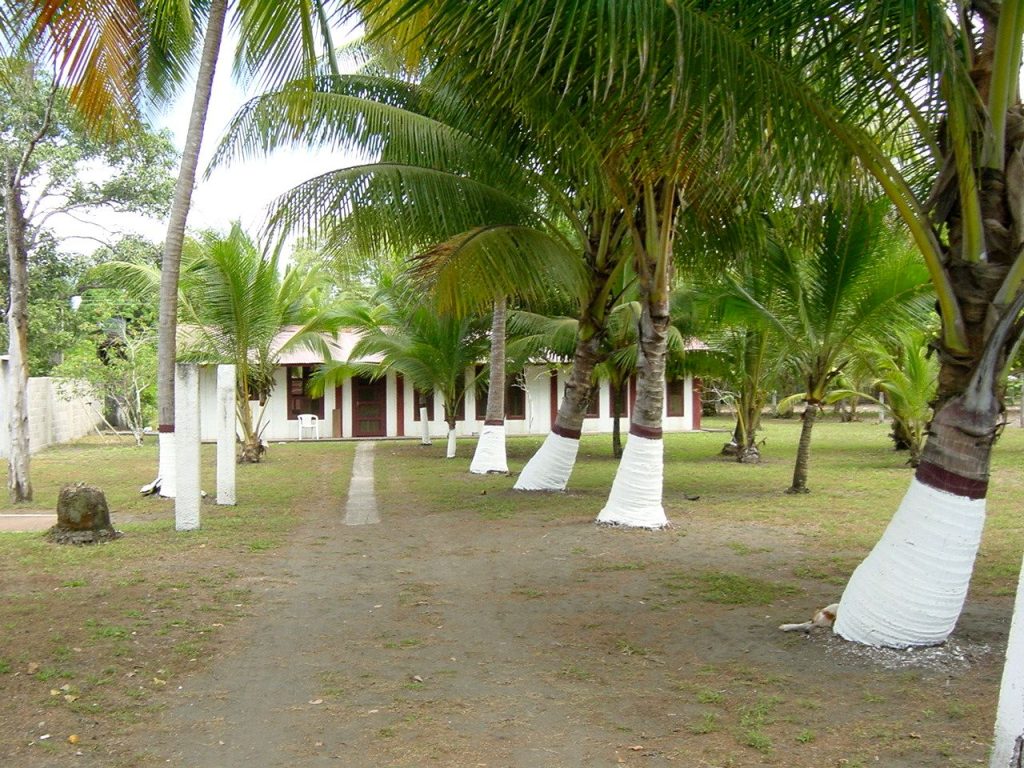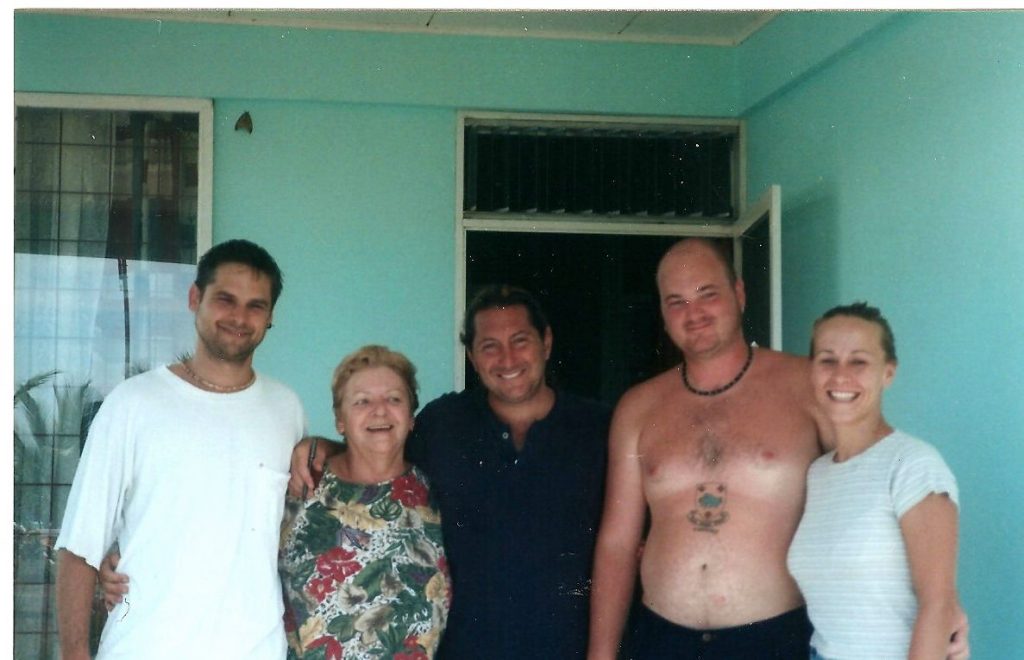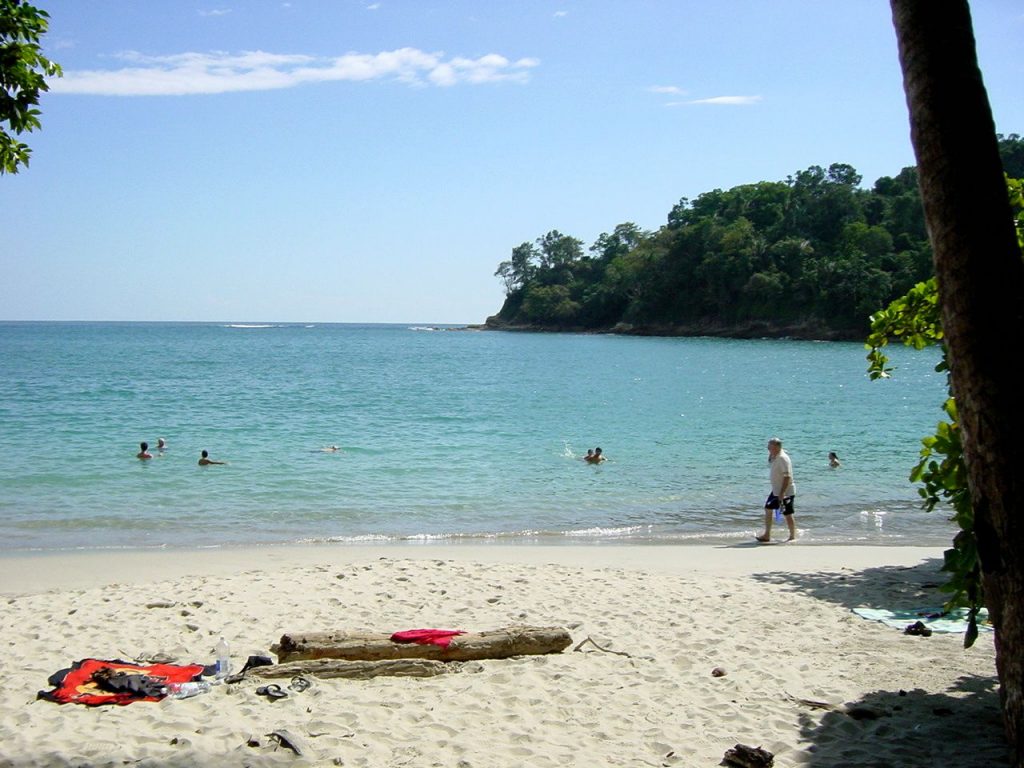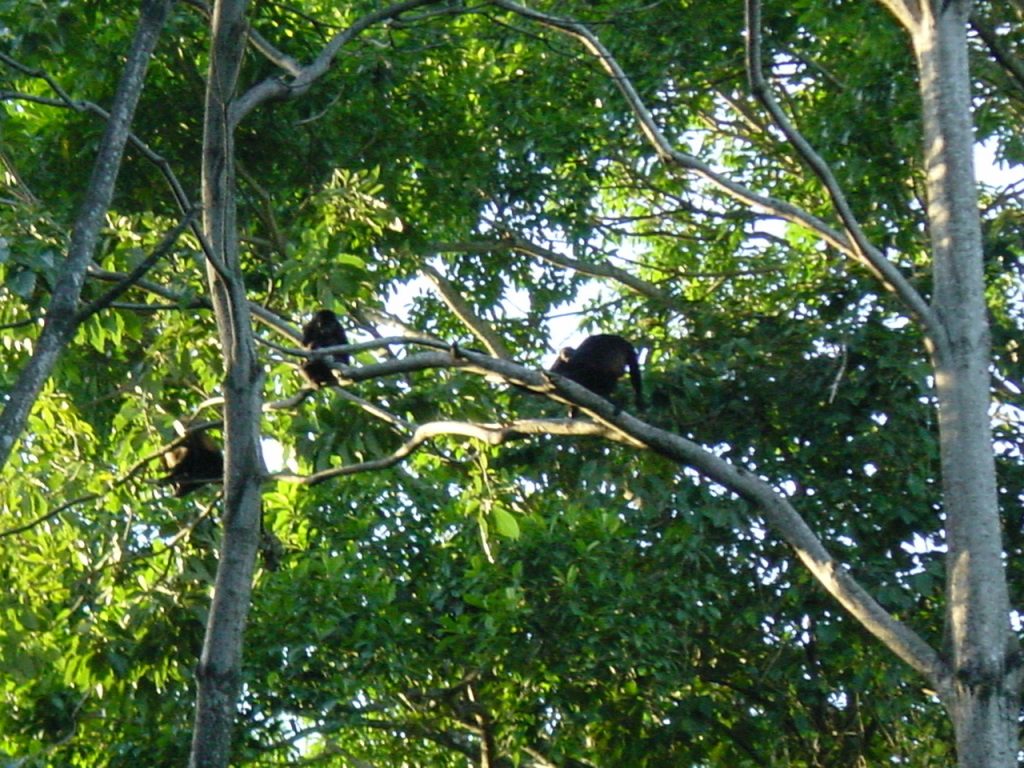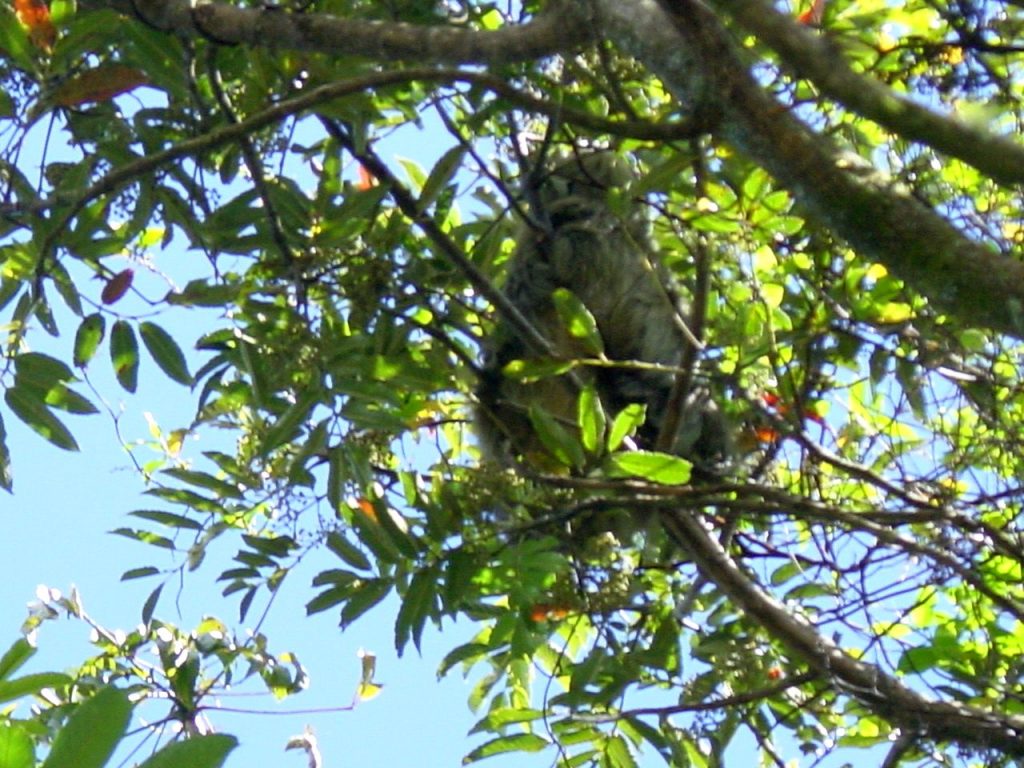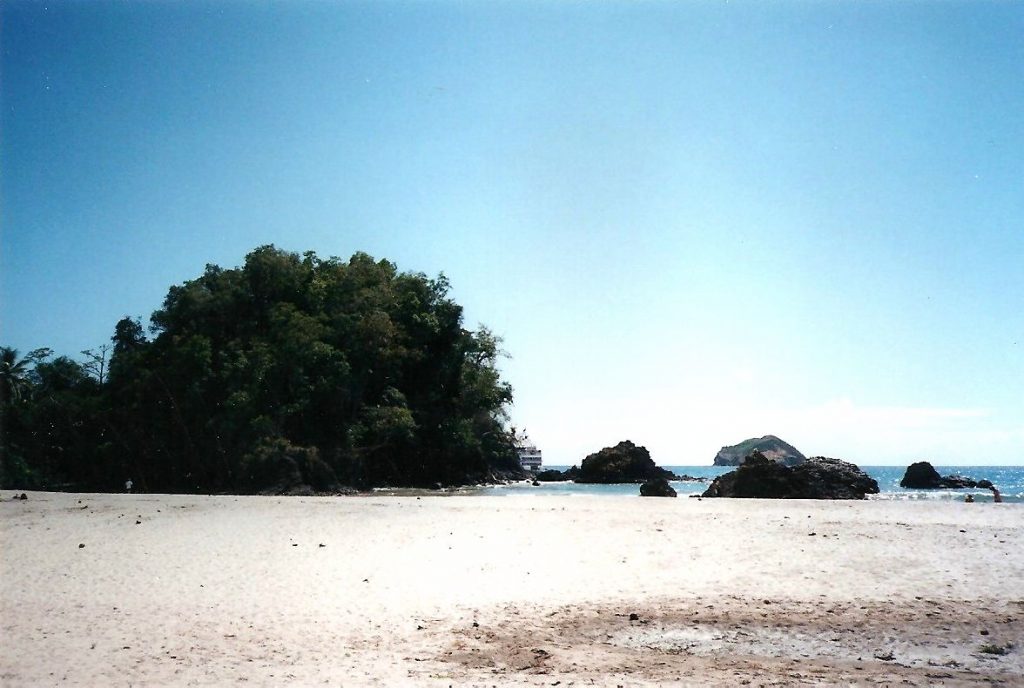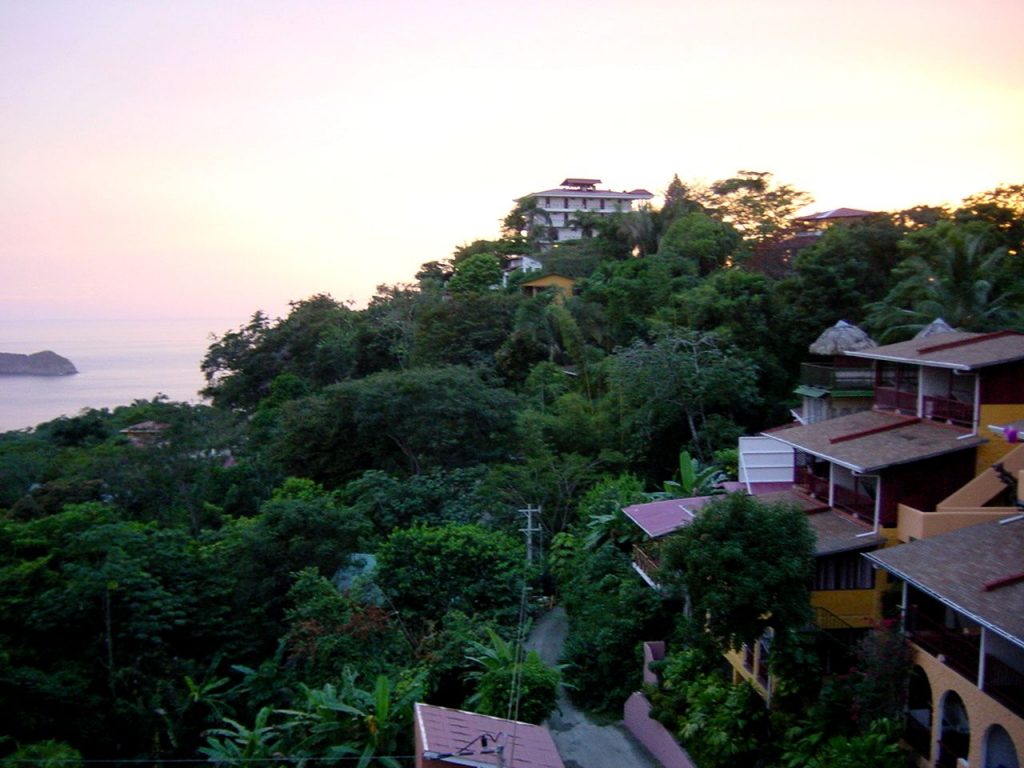What a great year for travel! Here are some of my adventure blog posts for 2014:
ASIA:
Philippines

Arriving to the Mission by Tuk-Tuk
Pre-School and Pampering at Naomi’s Heart

Haircuts for the Amazing Women at the Mission
CARIBBEAN AND PORTS OF CALL:
Antigua

The Bahamas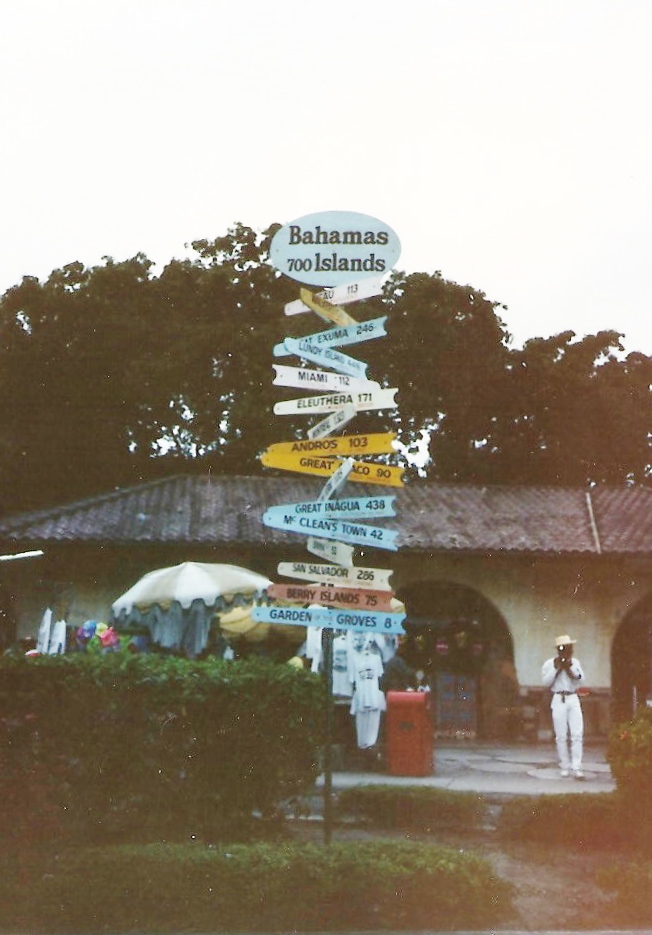
Freeport, Grand Bahama
Barbados
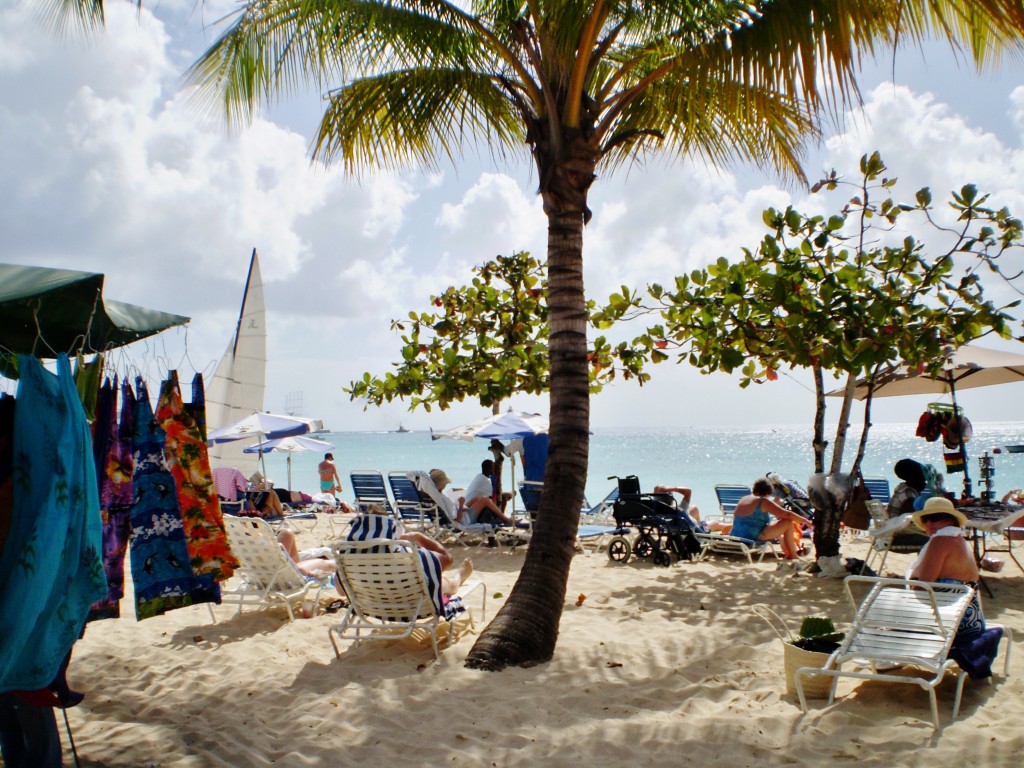
Malibu Beach, Barbados
Belize, Honduras and Mexico: Altun Ha
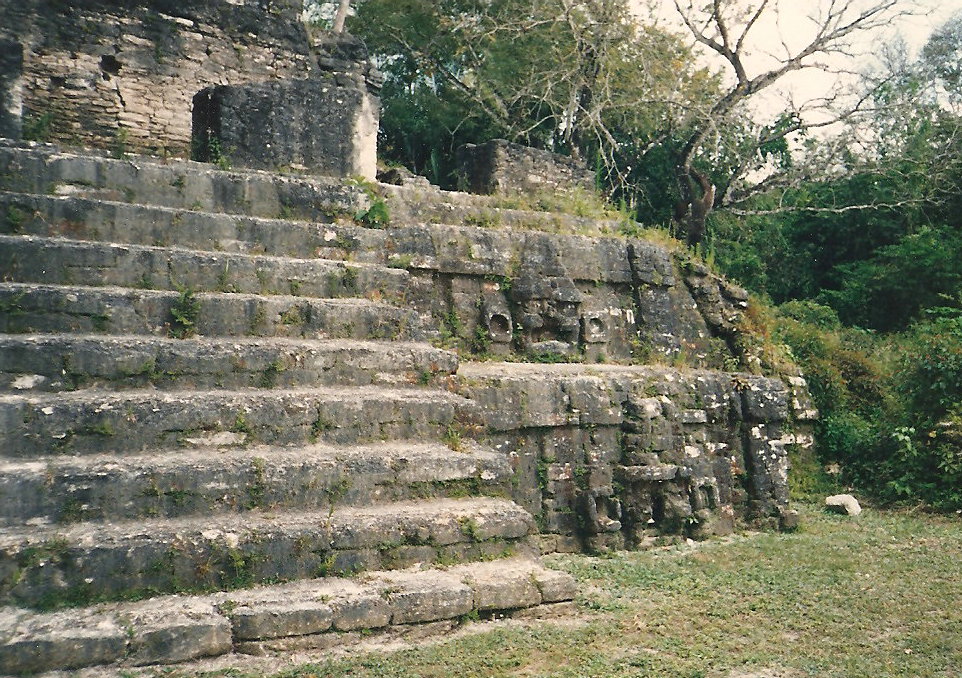
Altun Ha Mayan Ruins
Costa Rica: A Photographic Review

Gorgeous Beaches in Costa Rica
Jamaica: Dunn’s River Falls
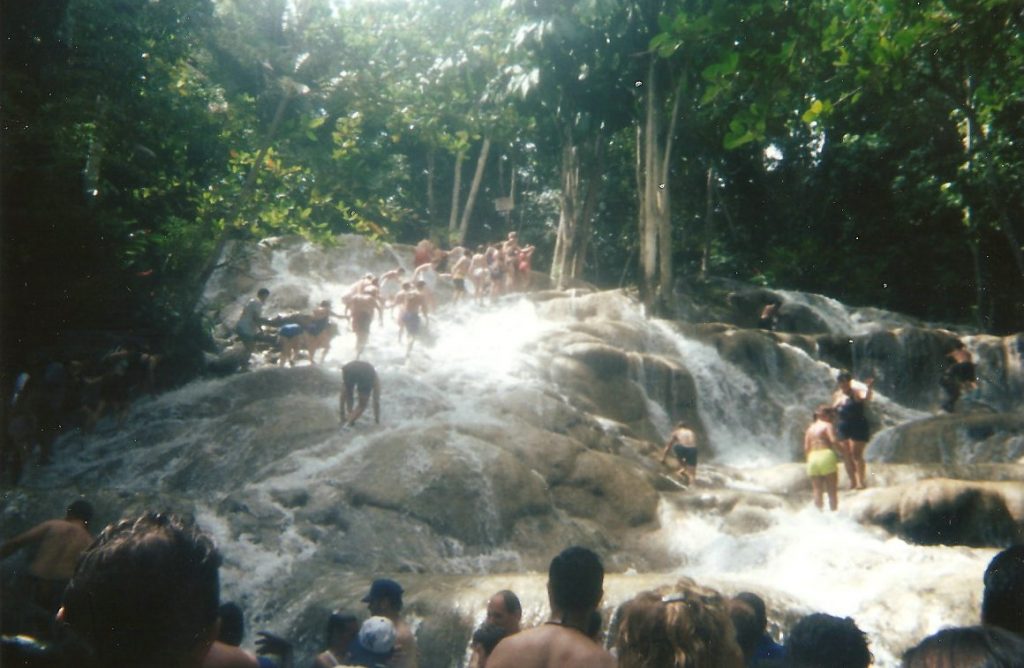
Climbing Dunn’s River Falls in Ocho Rios, Jamaica
Mexico: Cozumel
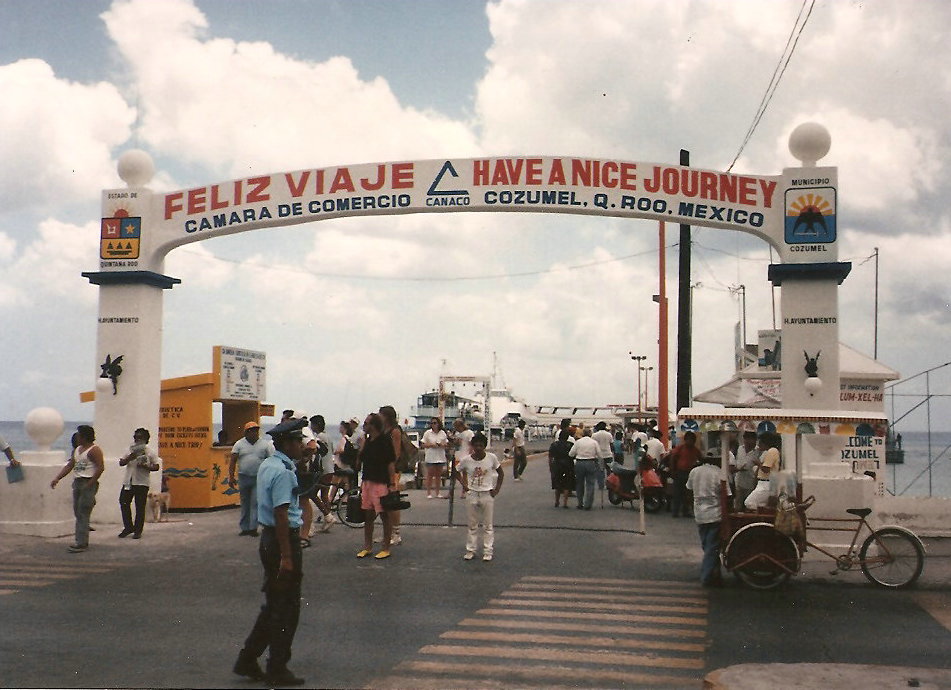
Downtown Cozumel, Mexico
Hurricane Gilbert
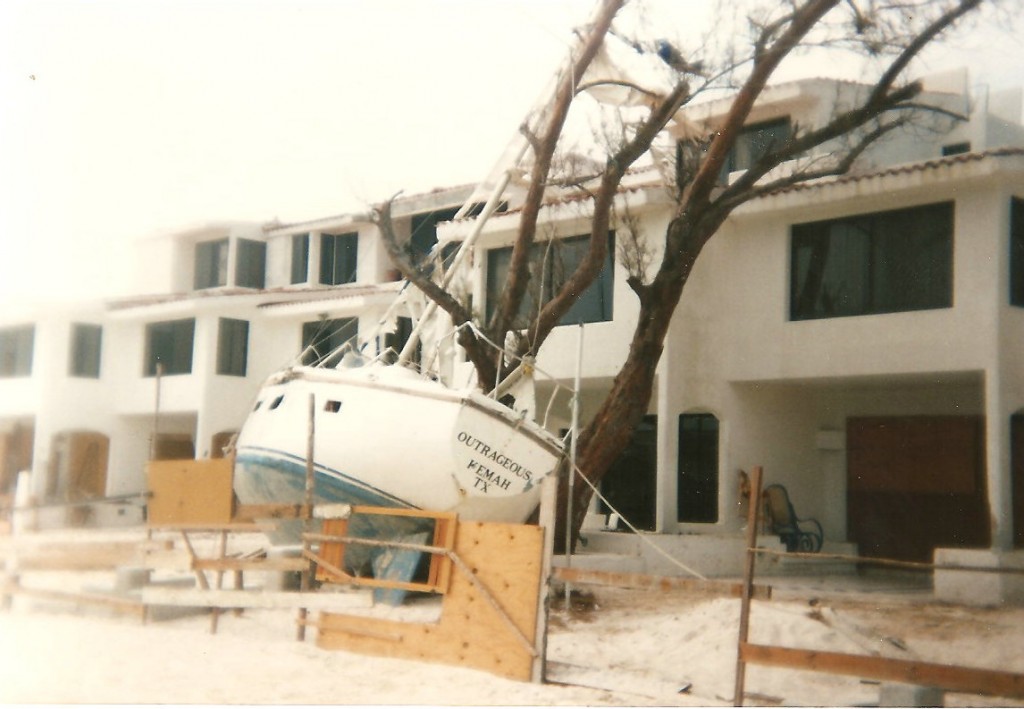
The Massive Destruction of Hurricane Gilbert to the Yucatan Peninsula in 1988
EUROPE:
Italy: Venice
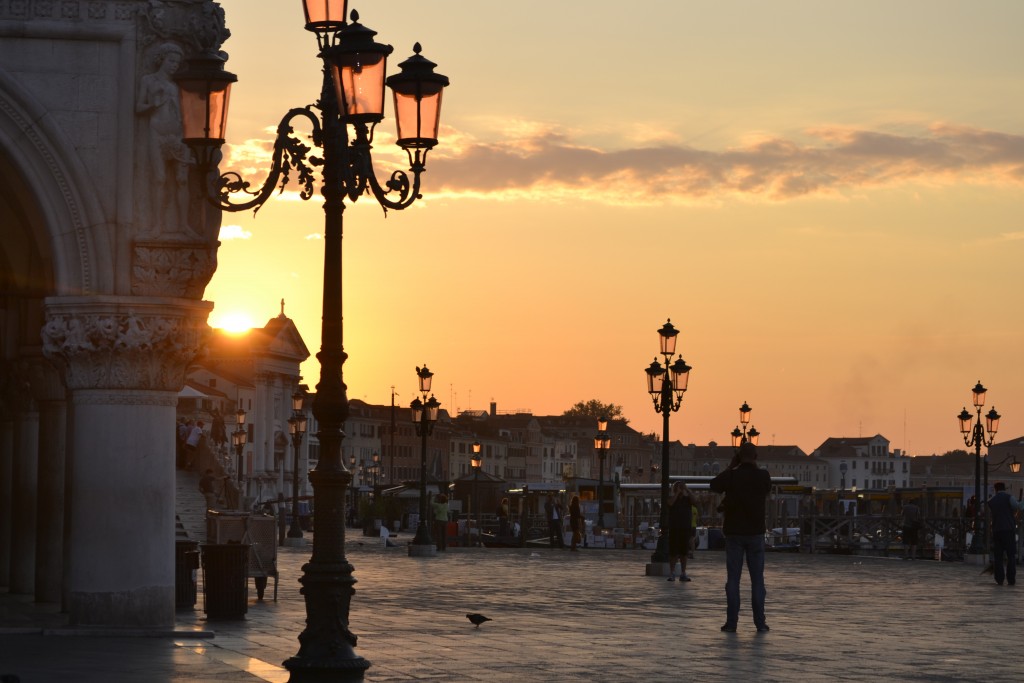
A Morning Stroll Through Venice
Monaco
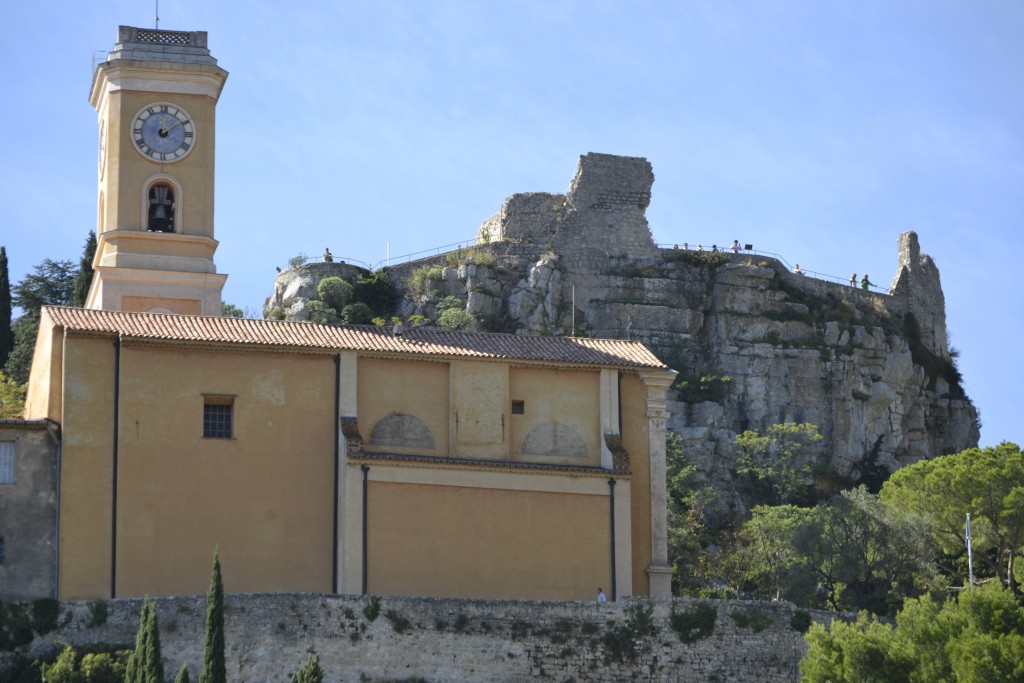
Views from the Perfume Factory
UNITED STATES:
United States, Arizona: Jerome Historic State Park
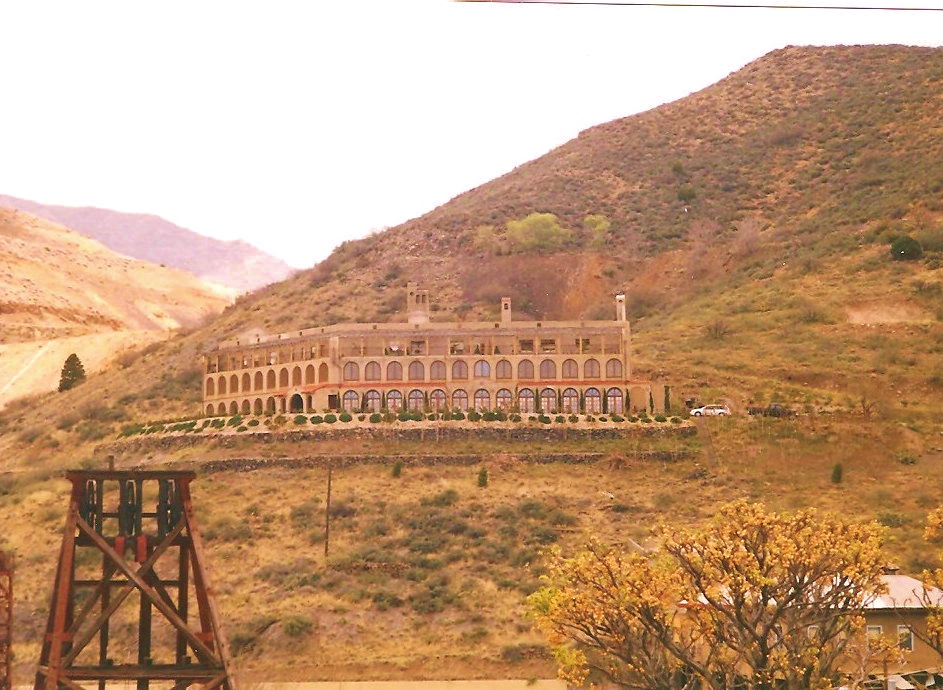
Hotel at Jerome State Park
Meteor Crater

Meteor Crater, Arizona
Petrified Forest National Park
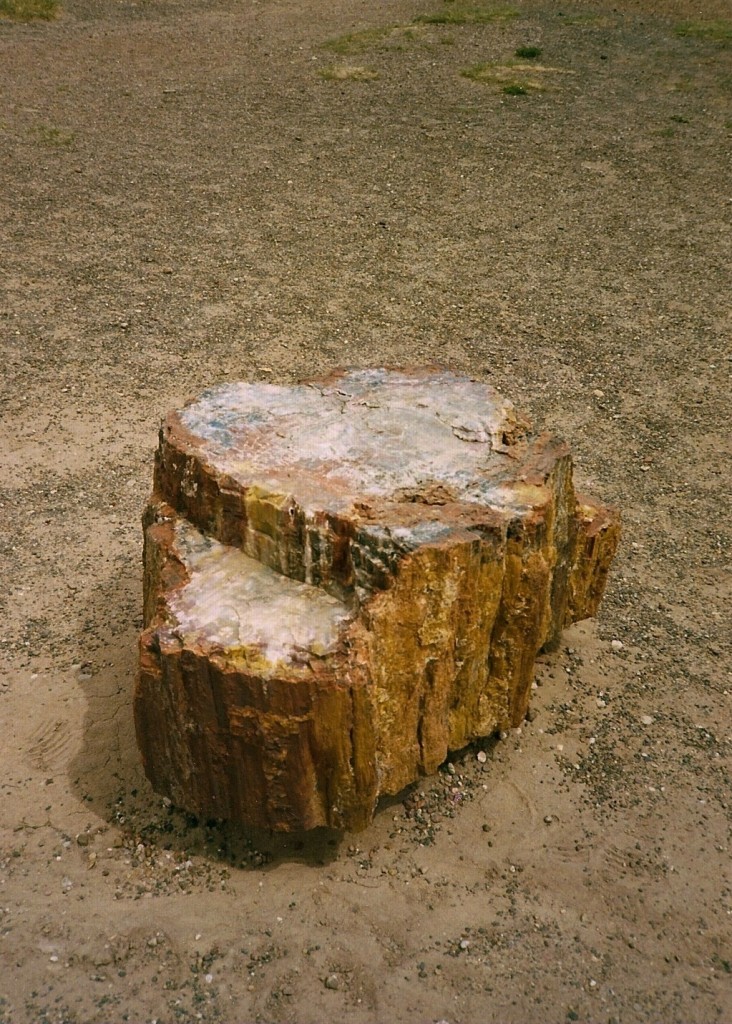
Petrified Wood
United States, Arizona: Sedona

The gorgeous rocks of Sedona
United States, California: San Francisco
Alcatraz Island
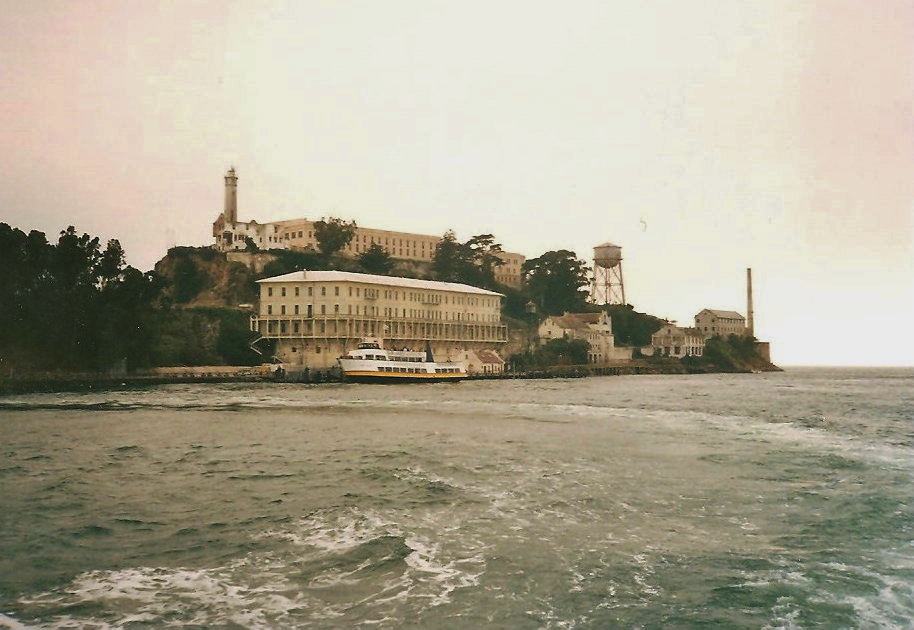
Approaching Alcatraz Island
United States, Florida: Cypress Gardens

Enjoying the Beautiful Grounds
United States, Florida: Key West
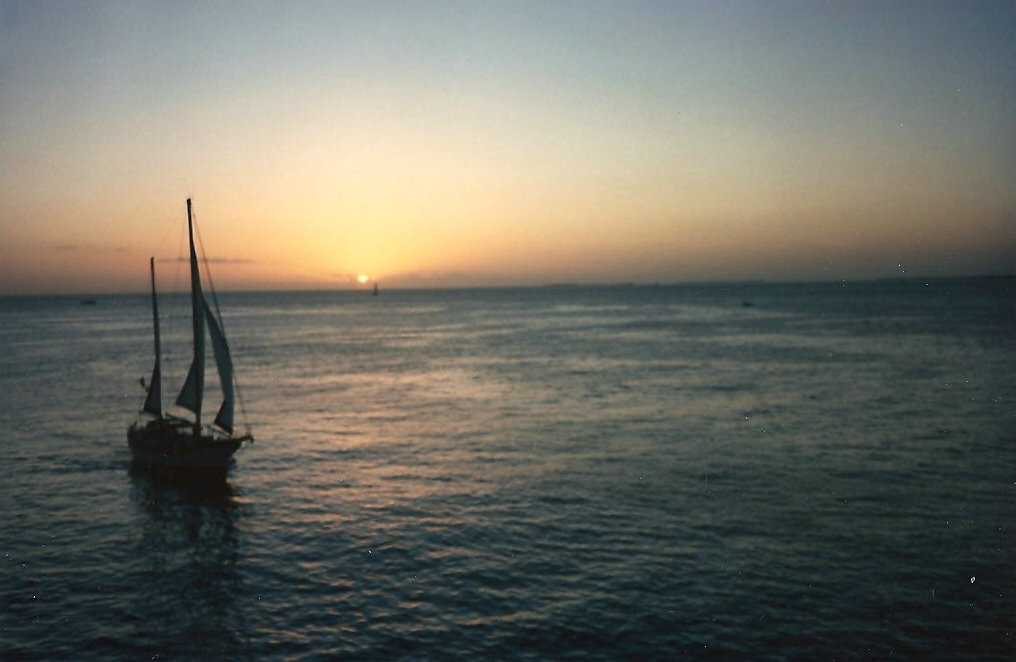
Beautiful Sunset from Mallory Square, Key West
United States, Florida: Walt Disney World
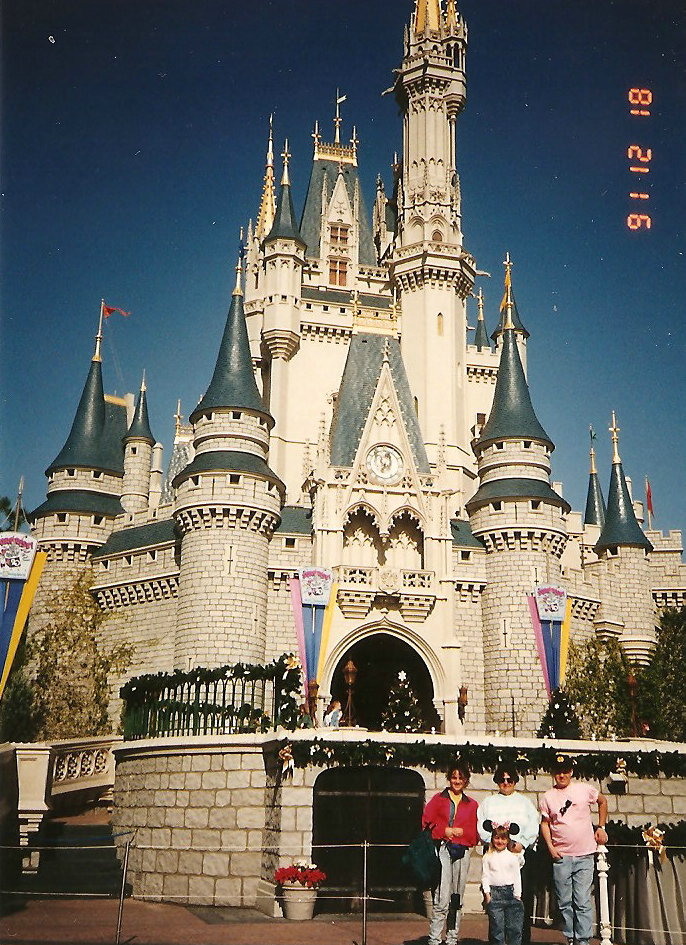
The Magic Kingdom
United States, Hawaii: Diamond Head
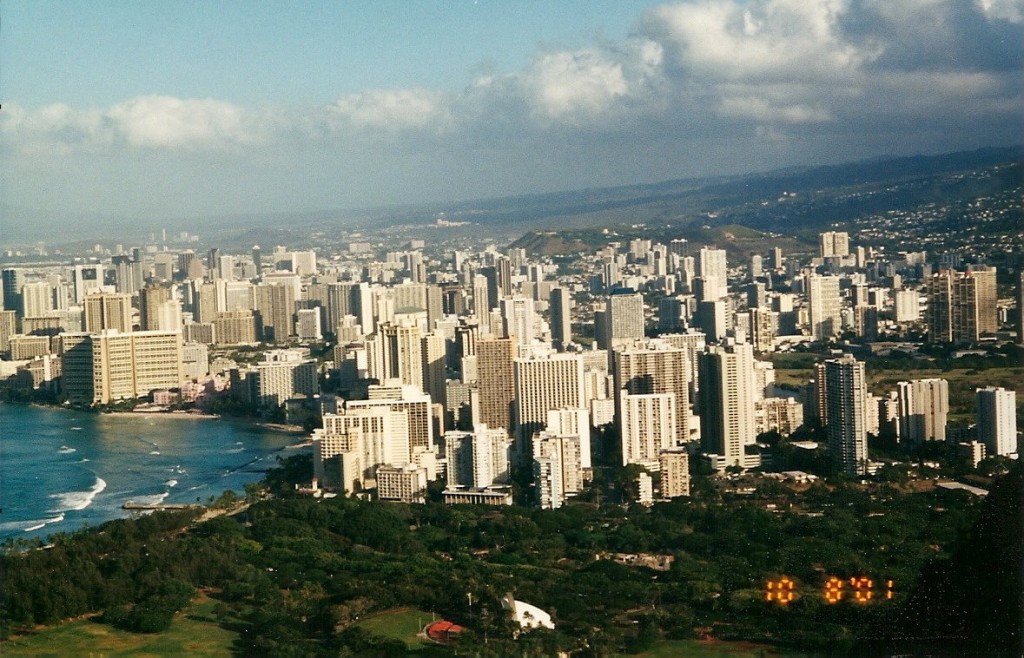
The Hike is Worth the View
United States, Hawaii: Pearl Harbor
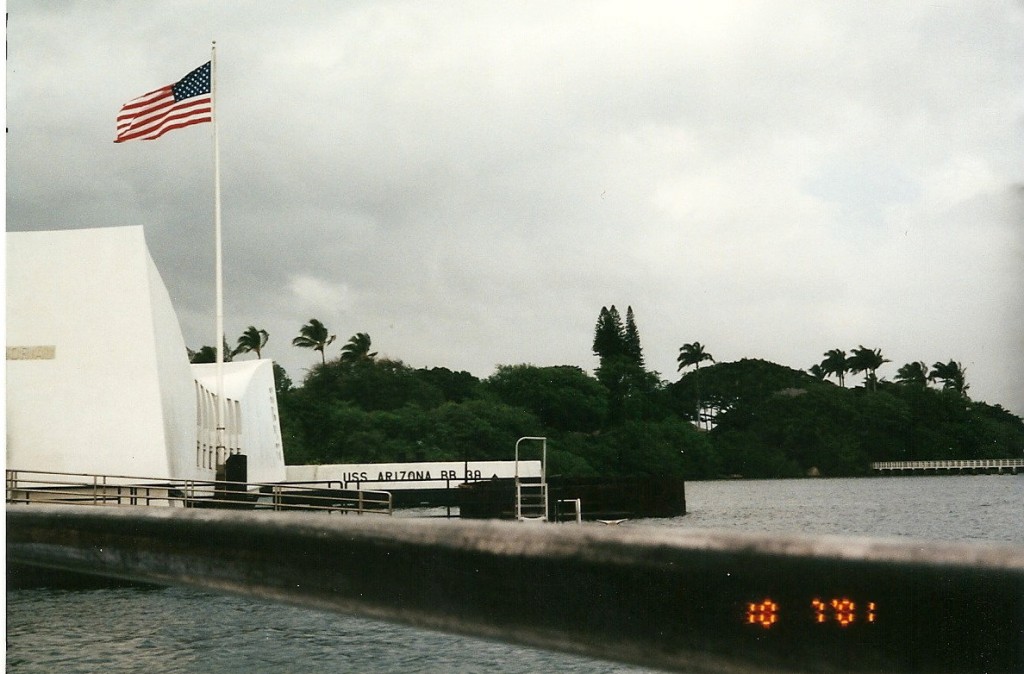
USS Arizona Memorial
United States, Hawaii: Hanauma Bay
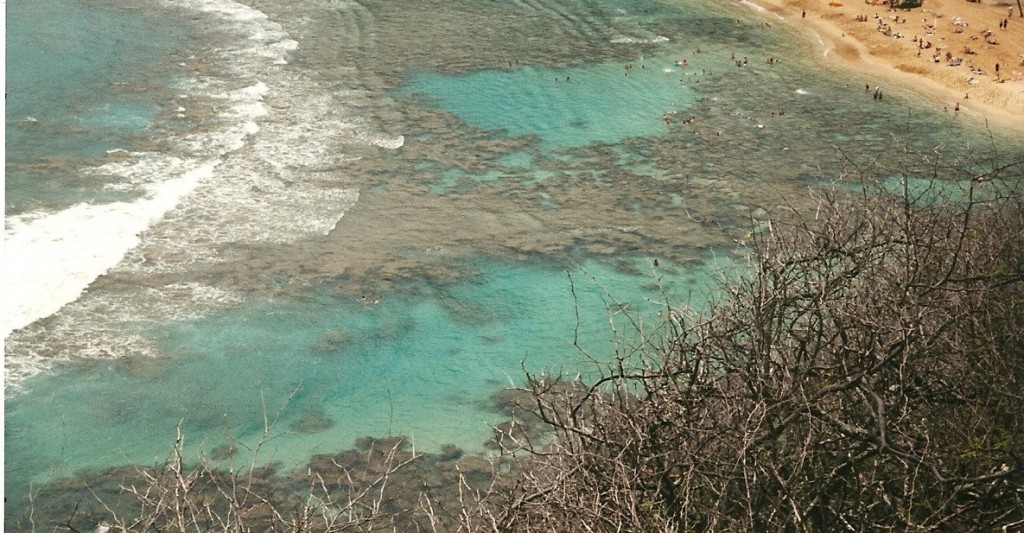
Amazing View of Hanauma Bay
United States, Hawaii: Hawaii Volcanoes National Park
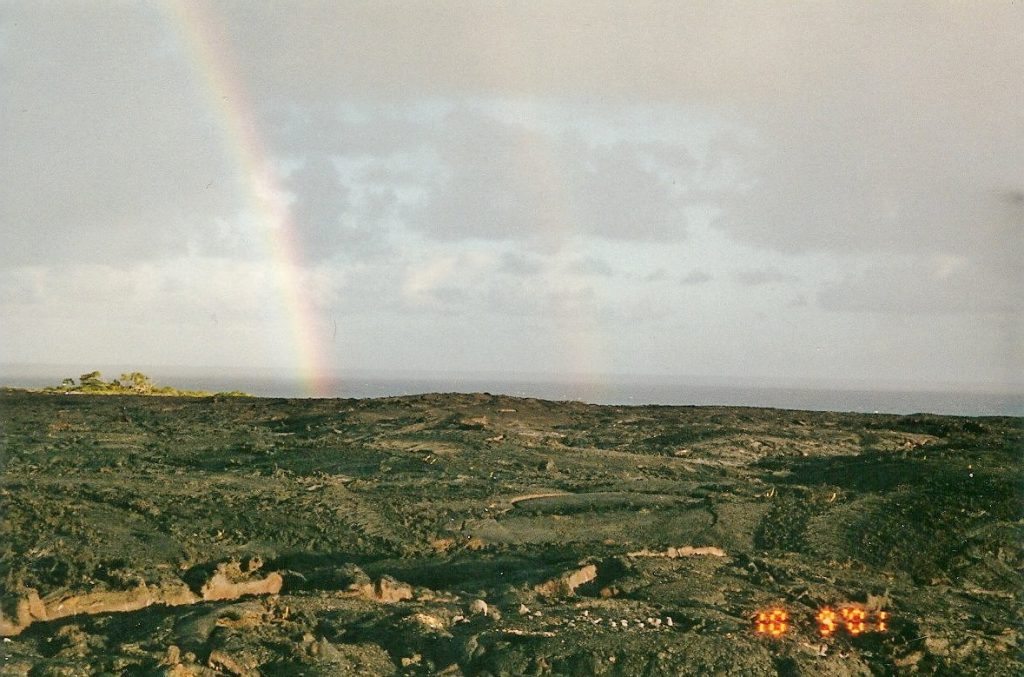
Exploring Hawaii’s Volcanoe National Park
Hawaiian Luau

Enjoying the Luau at the Polynesian Cultural Center
The Epic Kauai Experience

The Gorgeous Landscape of Kauai
United States, Illinois: Chicago
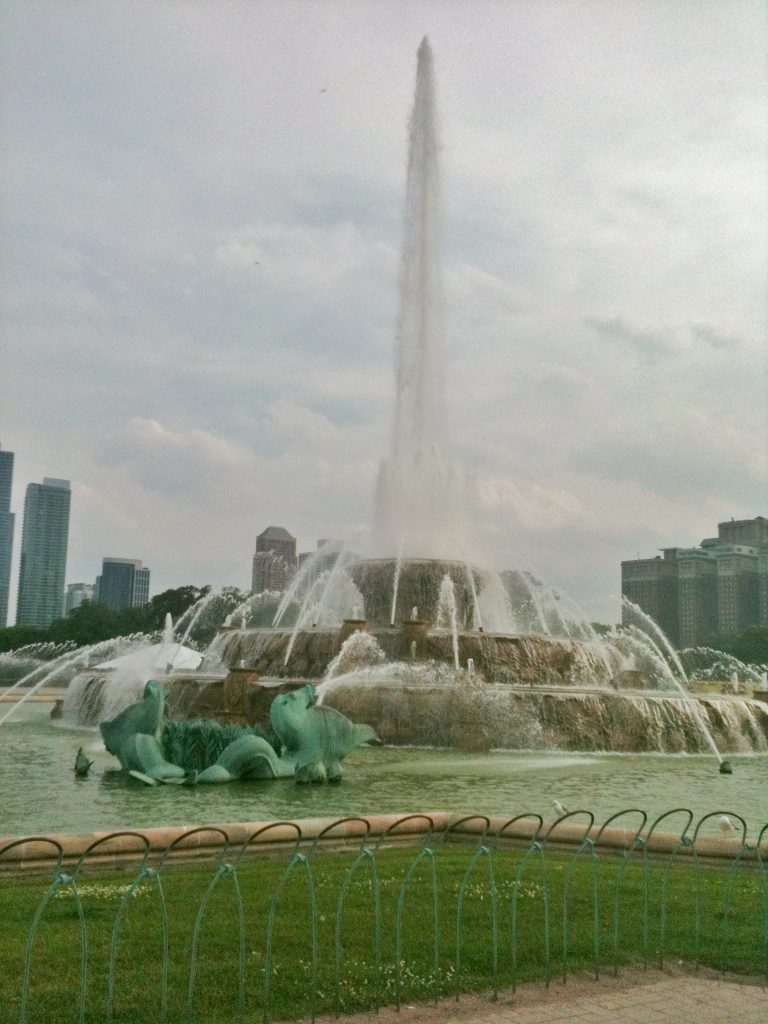
Chicago Fountain, Illinois
United States, Louisiana: New Orleans
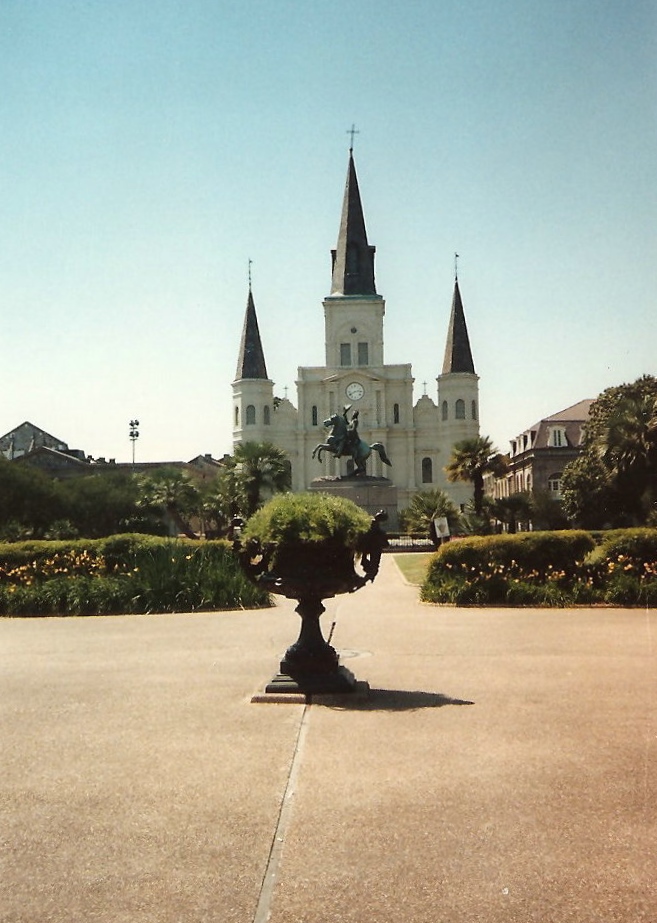
Jackson Square, New Orleans
United States, Michigan: Hale

Arriving in Michigan – The Start of our Vacation
United States, Michigan, Hale: 1st Day of Vacation
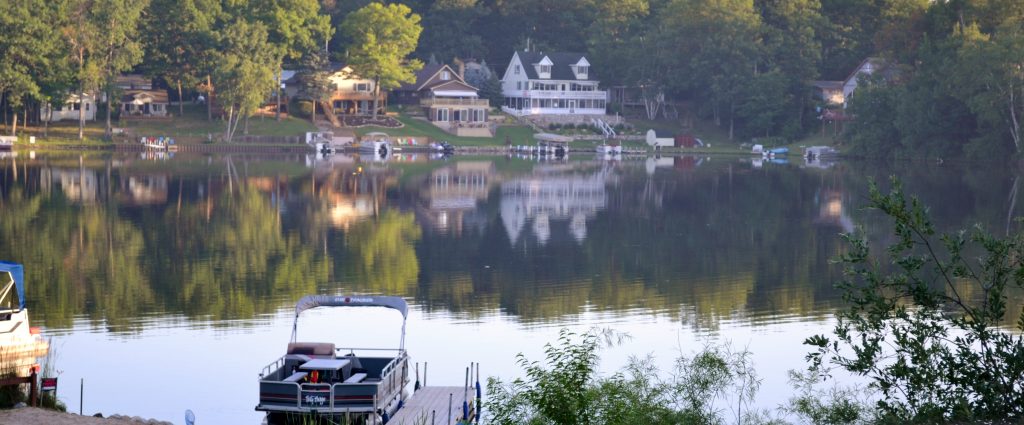
The View from Our Vacation Rental
United States: Michigan
Mackinac Island

Shepler’s Ferry
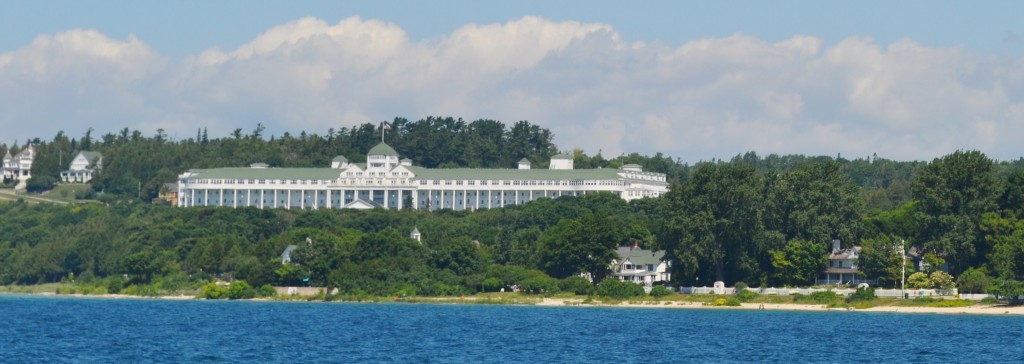
A View of the Grand Hotel from the Ferry
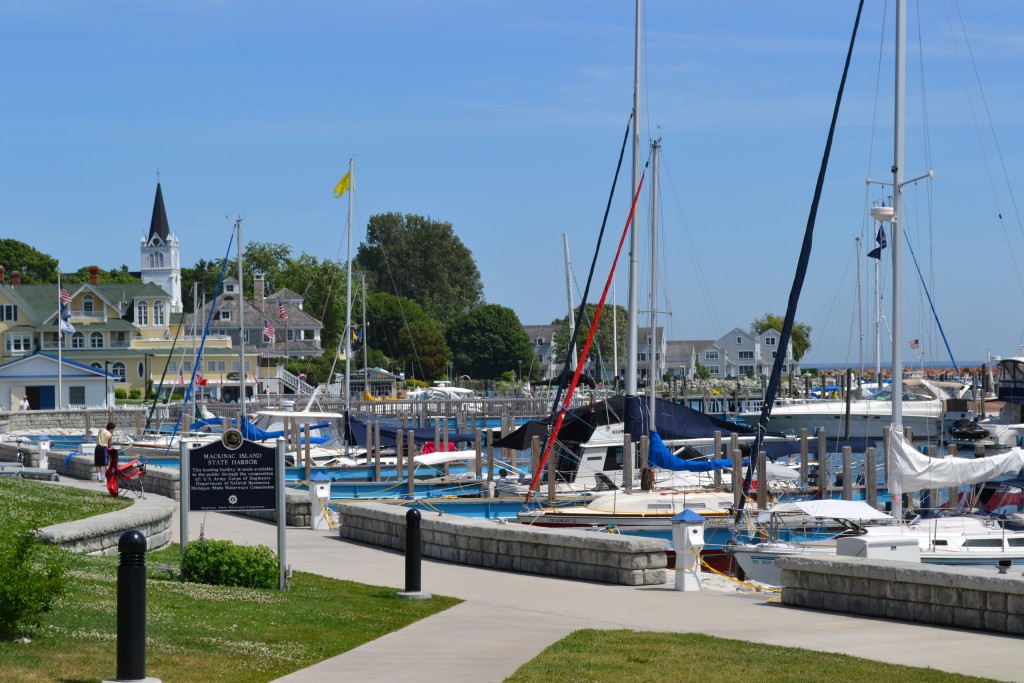
Mackinac Island Harbor
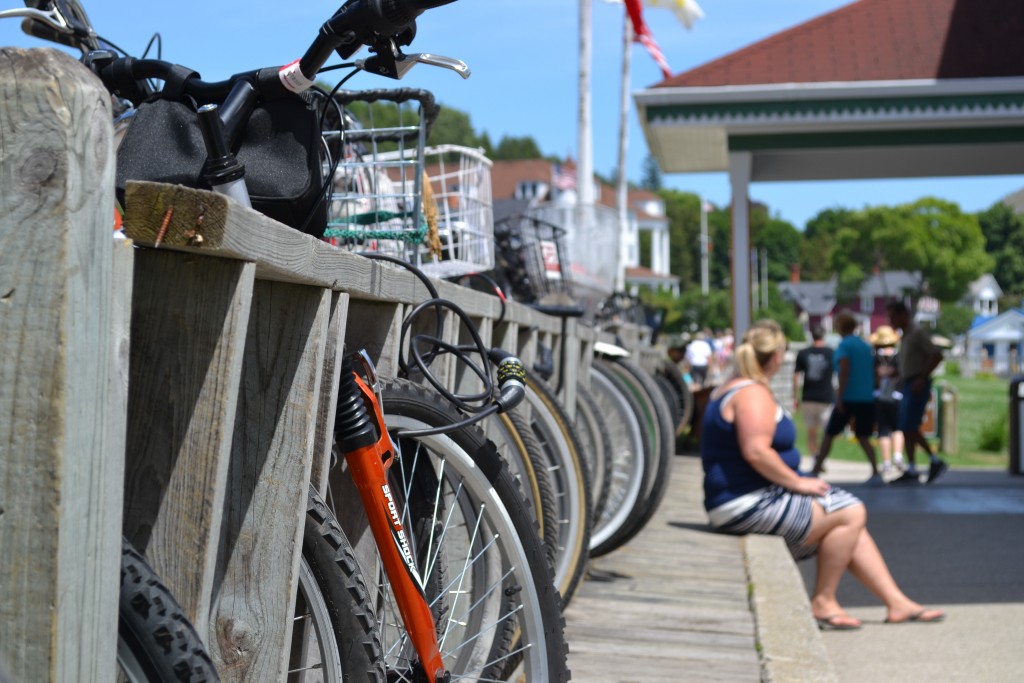
Bike Rentals on Mackinac Island
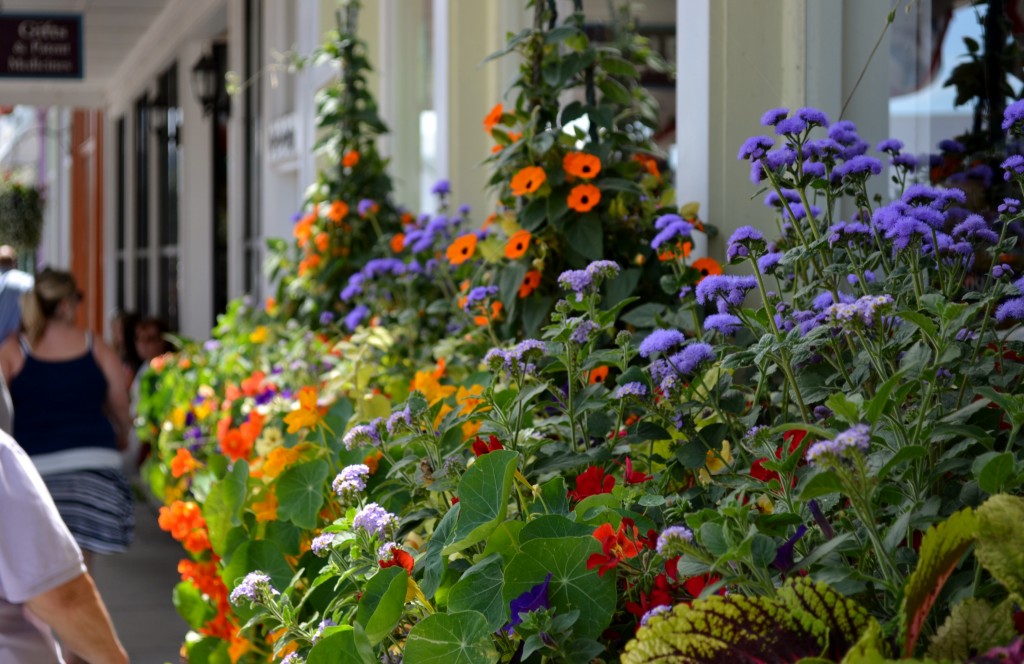
Beautiful Flowers in the Shopping District of Mackinac Island

Transportation to the Grand Hotel
United States, North Carolina: Bodie Island
Bodie Island Lighthouse, Outer Banks
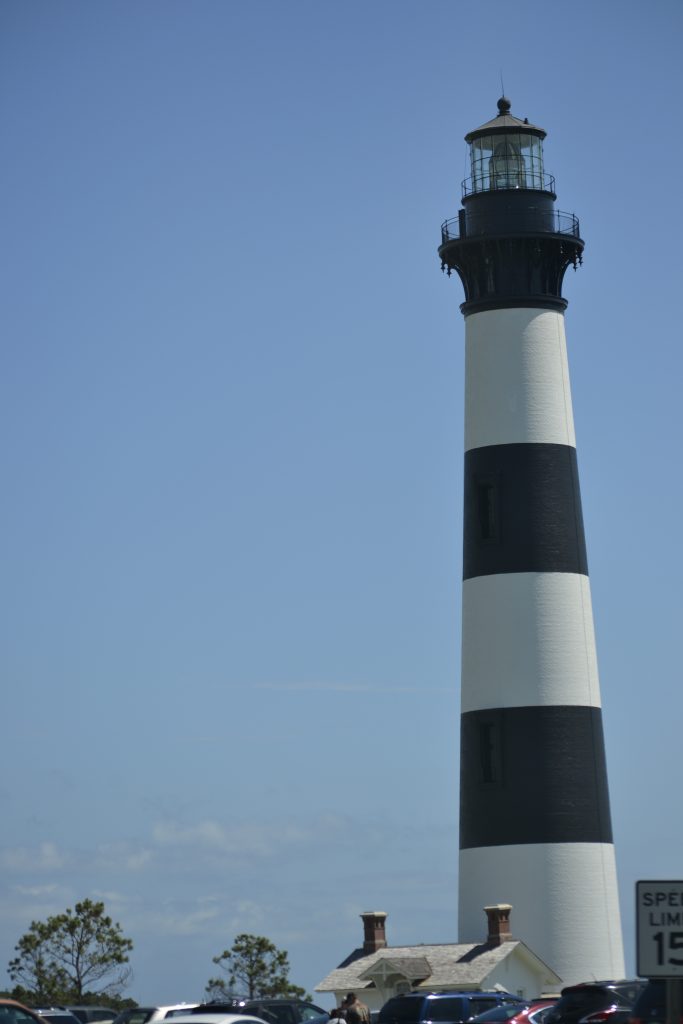
Bodie Island Lighthouse
United States, North Carolina: Carolina Beach
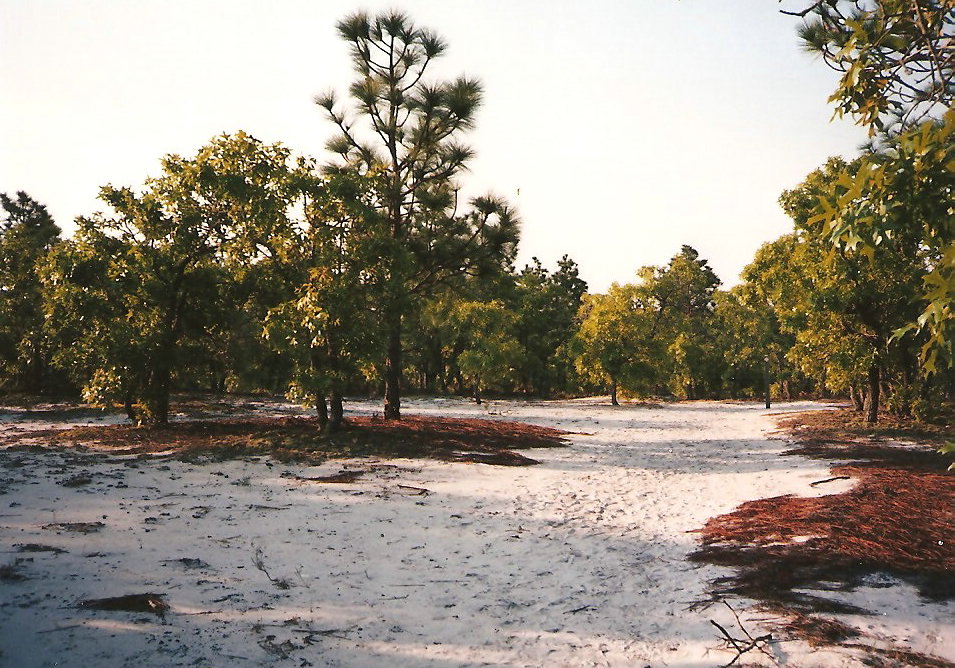
Choosing our Campsite
Currituck Heritage Park, Corolla

Currituck Heritage Lighthouse
United States, Ohio: Conkle’s Hollow Gorge Trail

Exploring the Gorge
United States, Ohio: Eagle Sighting at Highbanks
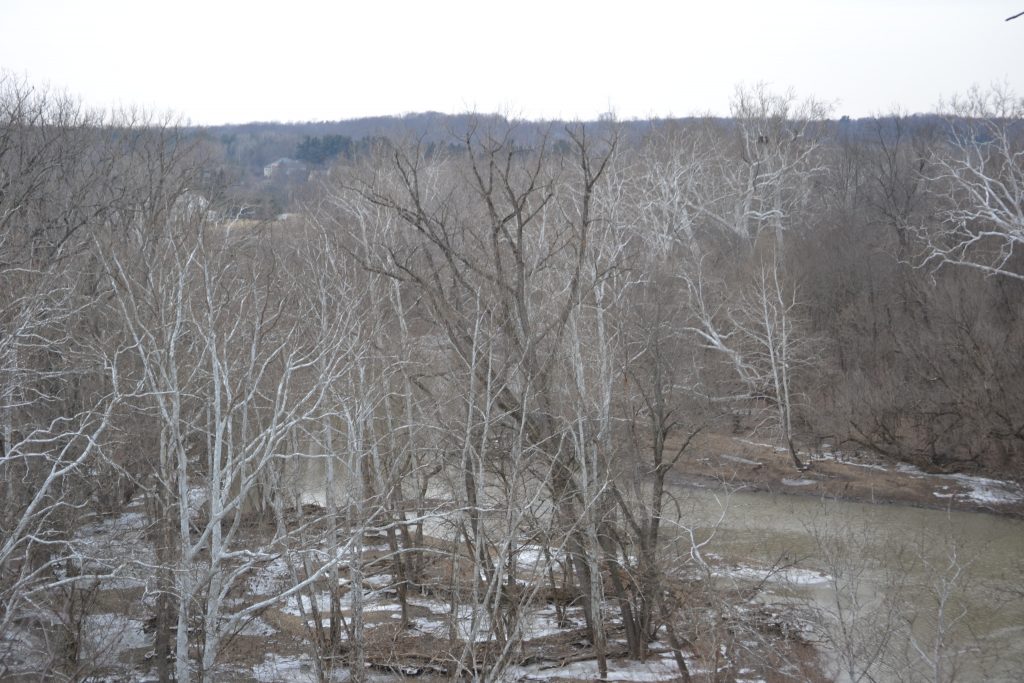
Spending the Afternoon Searching for Eaglets
United States, Ohio: Marietta
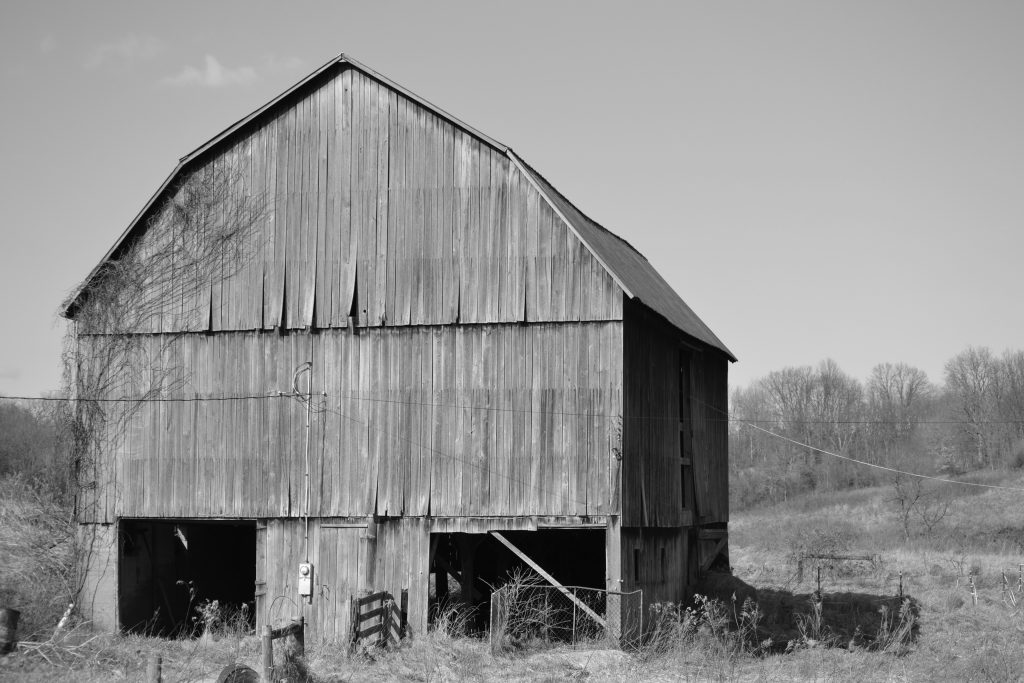
Road Trip to Marietta
United States, Ohio: Living Word Outdoor Drama
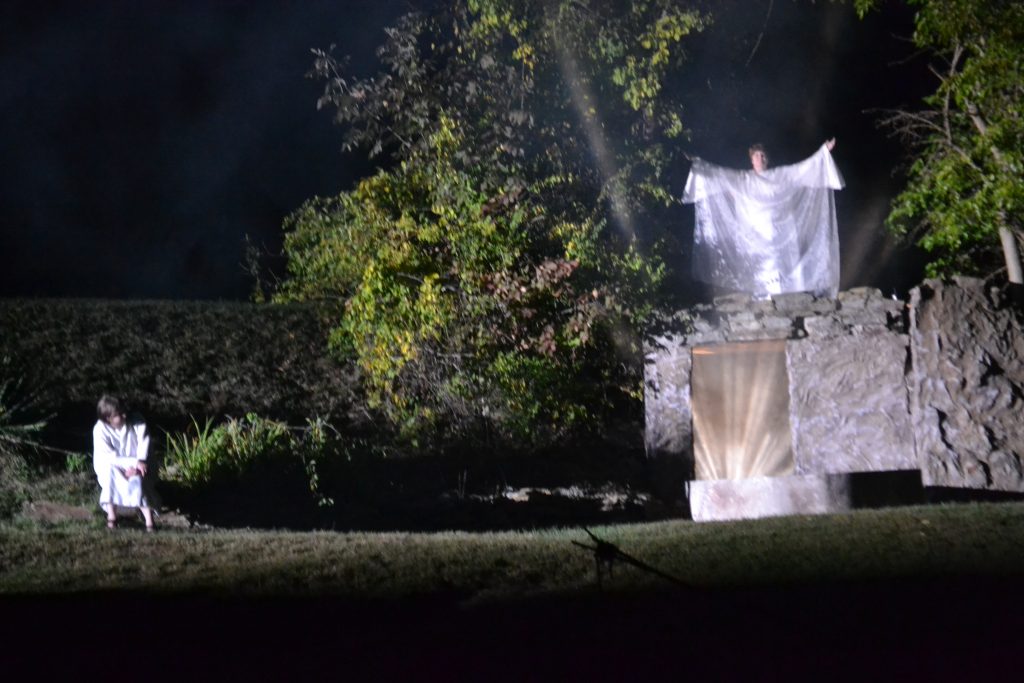
The Resurrection of Jesus
United States, Ohio: Renaissance Festival

Strolling the Medieval Town During the Festival
United States, Ohio: Battelle Darby Creek

A Lovely Winter Hike
United States, Ohio: Living Word Outdoor Drama
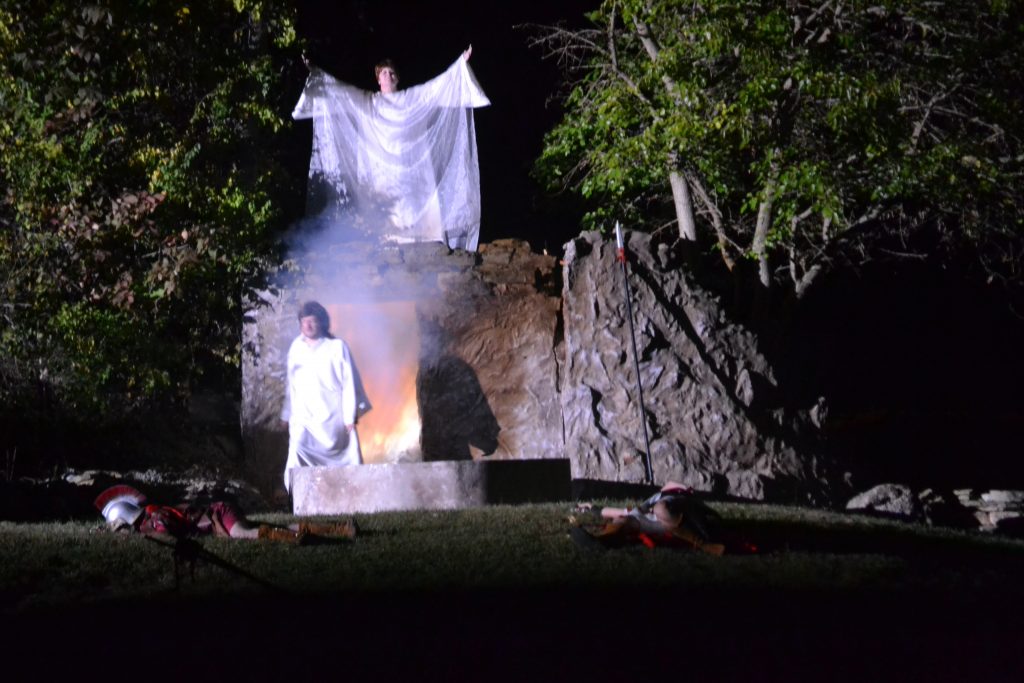
Living Word Outdoor Drama
United States Ohio Christmas:
Columbus: Alum Creek Lights

Drive Thru Christmas Lights
United States: Rhode Island: Cliff Walk
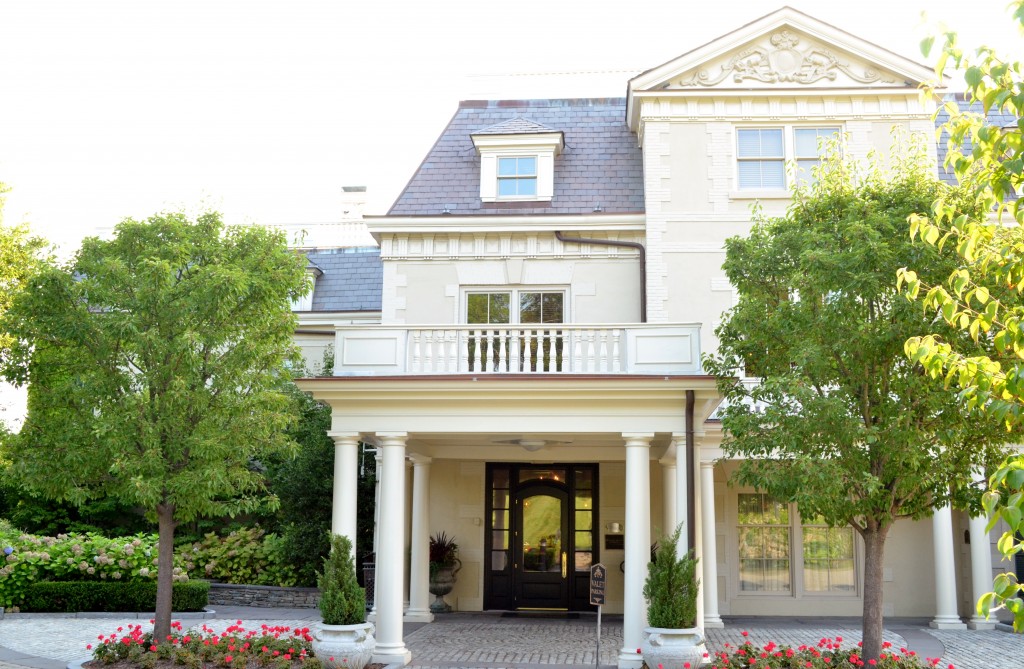
The Chanler in Newport
United States: Sioux Falls, South Dakota
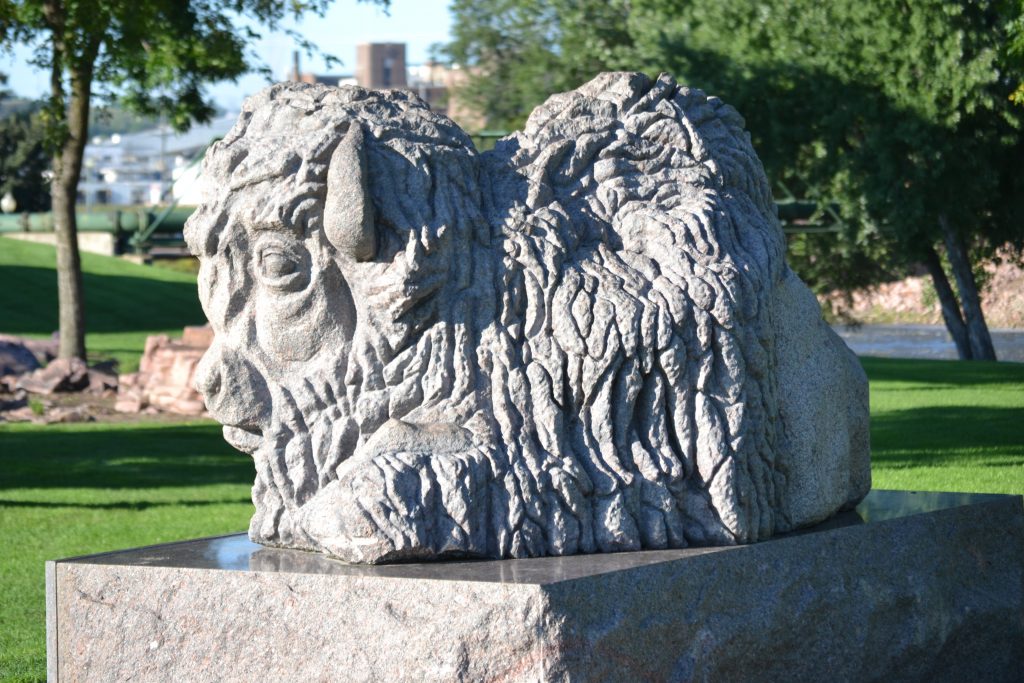
My First Buffalo Sighting
United States, South Dakota: Needles Drive
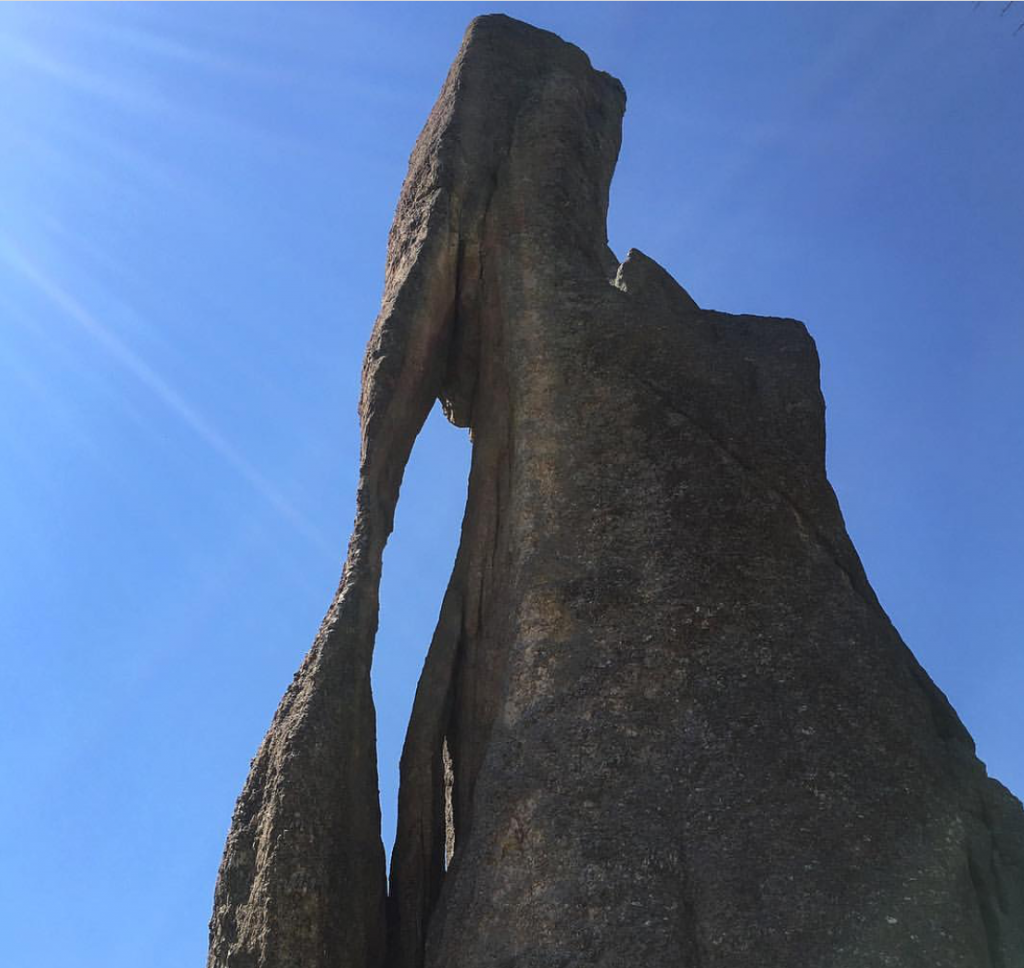
The Needle
United States, South Dakota: Sylvan Lake
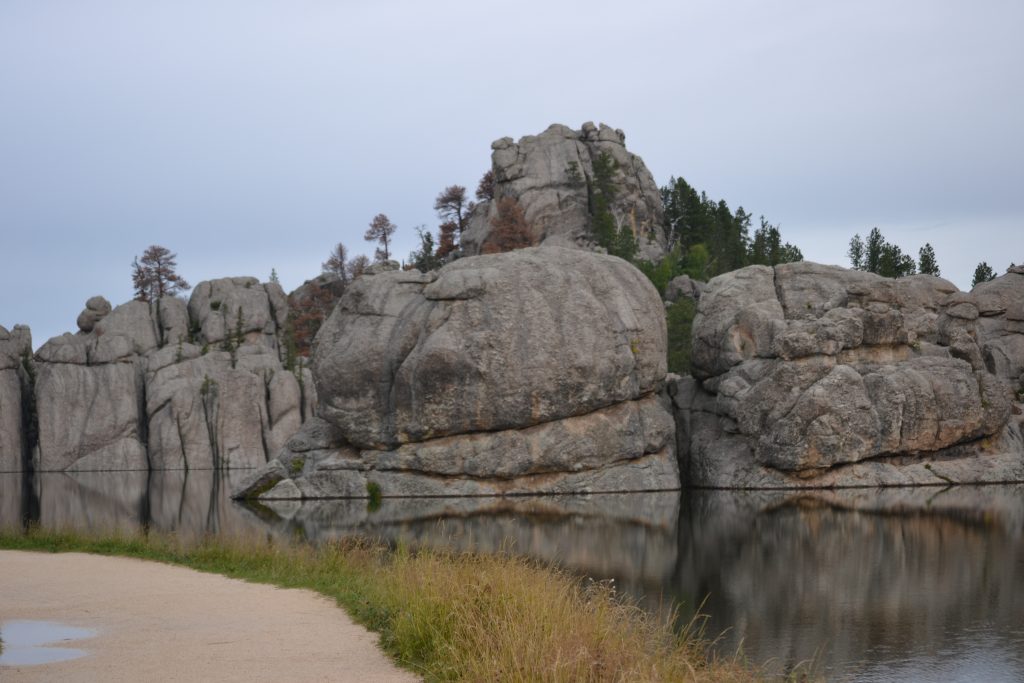
Beautiful Reflections off of Sylvan Lake
United States, South Dakota: Custer Park
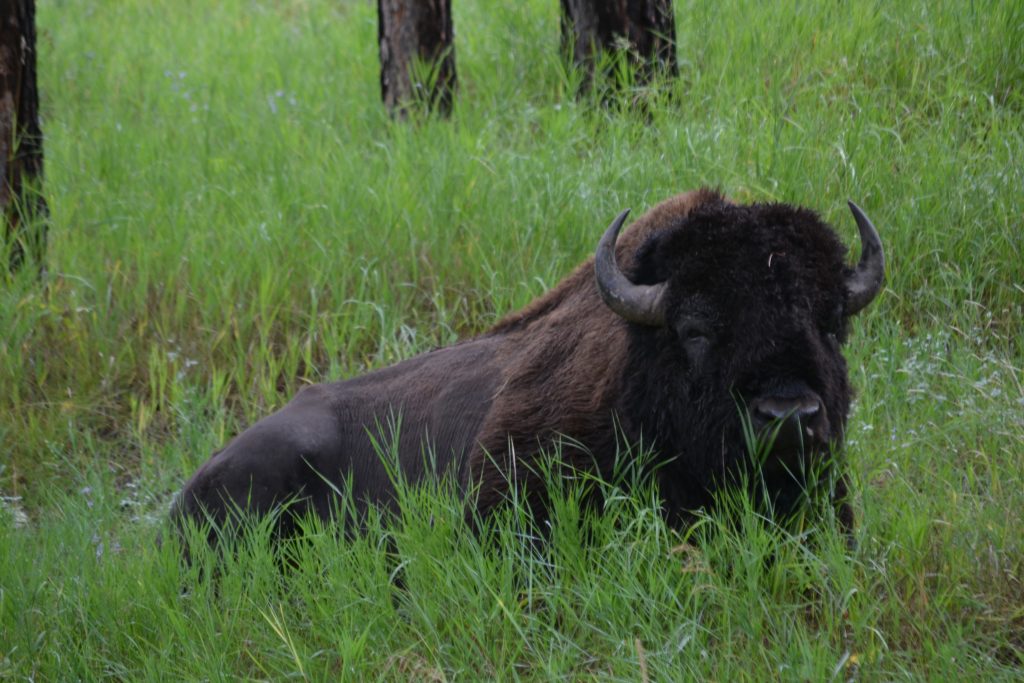
Custer Park’s Wildlife Drive
United States, South Dakota: Yellowstone
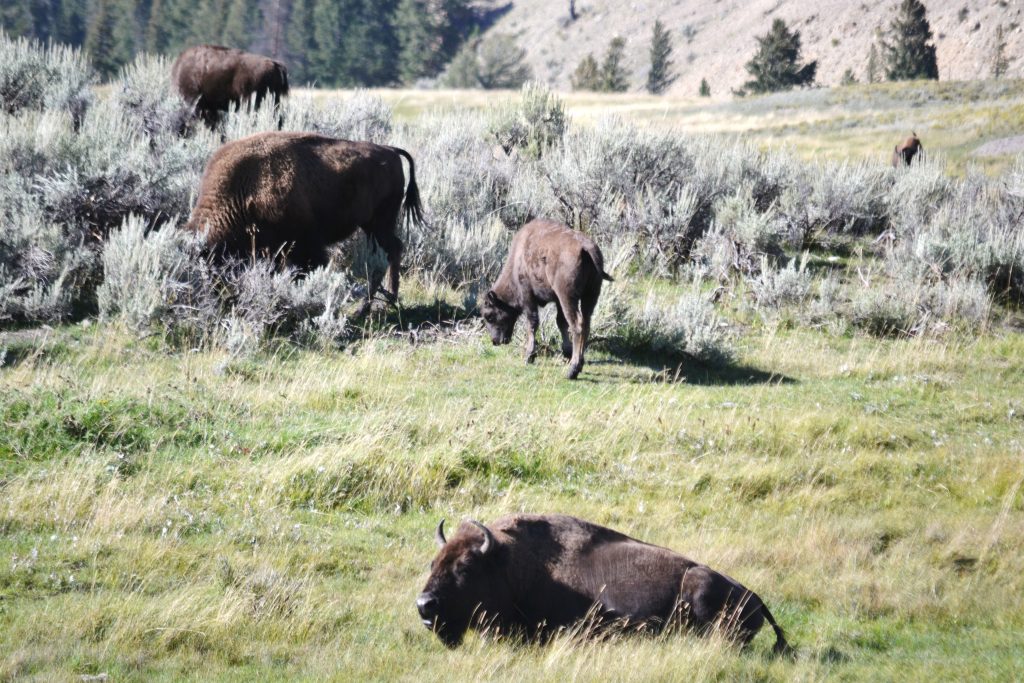
Where the Buffalo Roam
United States, South Dakota: Yellowstone
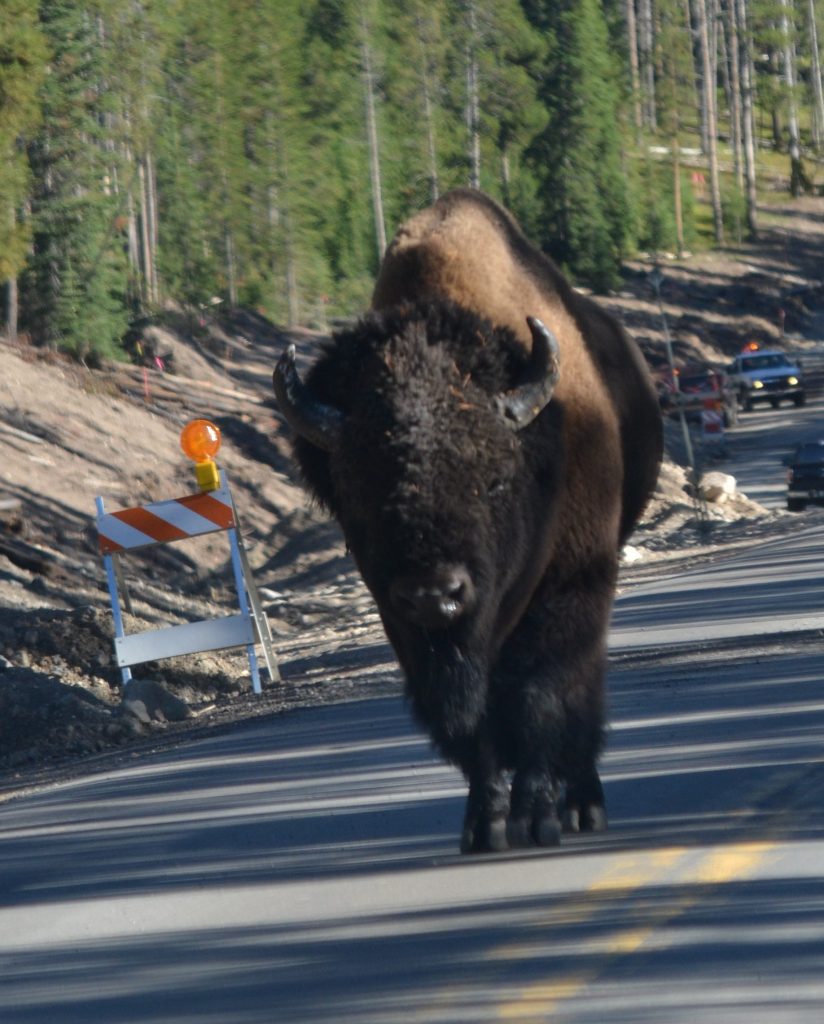
A First Impression of Yellowstone

The Grand Canyon of Yellowstone
United States, Texas: Galveston
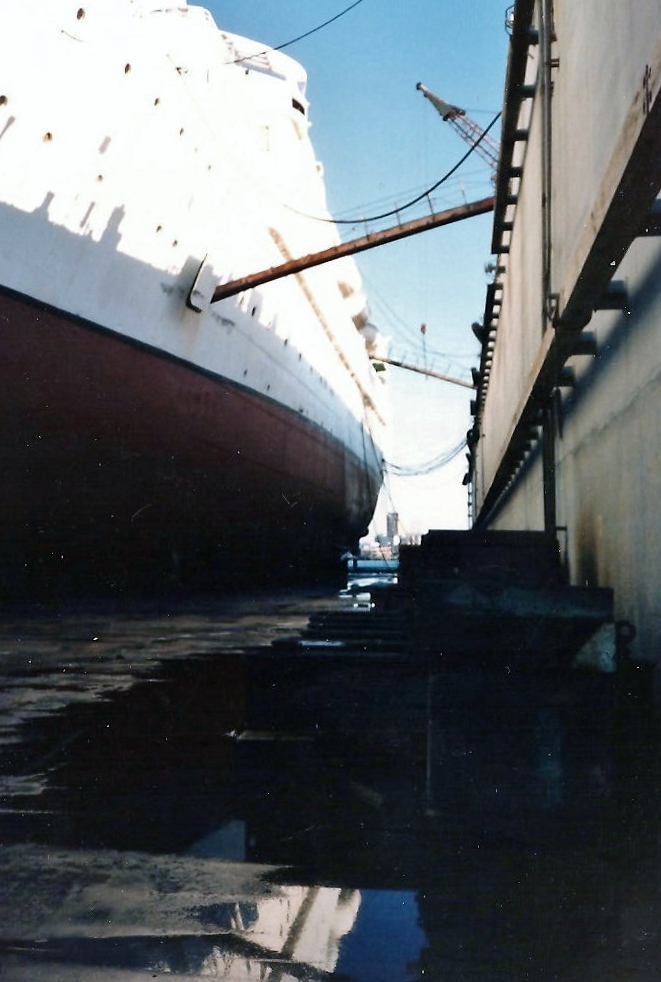
Todd Shipyards, Galveston
United States, Wyoming: Yellowstone
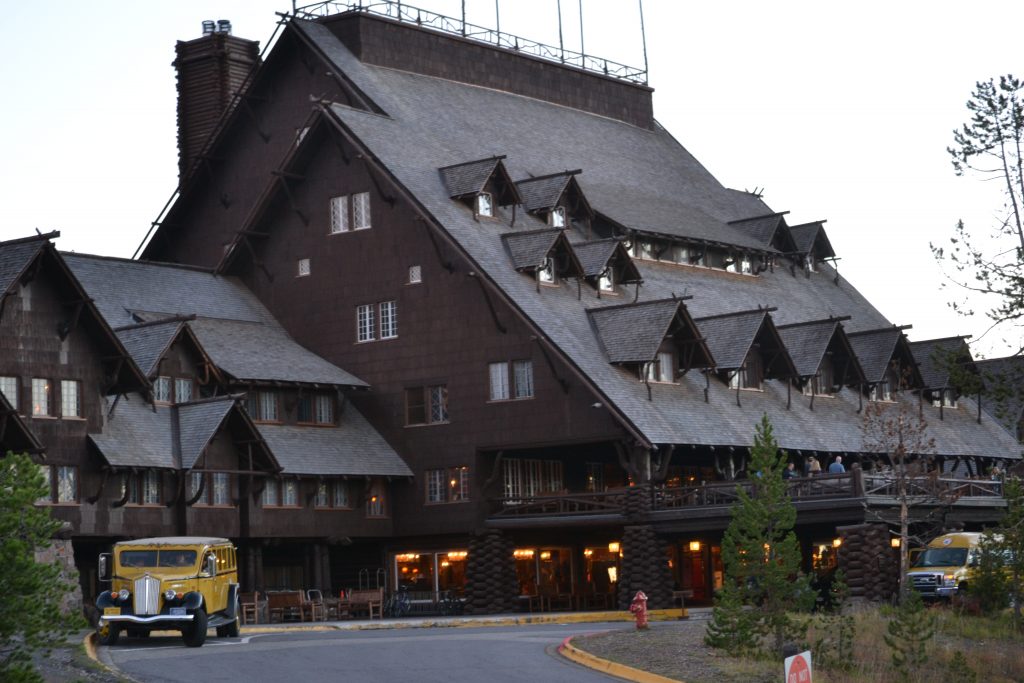 The Grand Lodge at Yellowstone
The Grand Lodge at Yellowstone
Disclosure: Please refer to our blog disclaimer tab for more information.
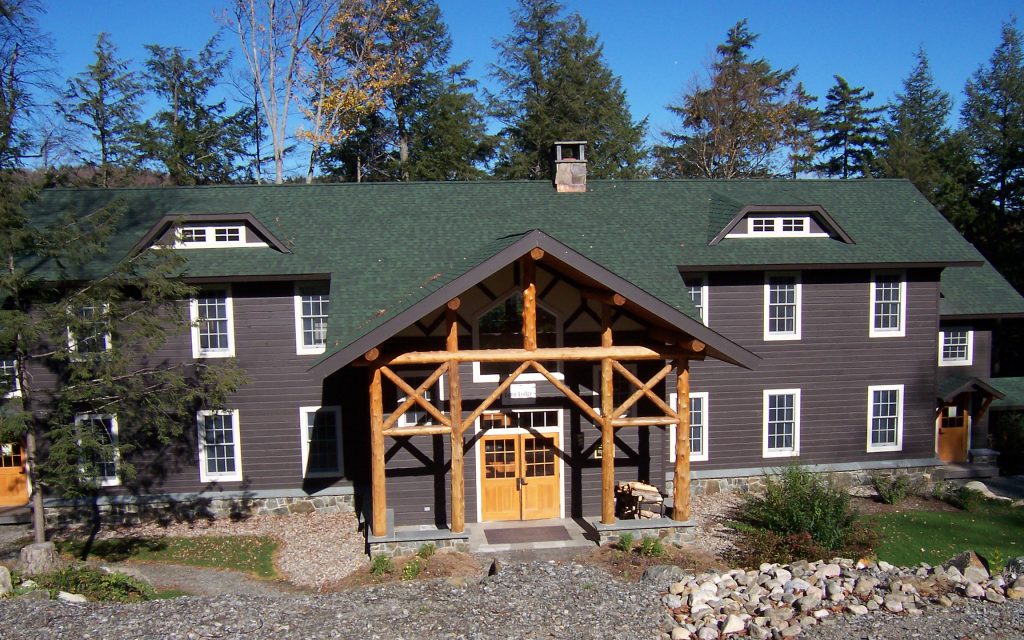
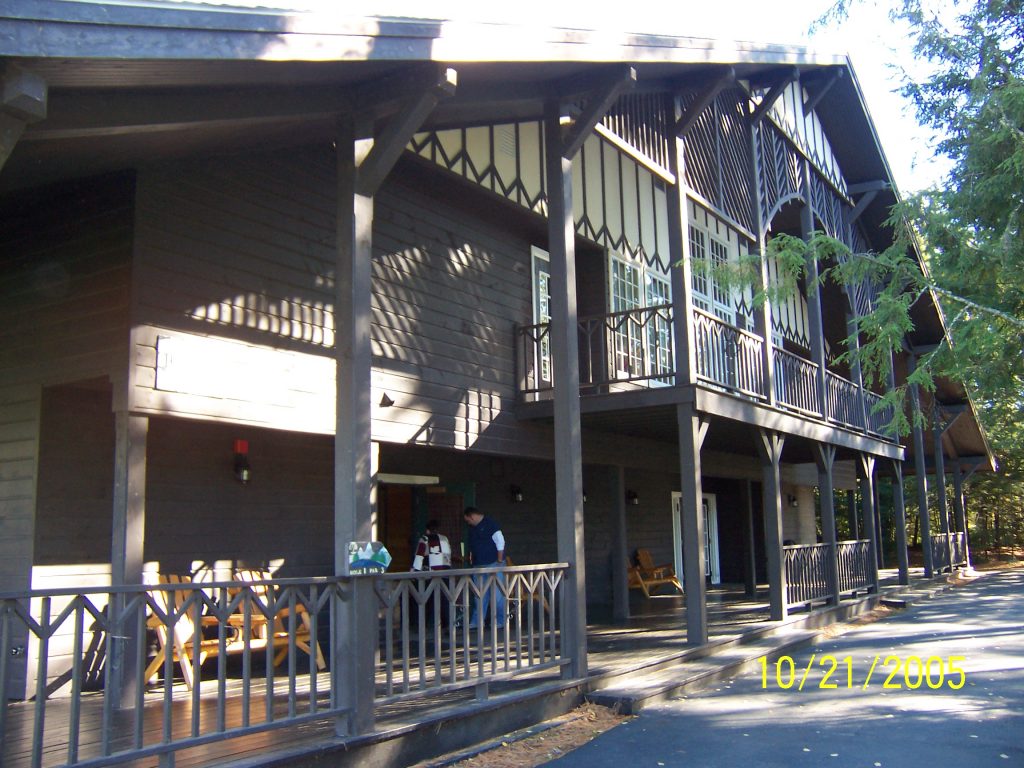
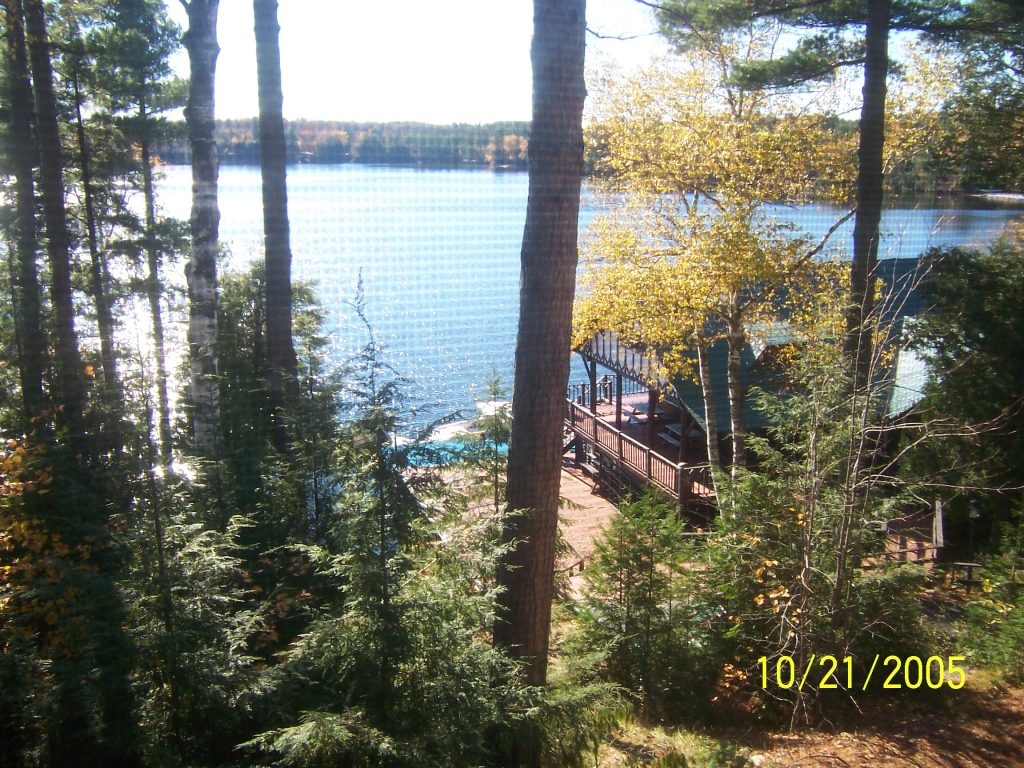
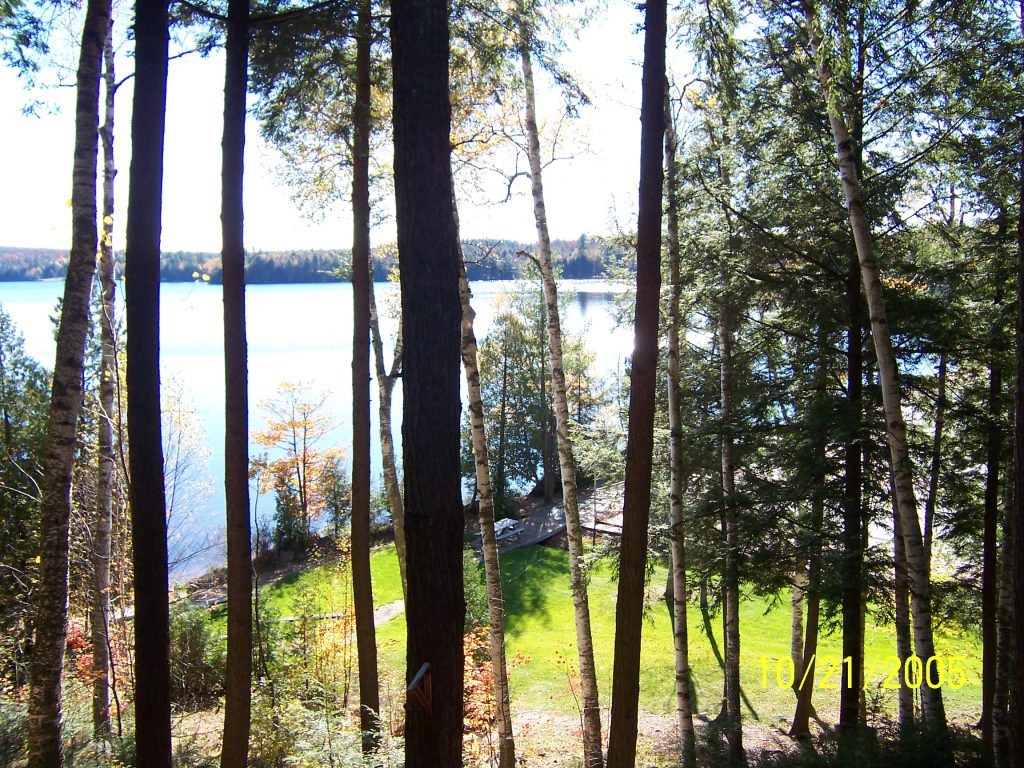
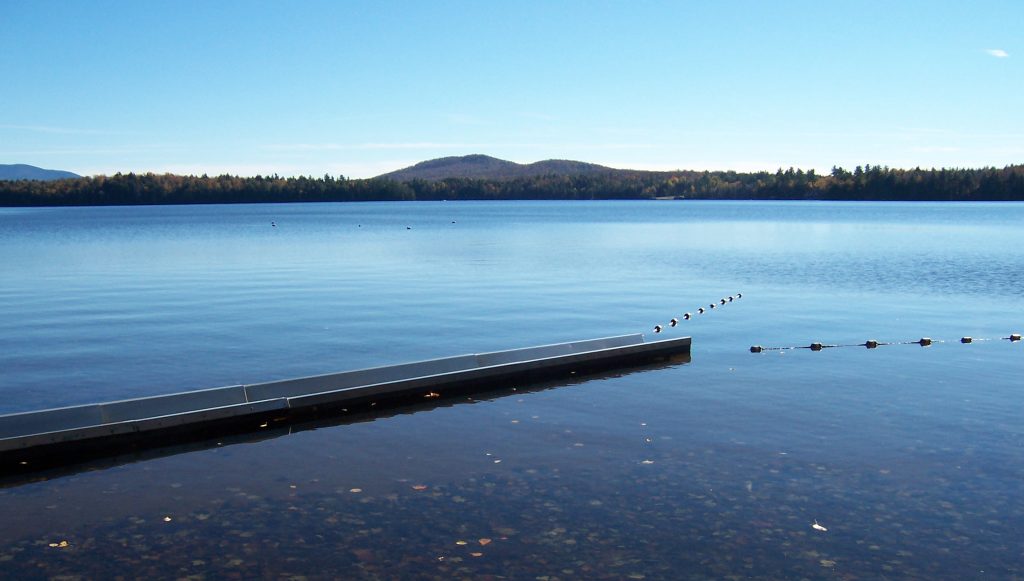
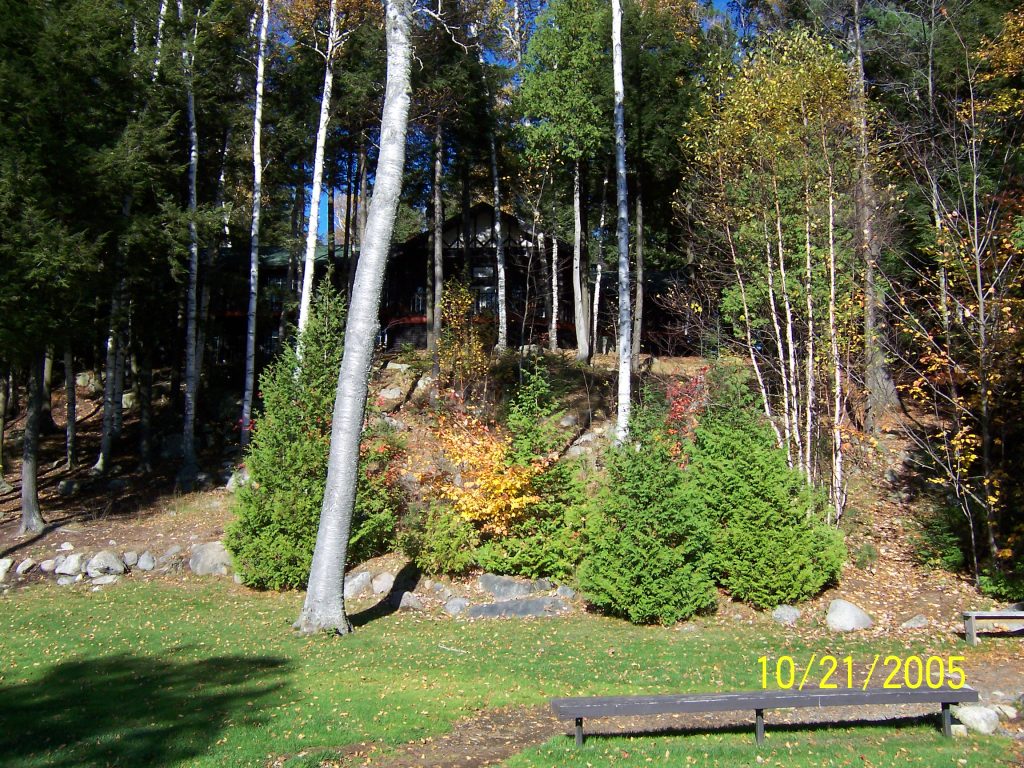
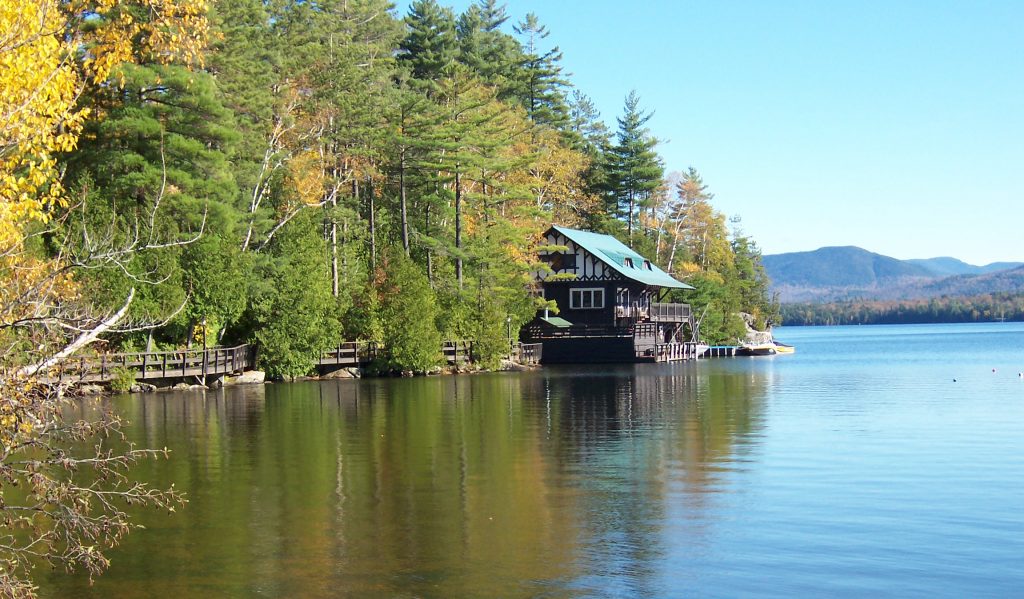
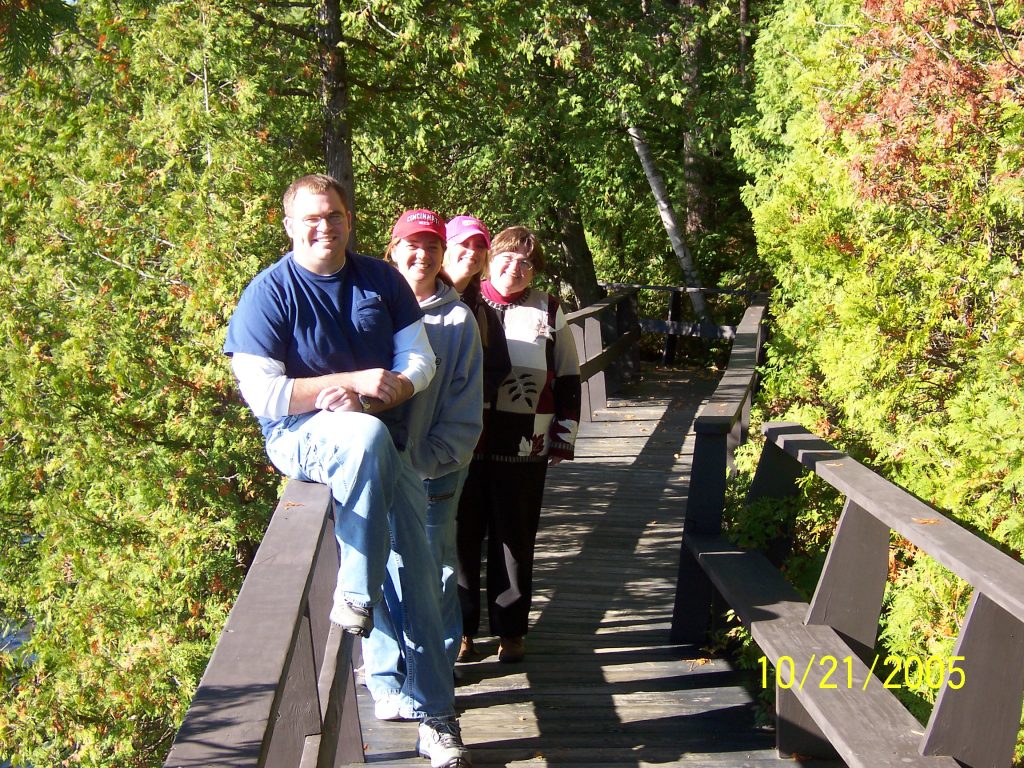
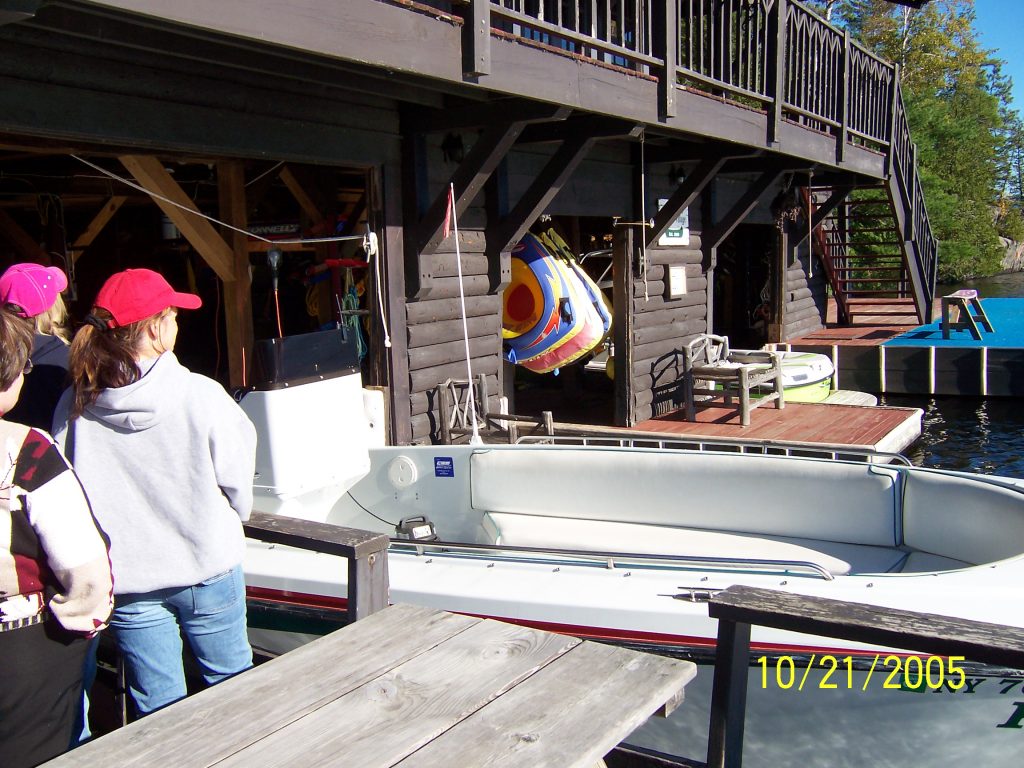
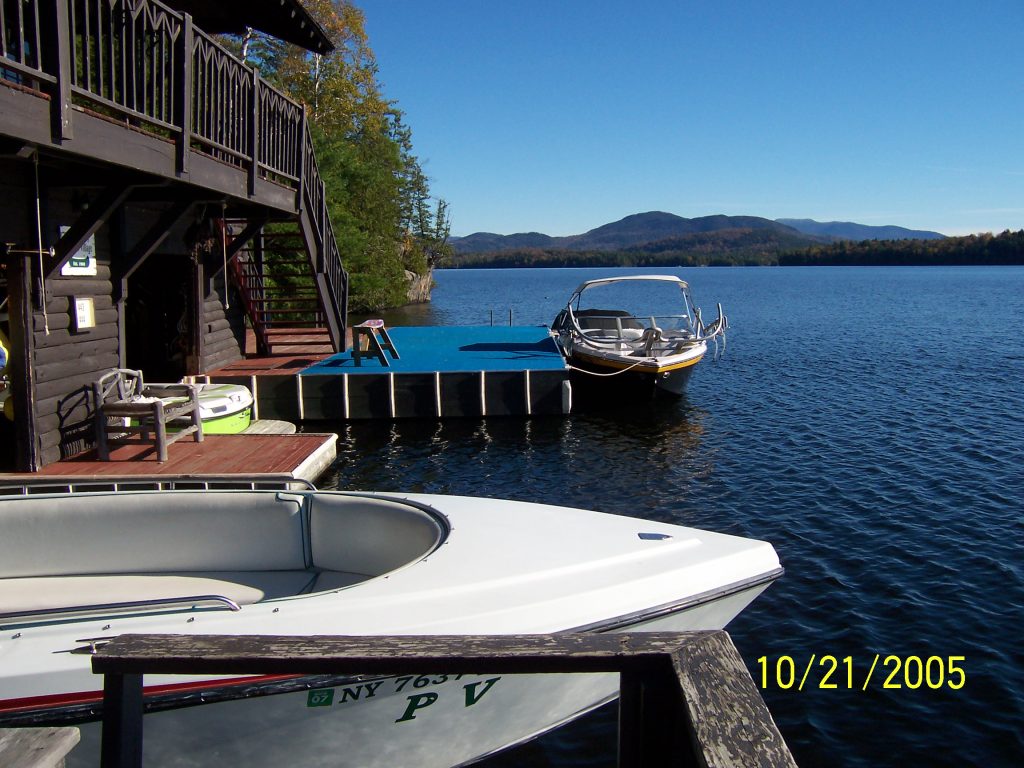
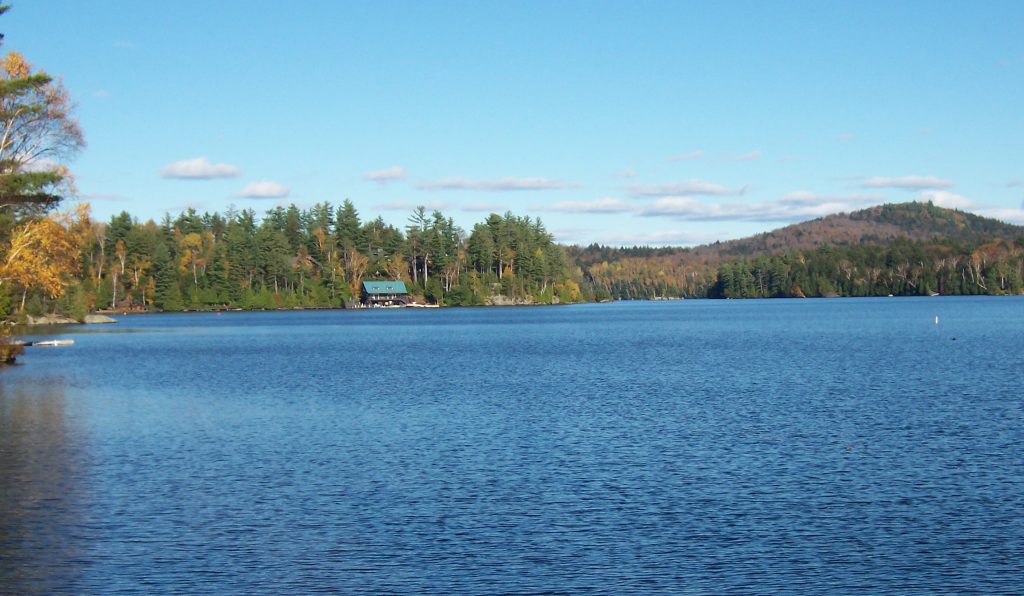
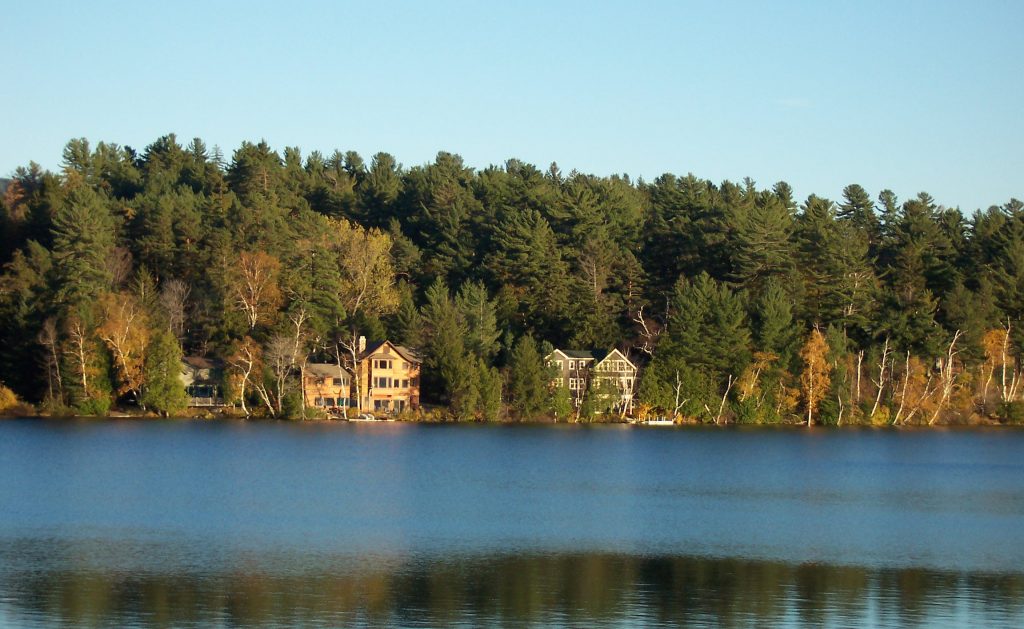
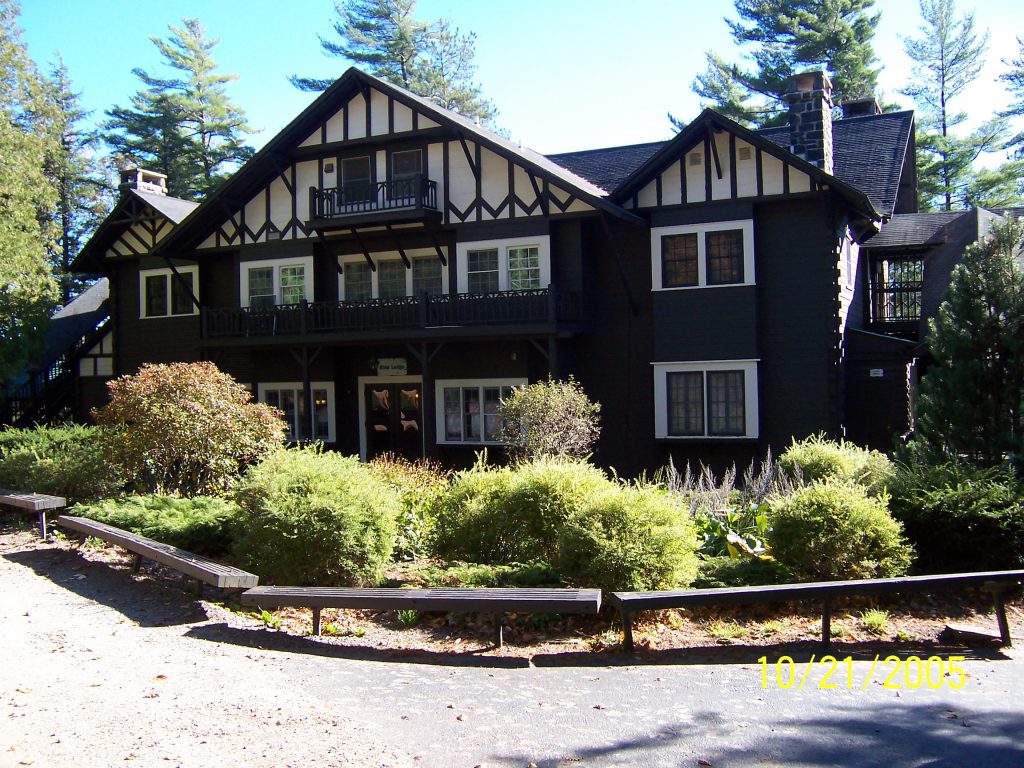
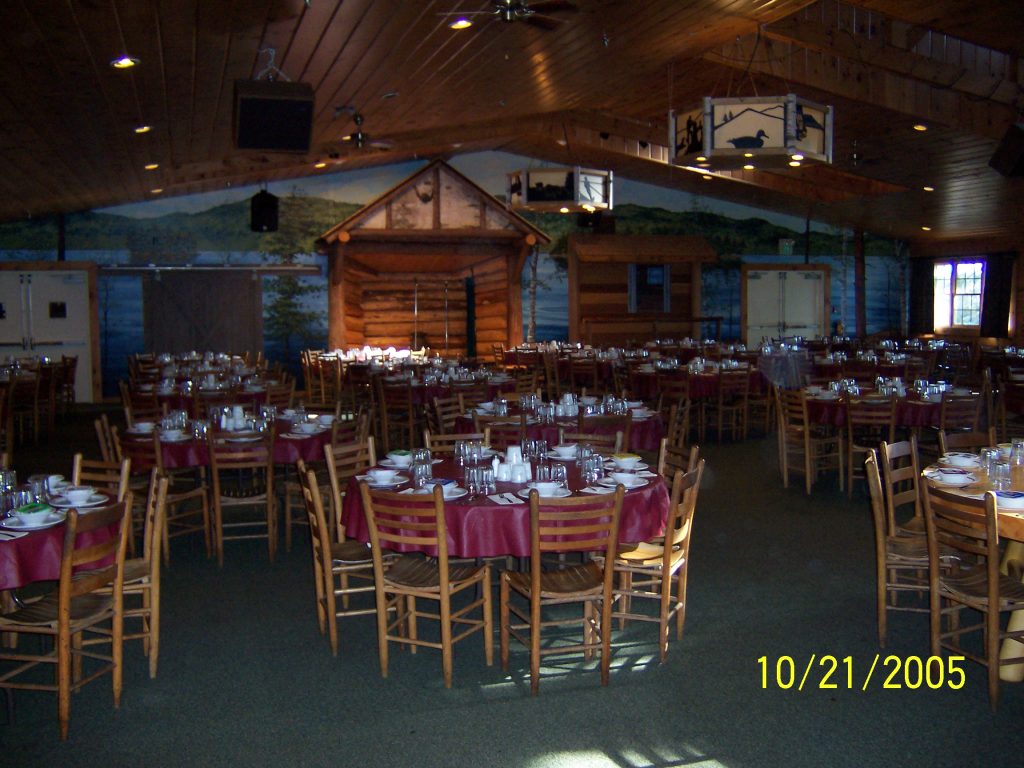
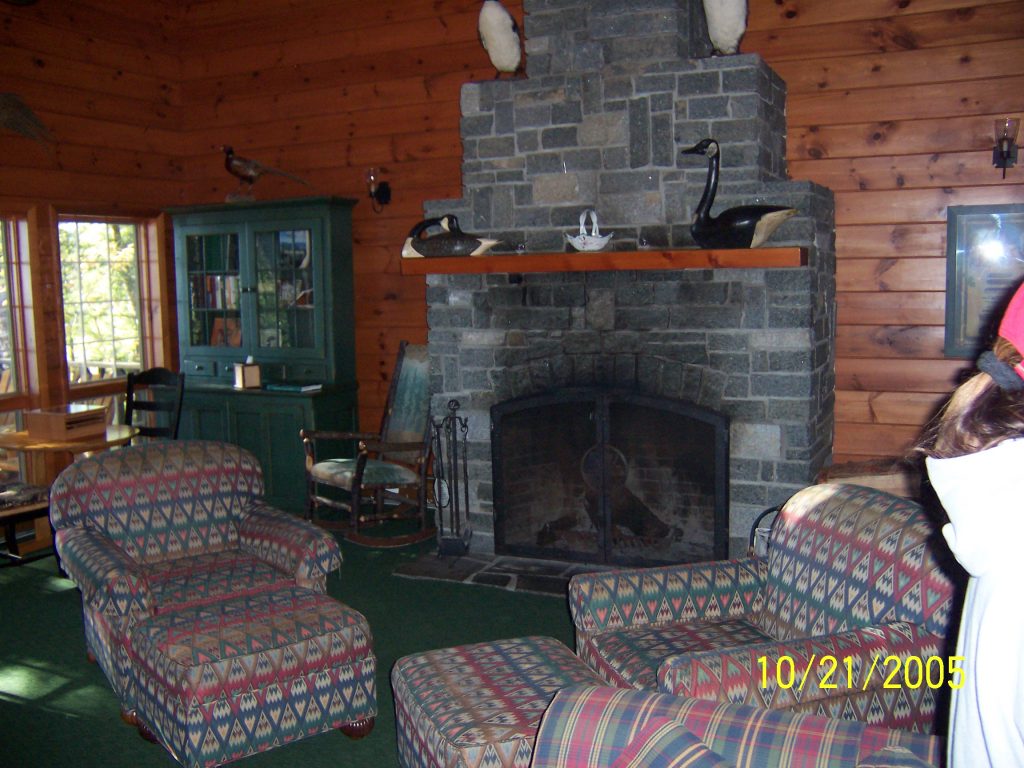
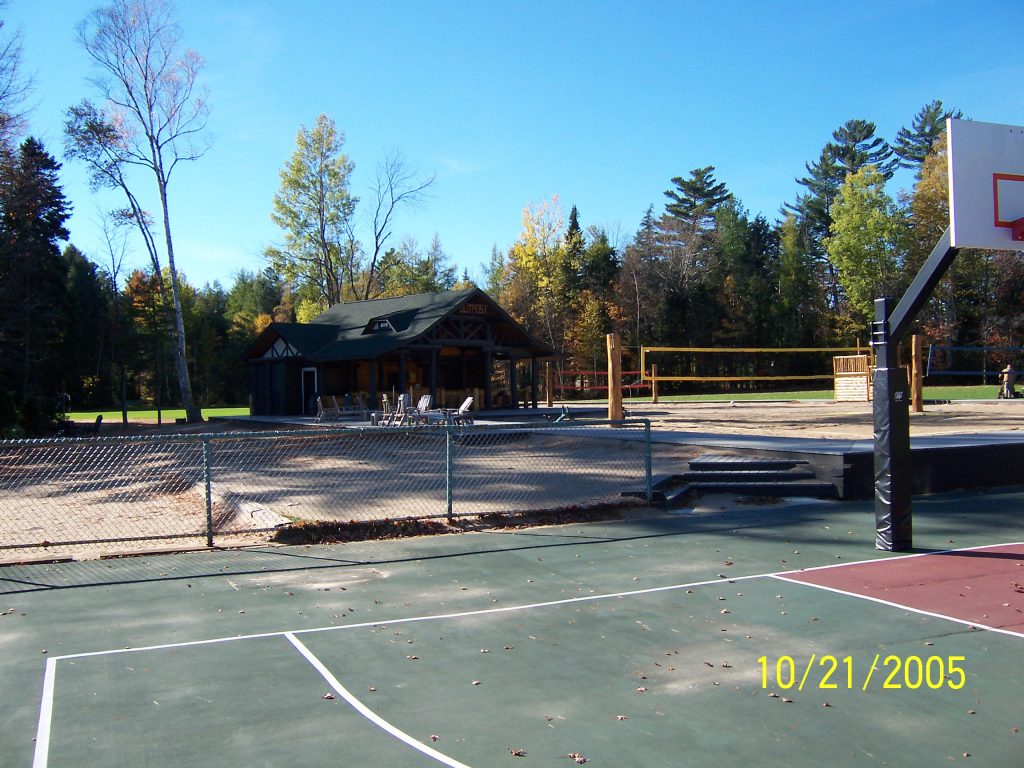
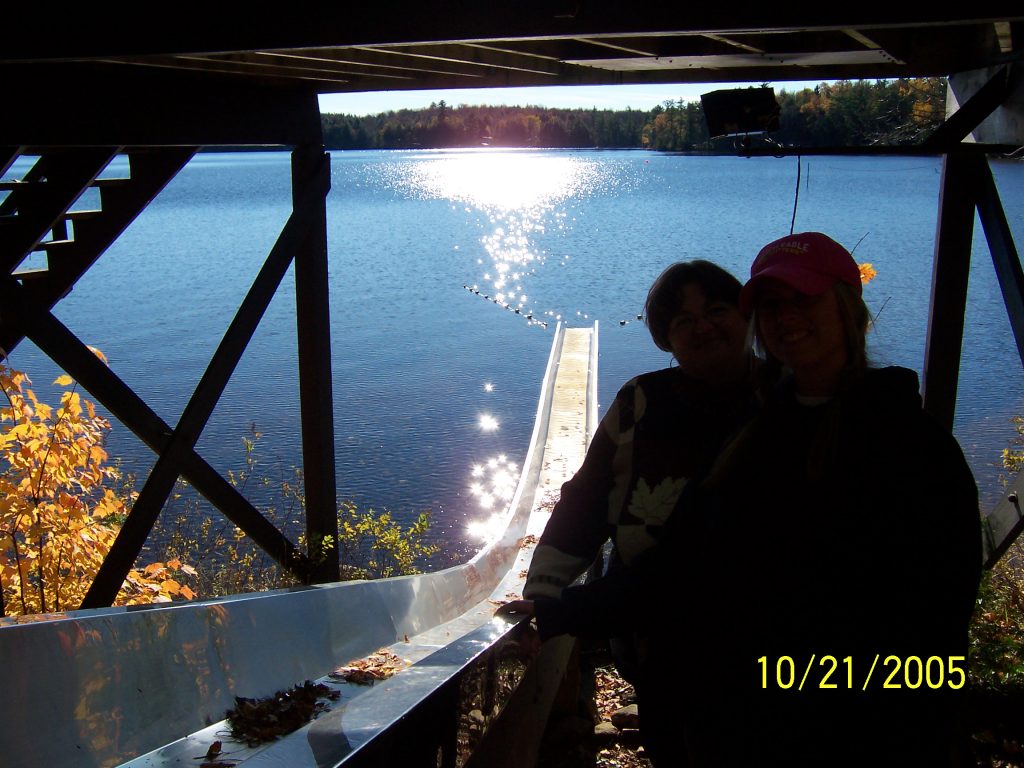
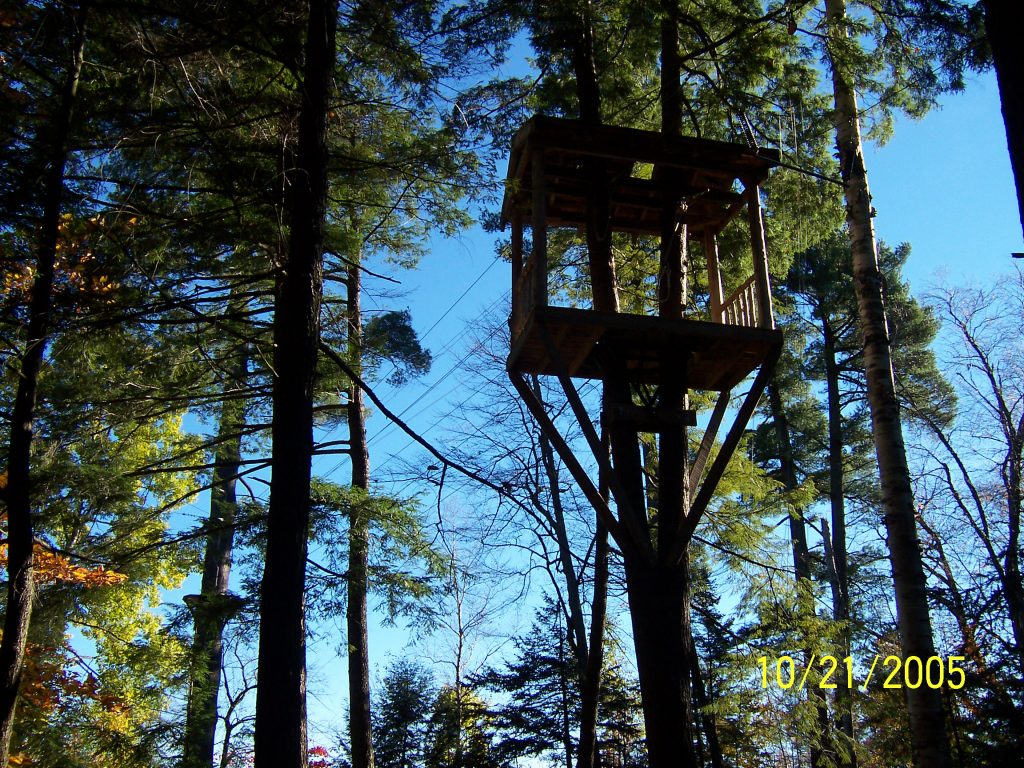
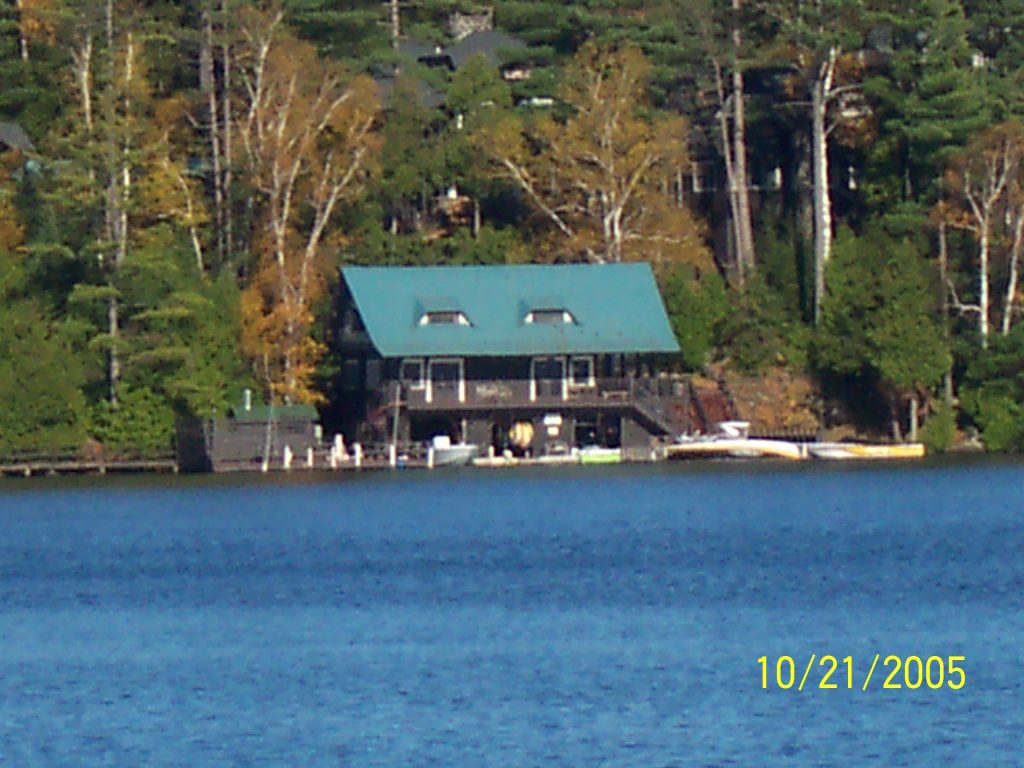
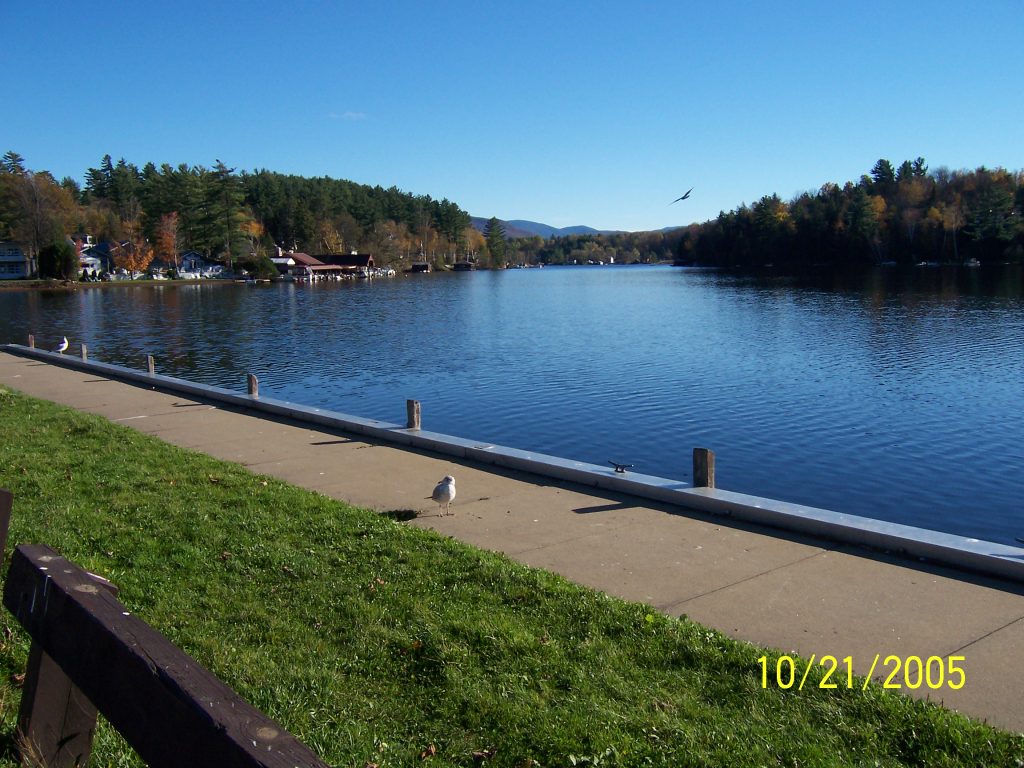
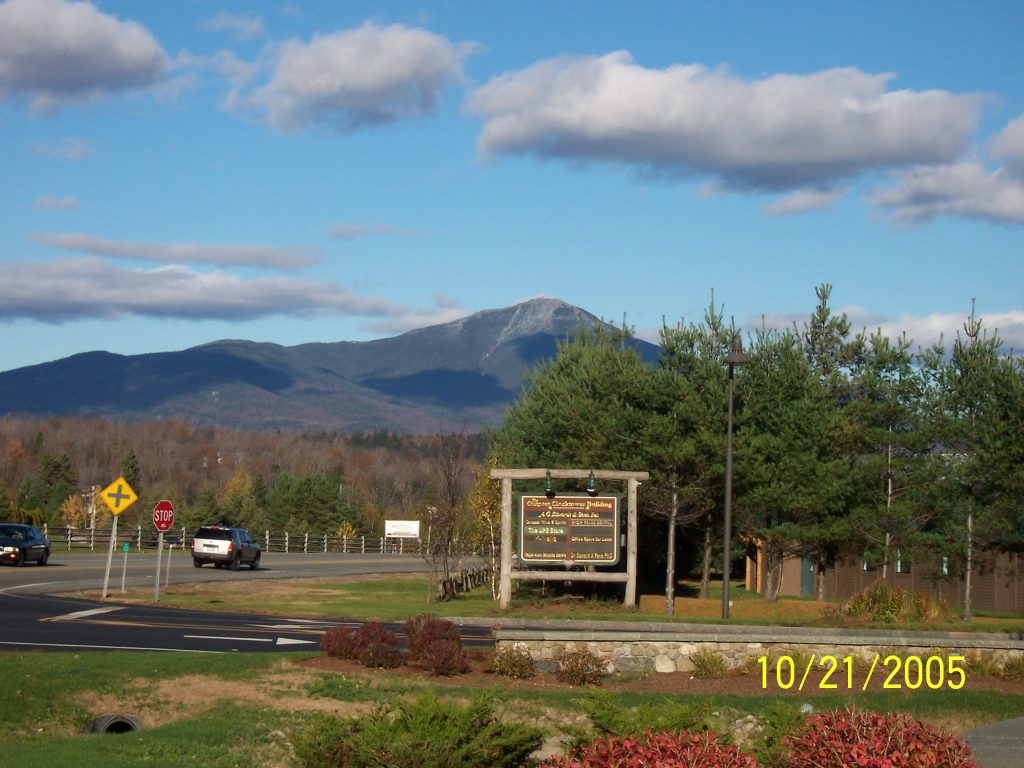
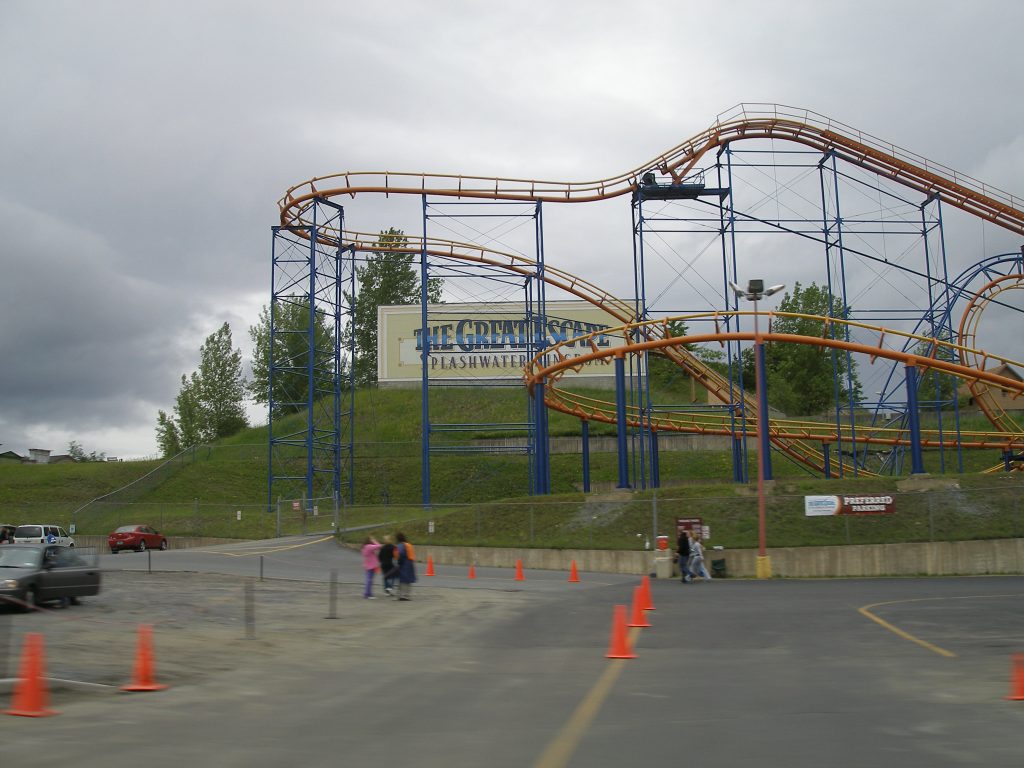 The Great Escape in Lake George, NY
The Great Escape in Lake George, NY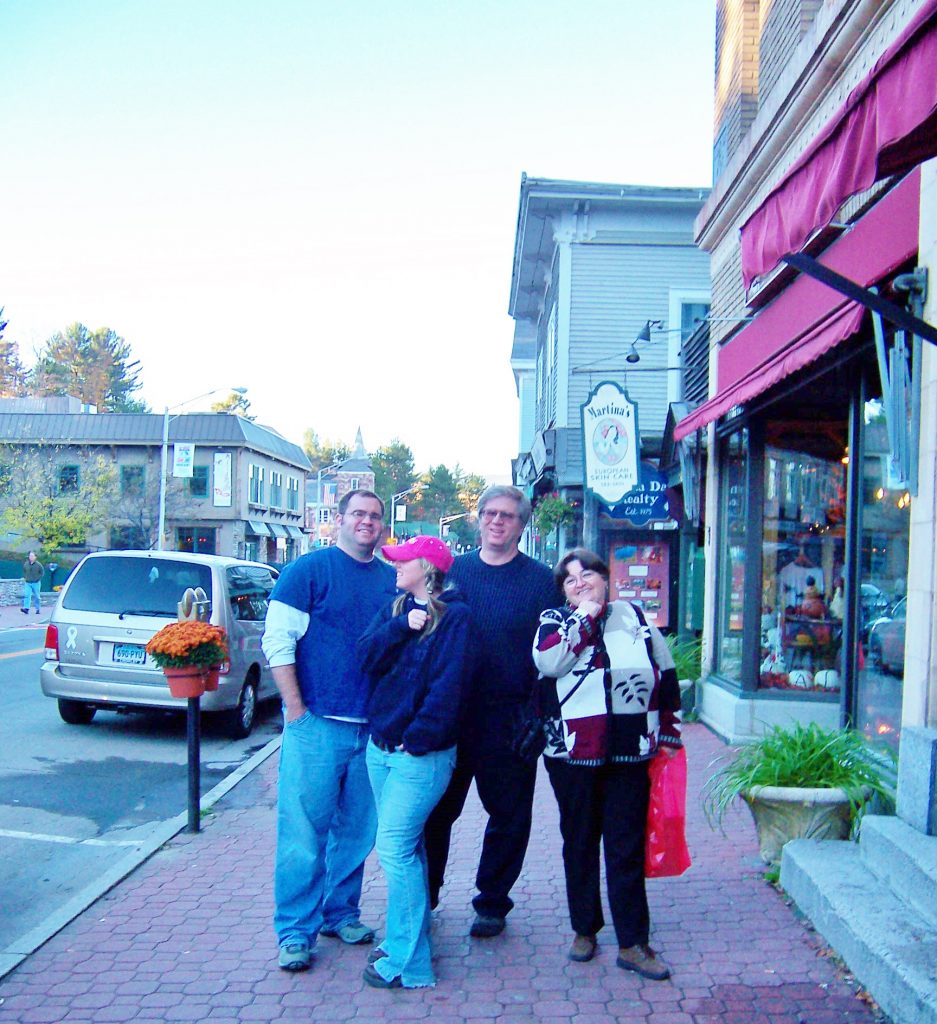
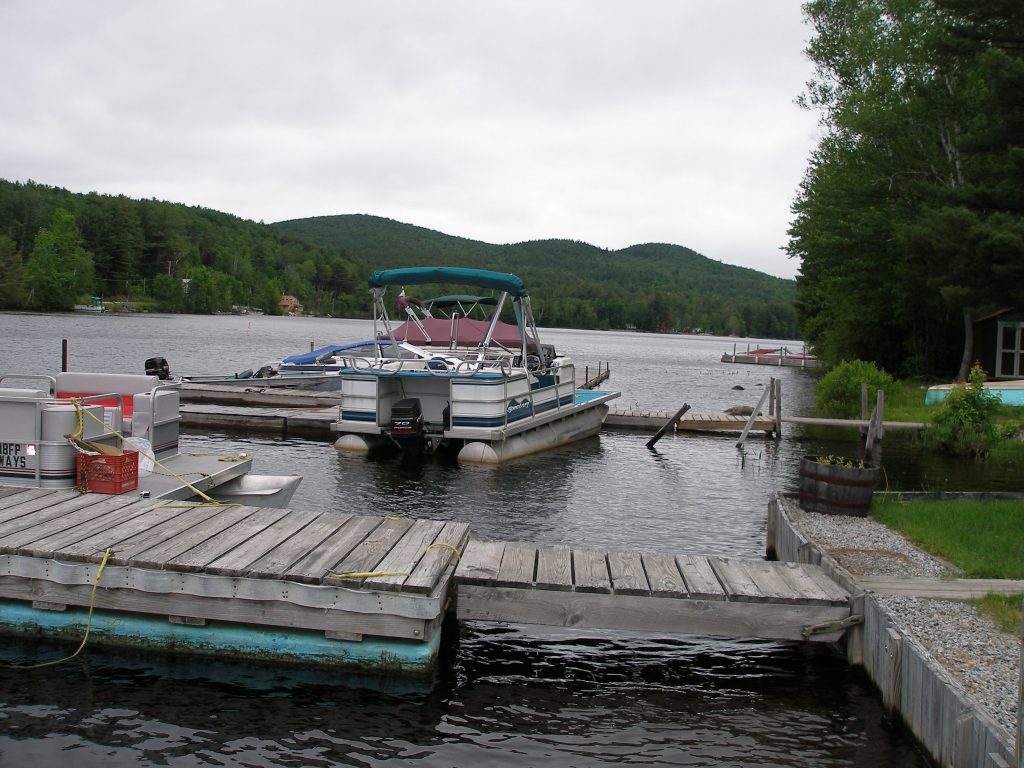
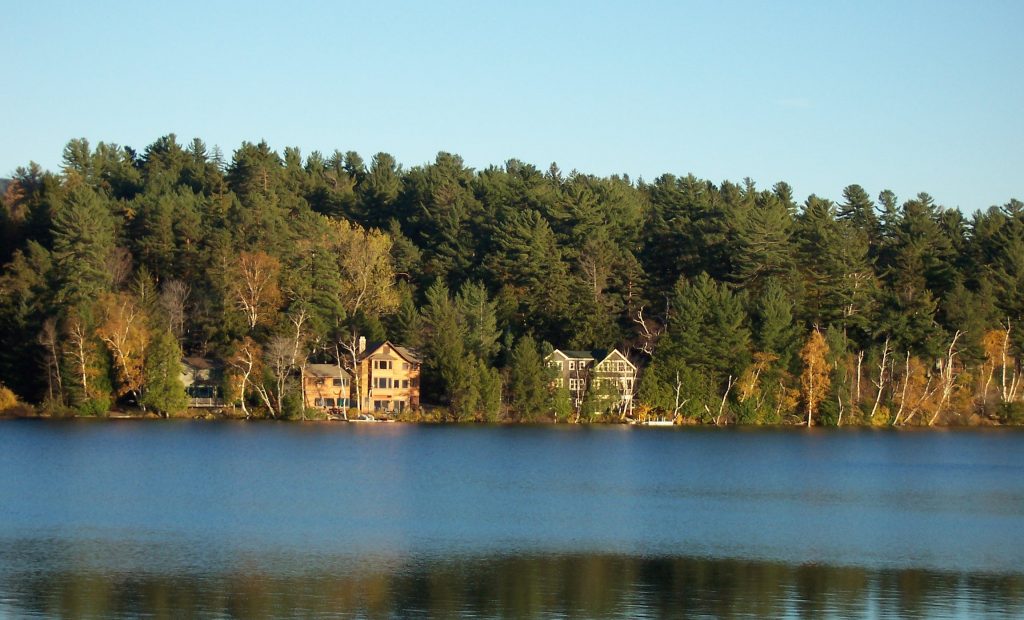
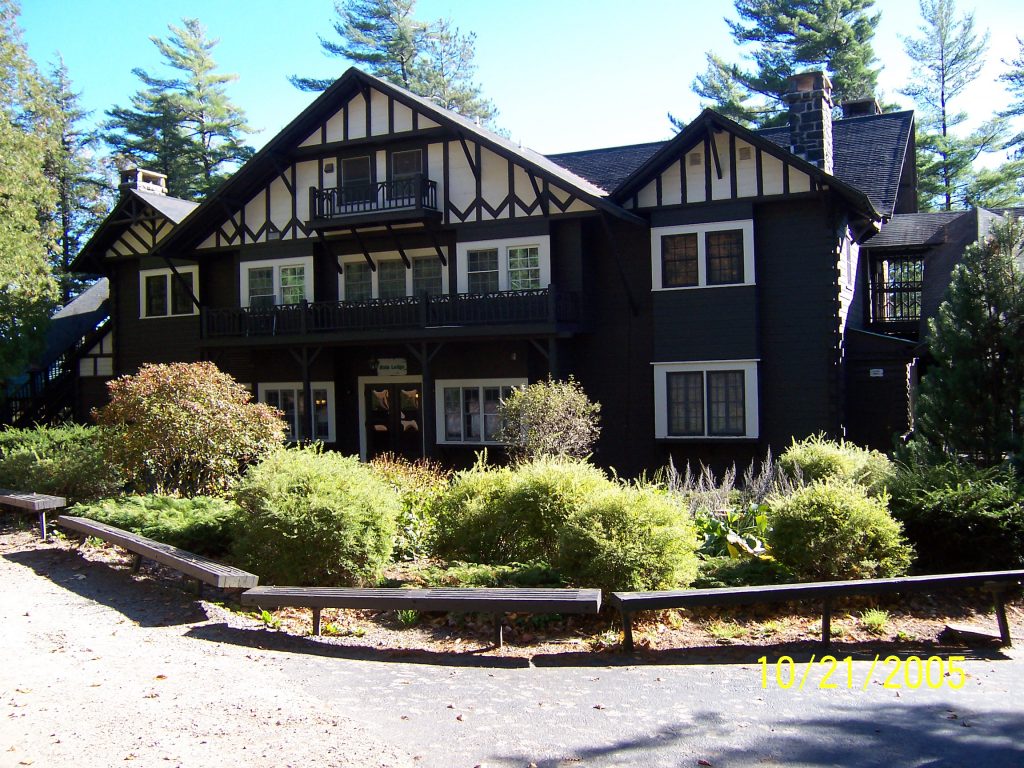
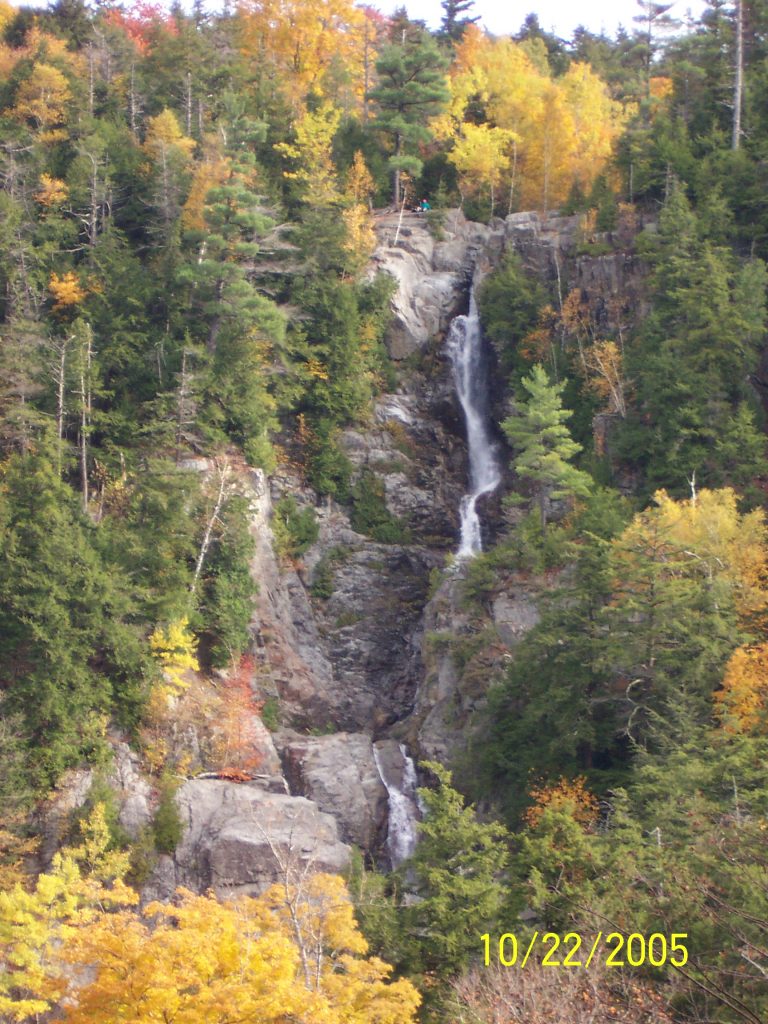
 My brother and I at the rental house in the Adirondacks
My brother and I at the rental house in the Adirondacks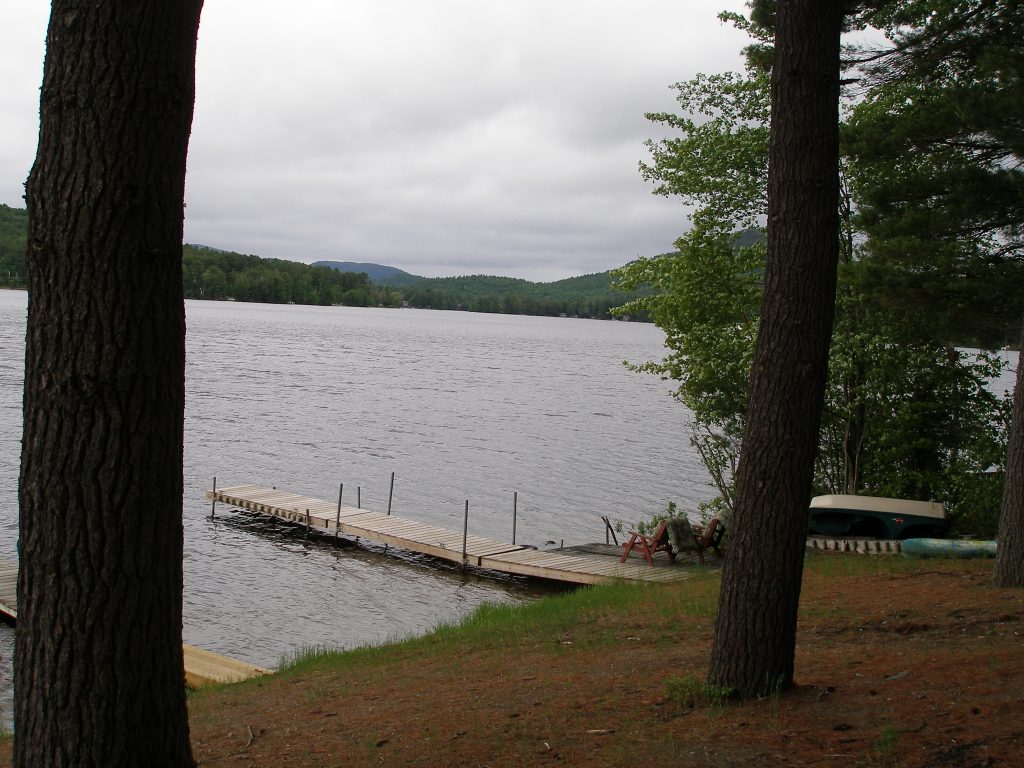
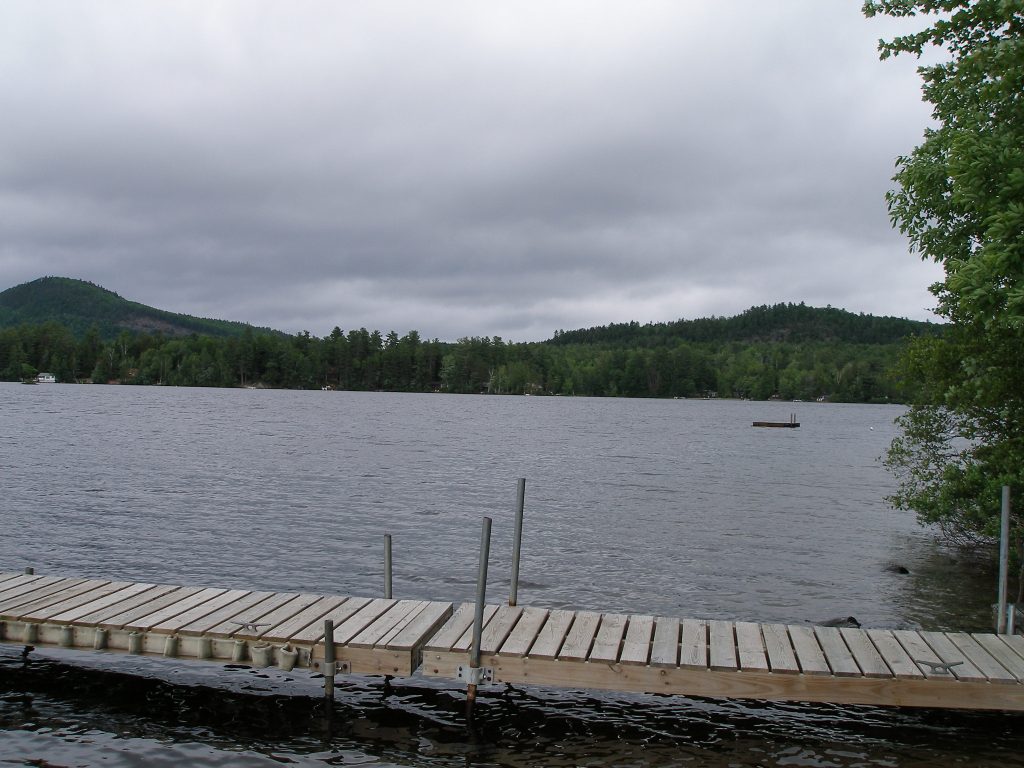

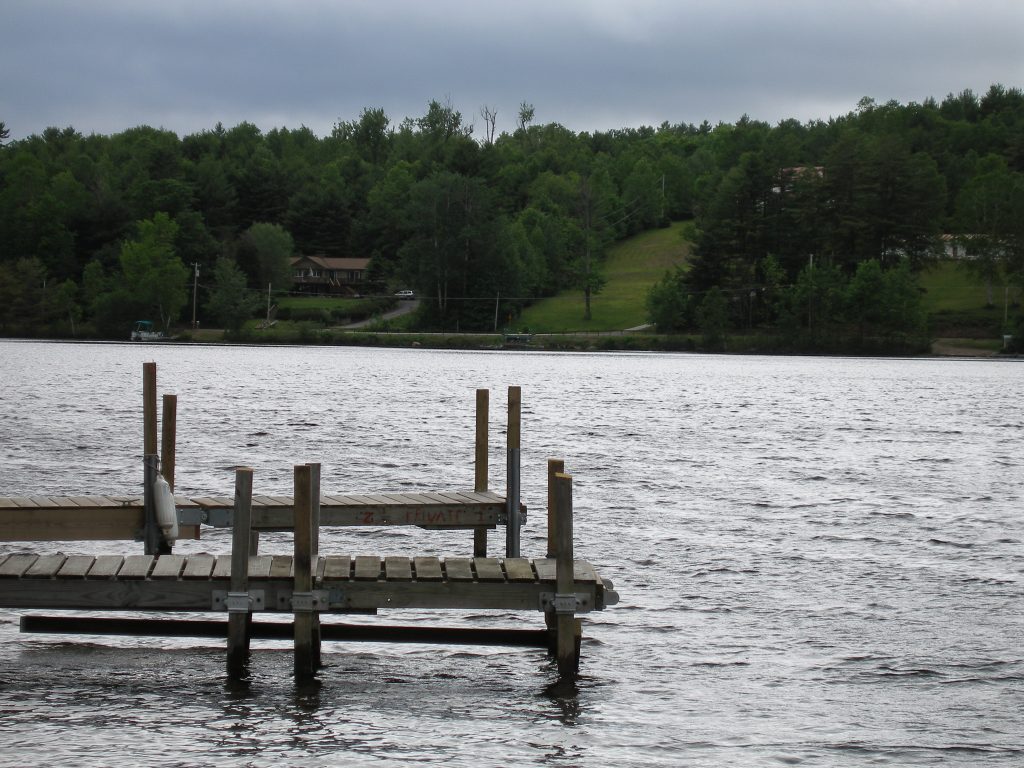
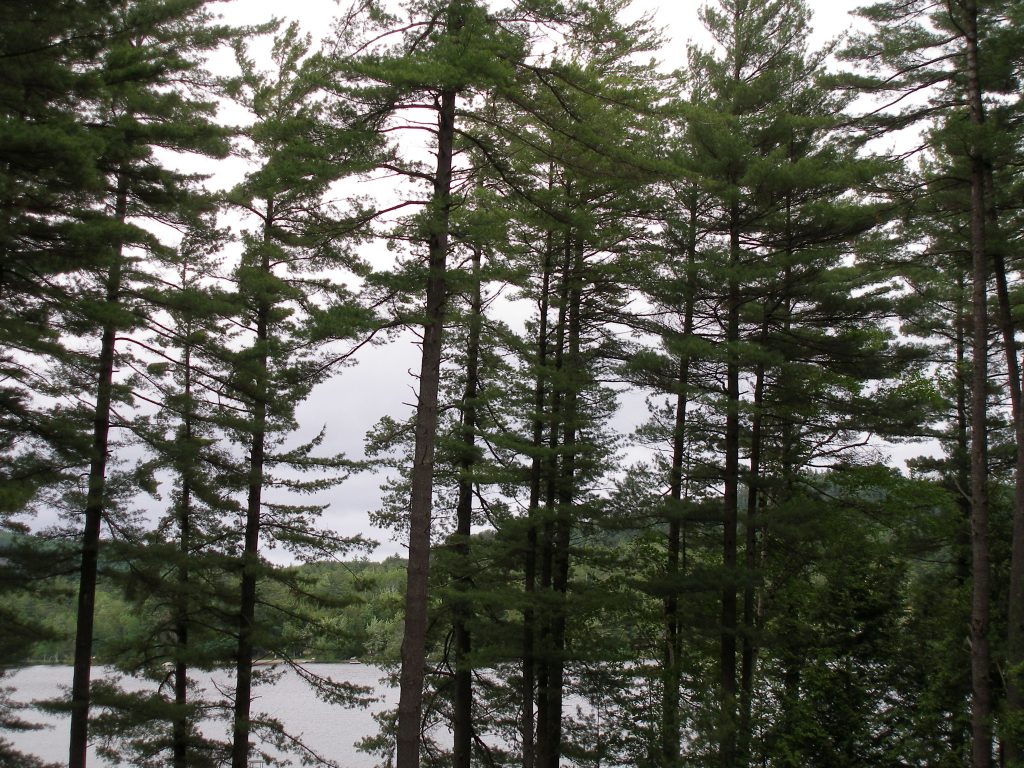
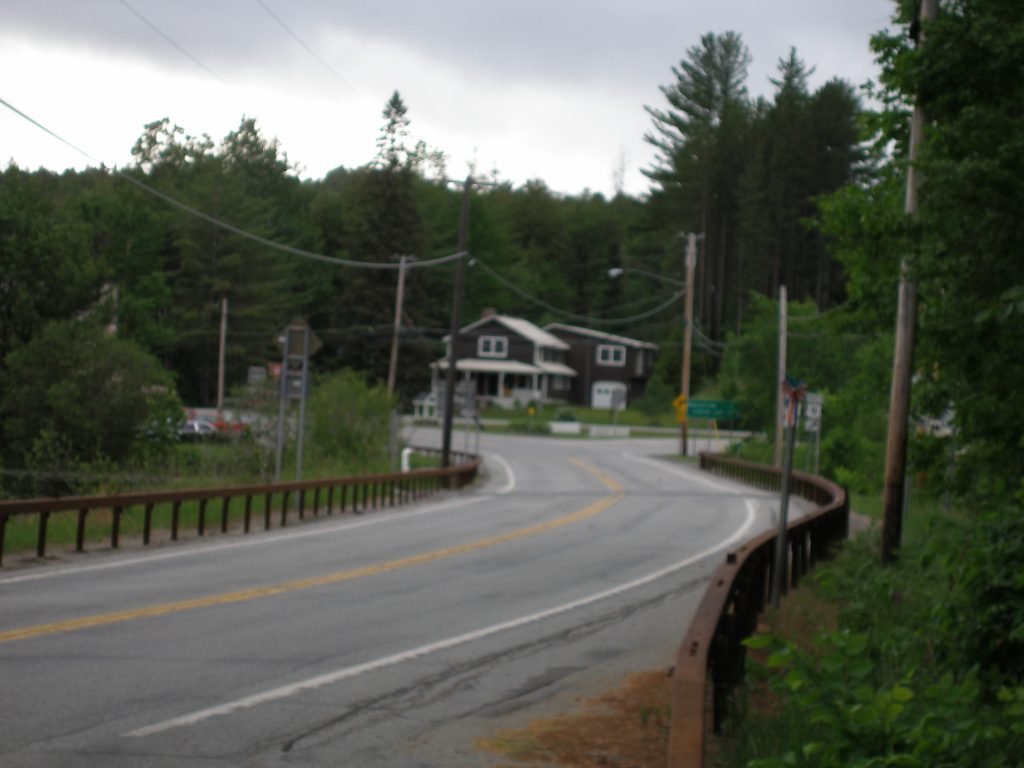

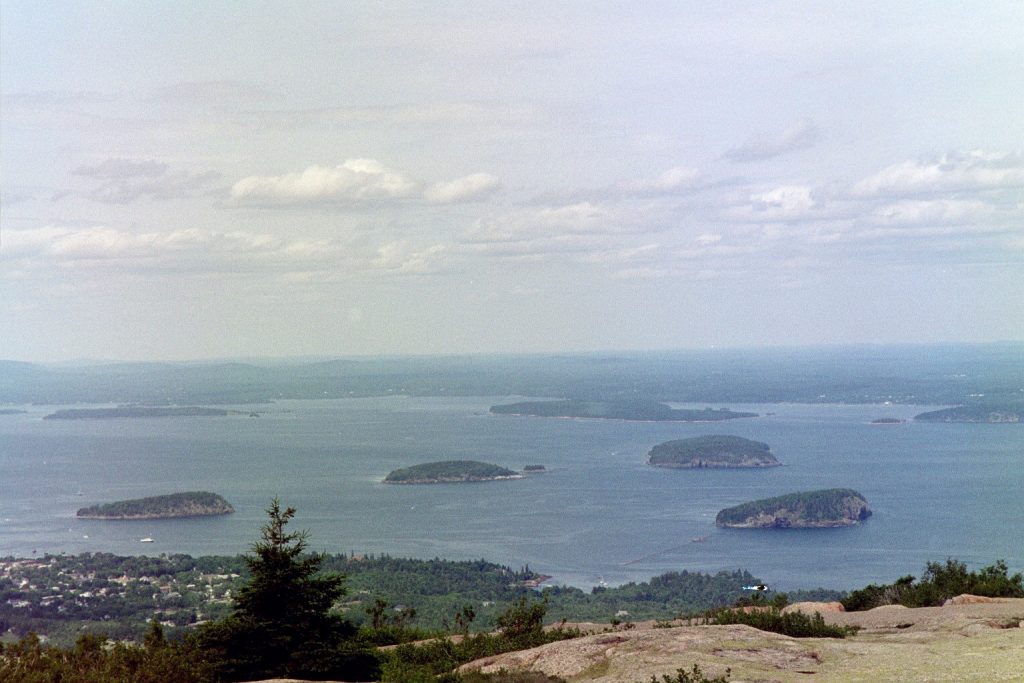
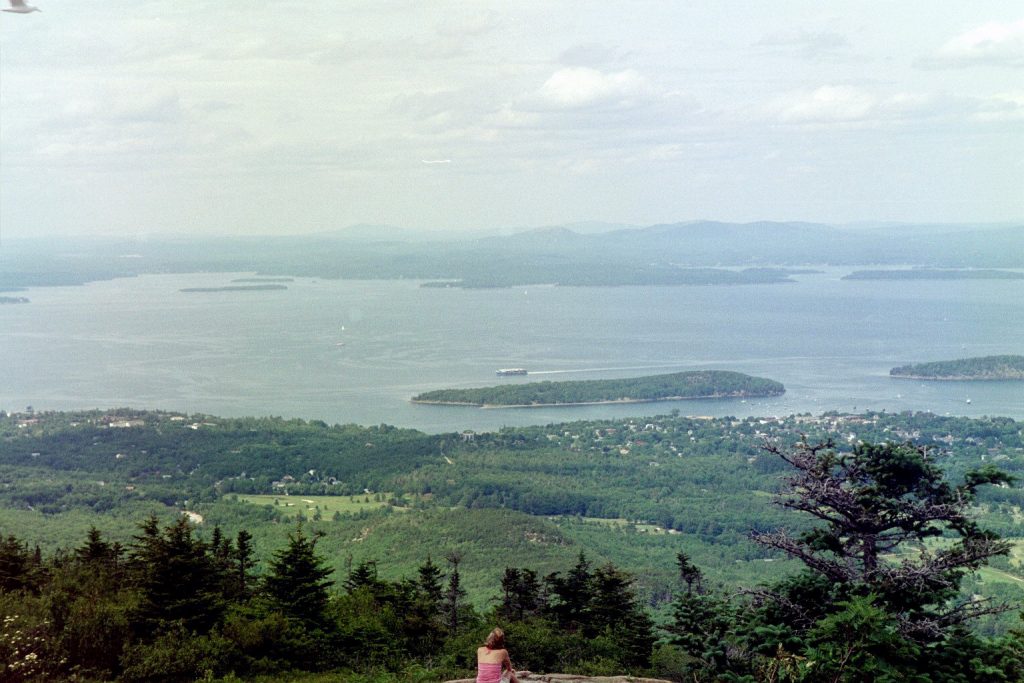
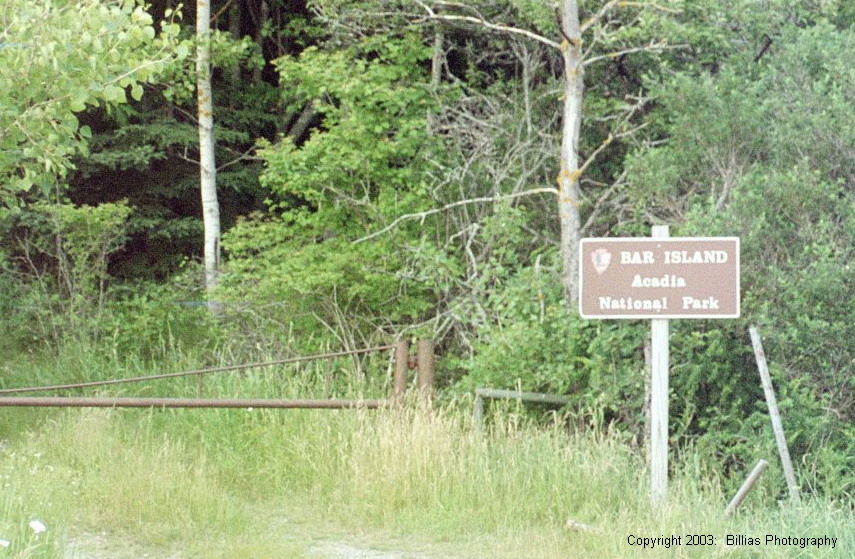
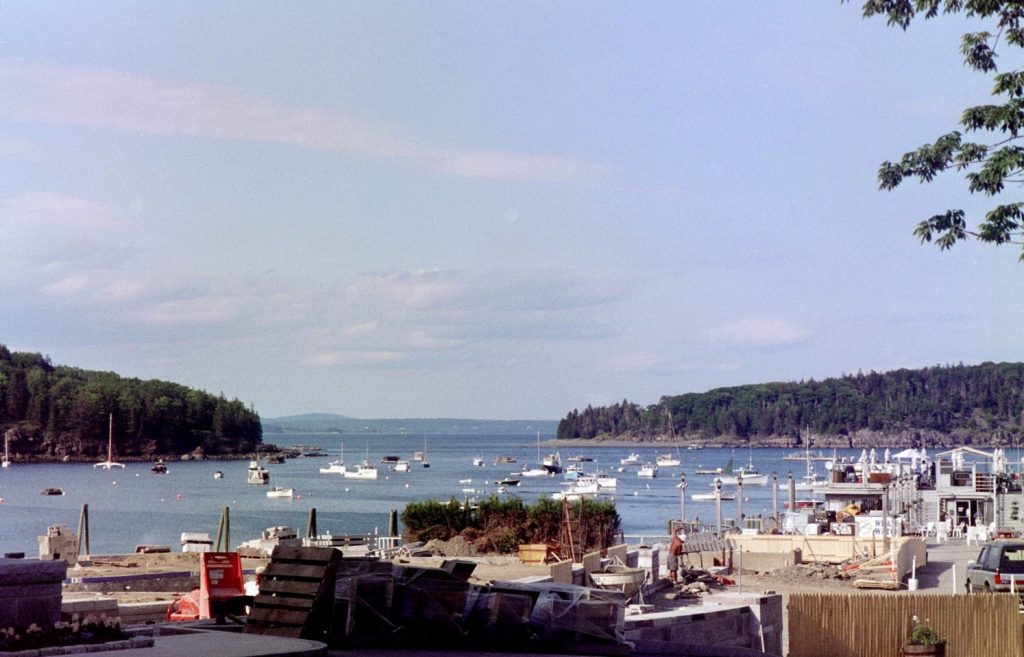
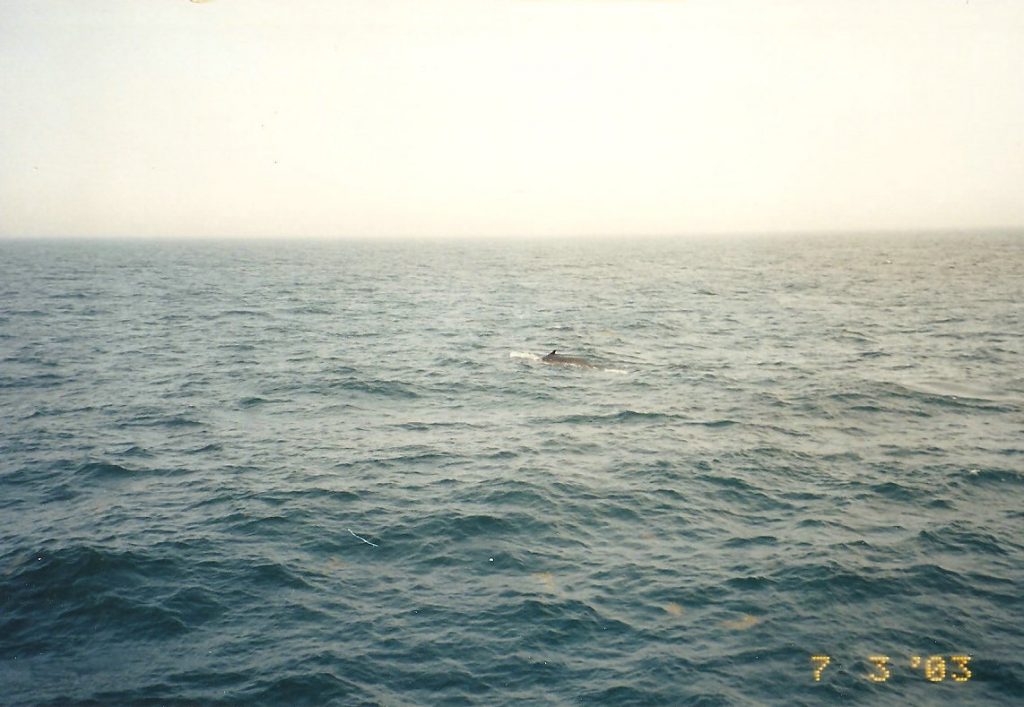

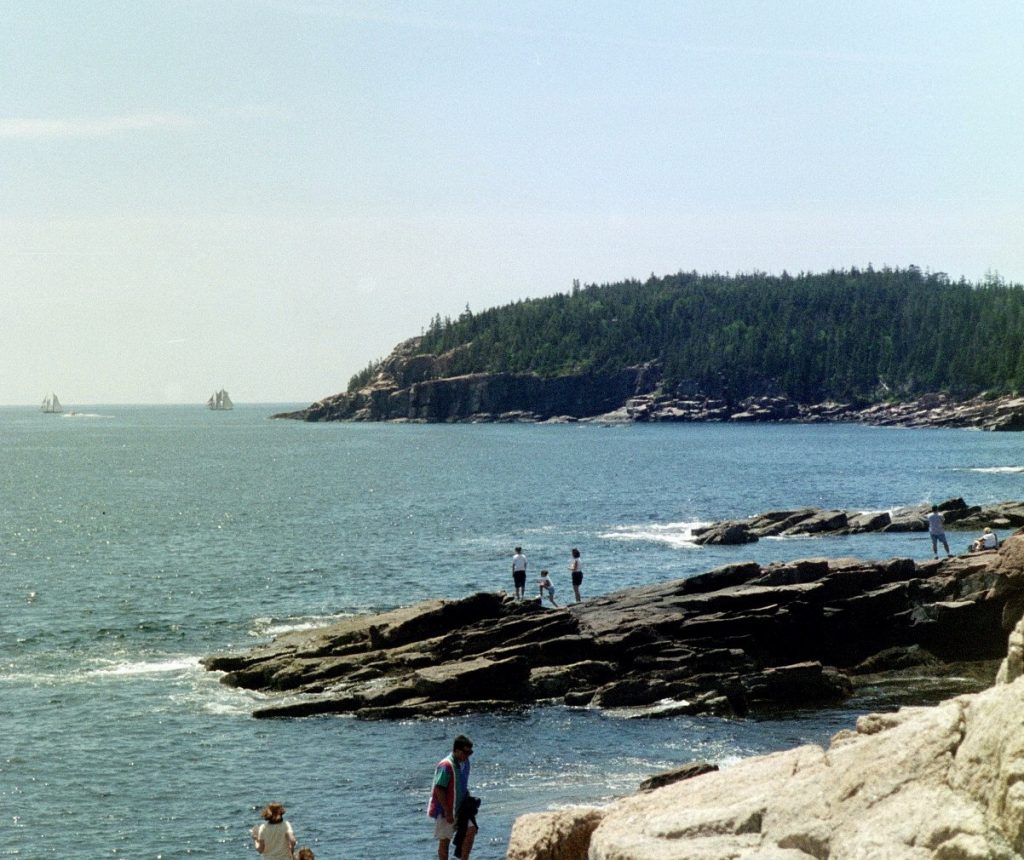
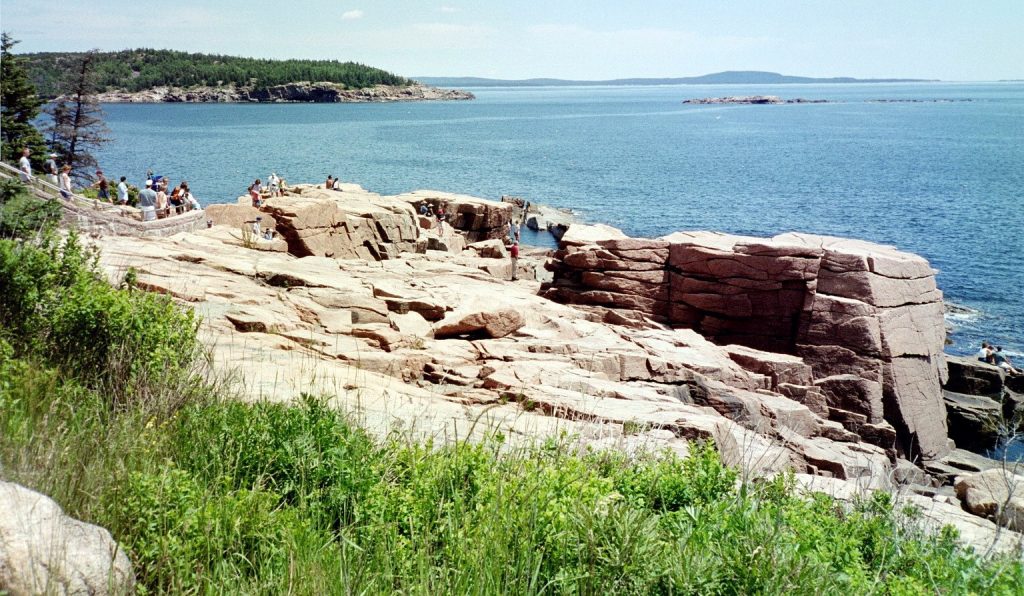
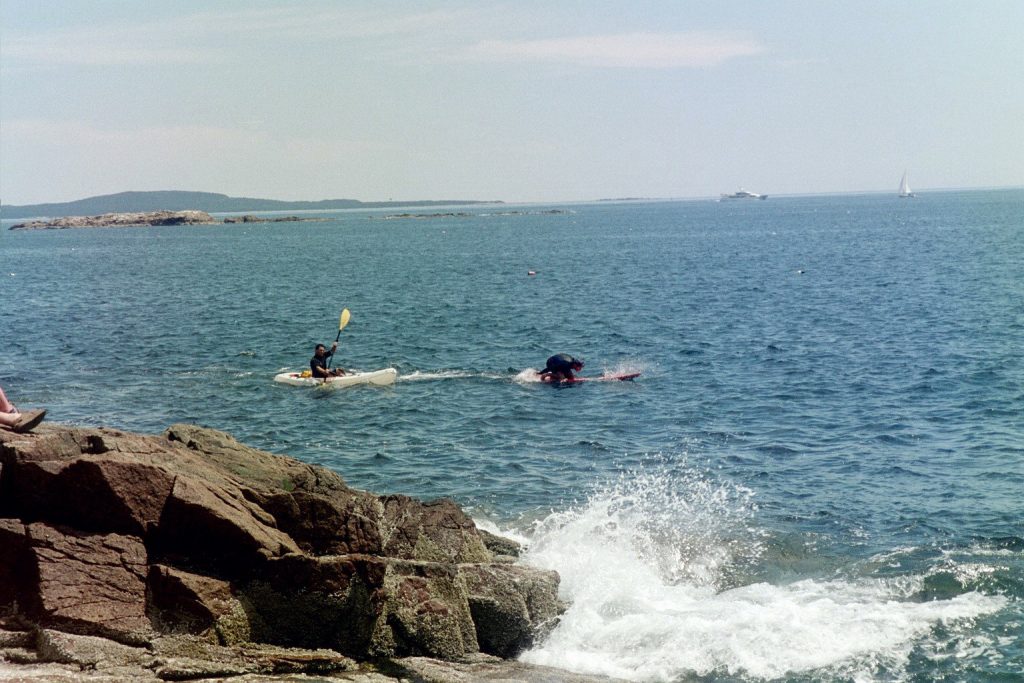
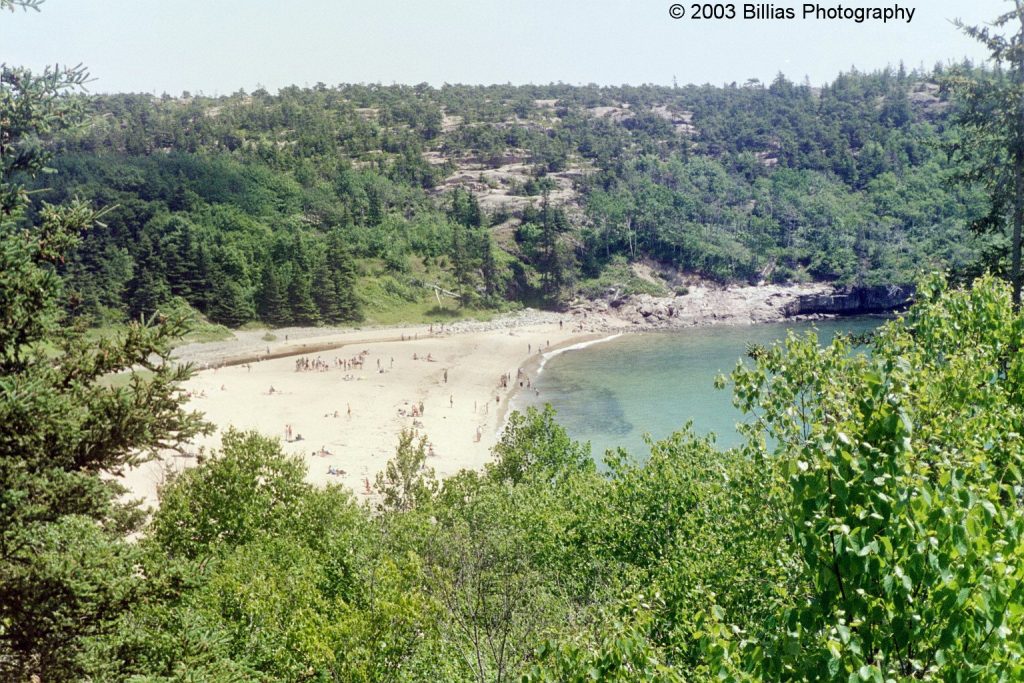
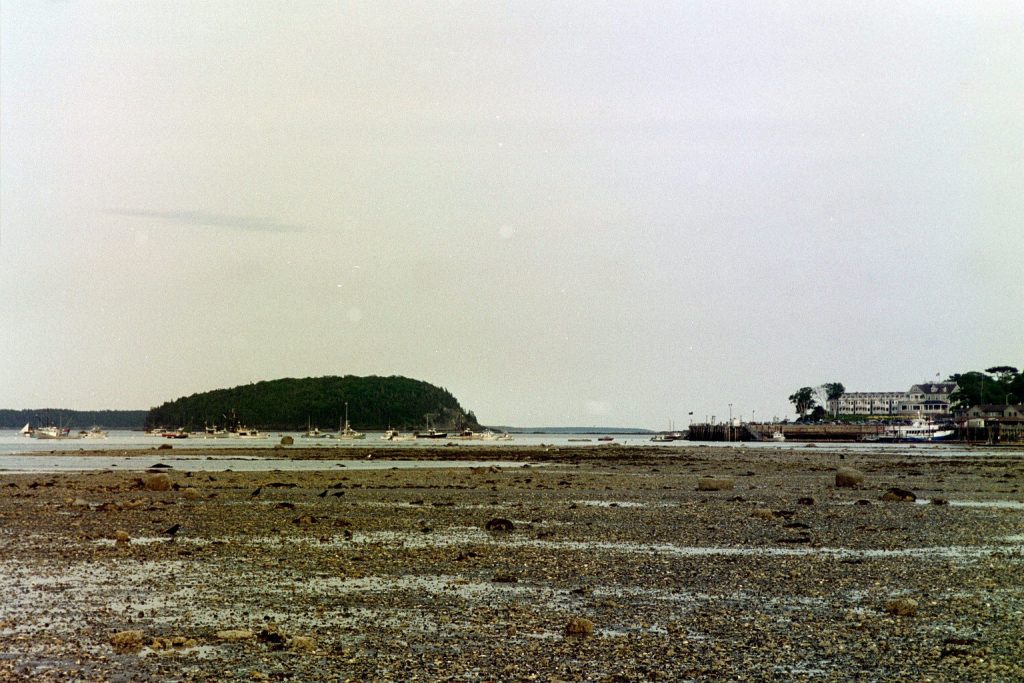
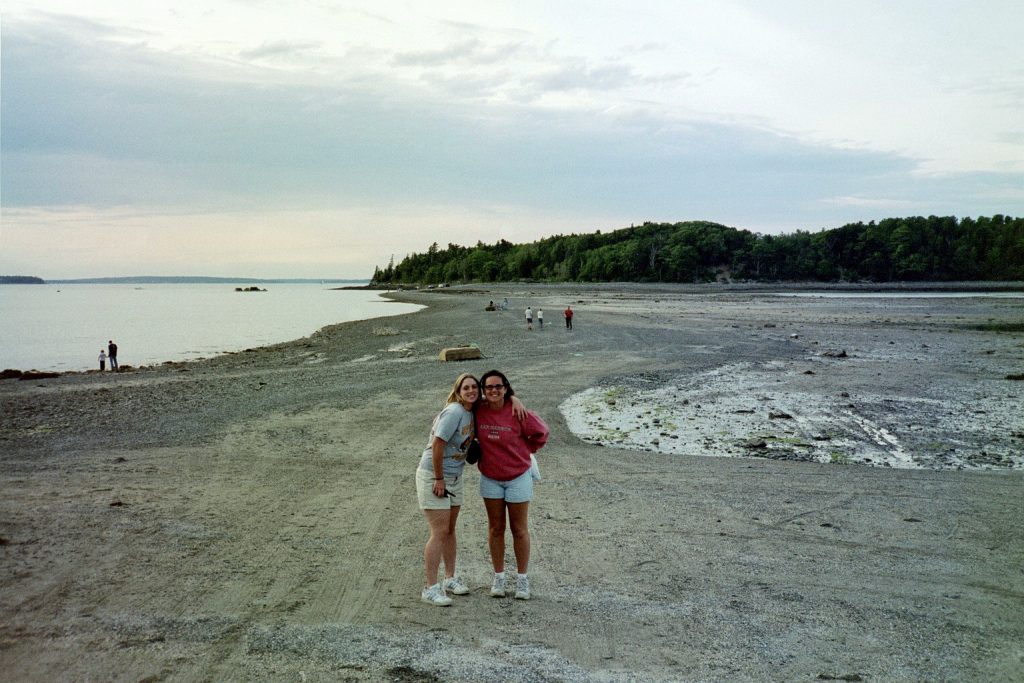
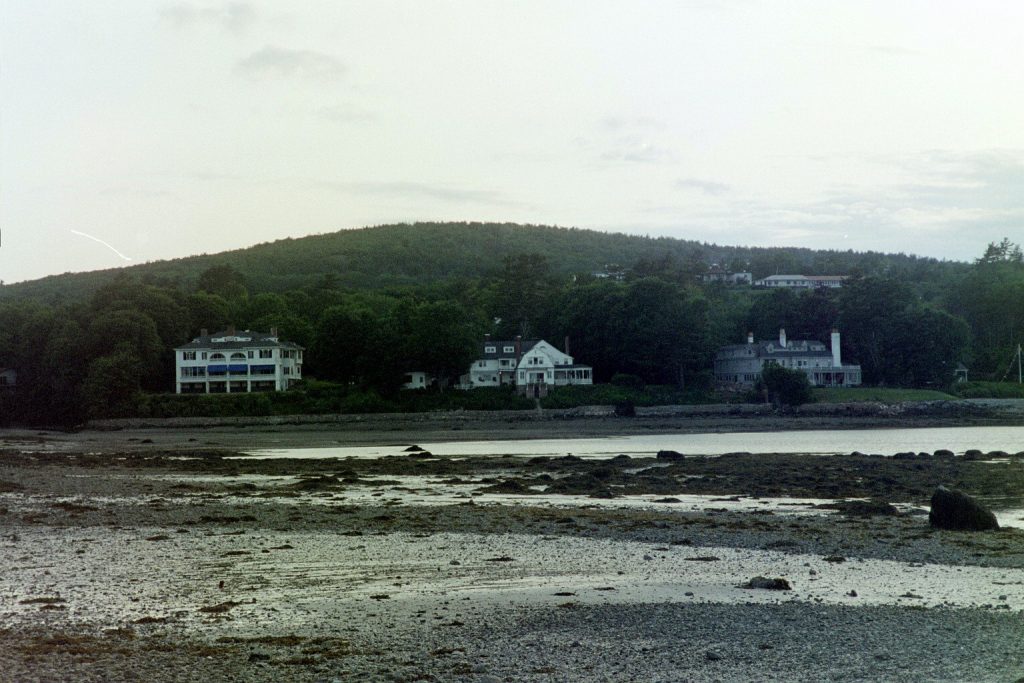
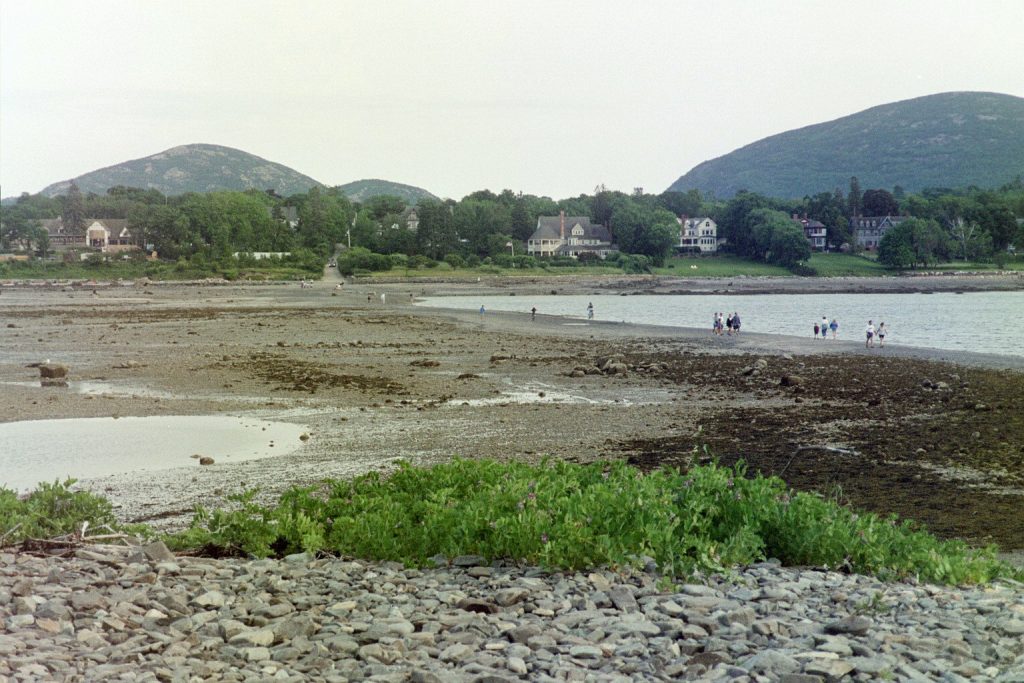
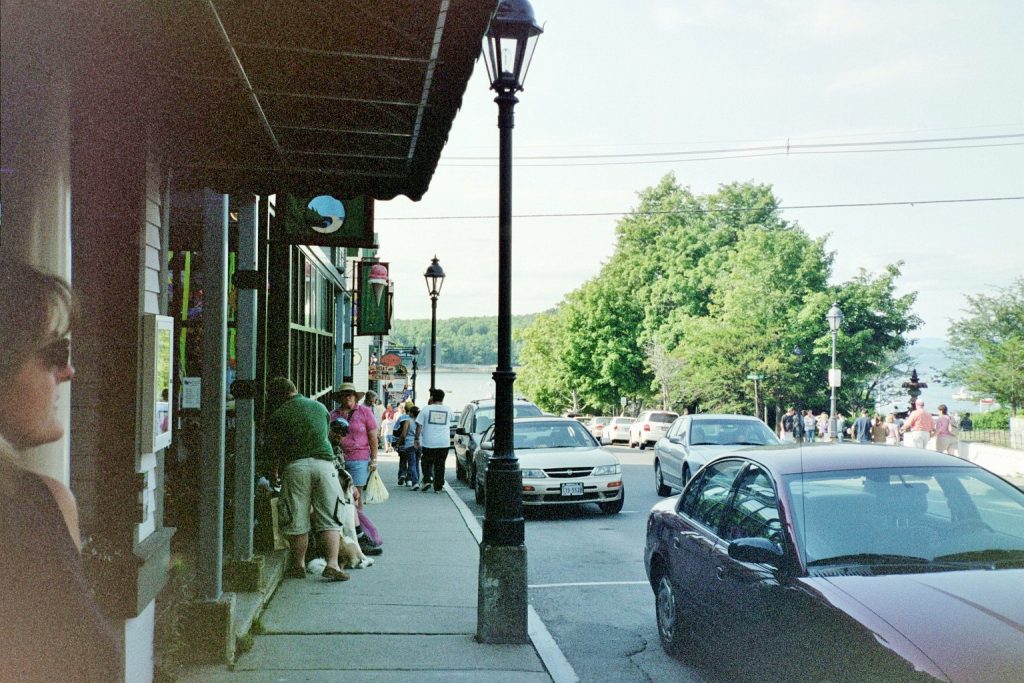
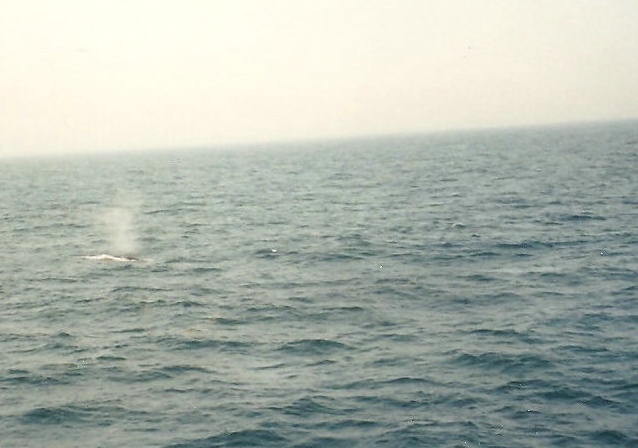
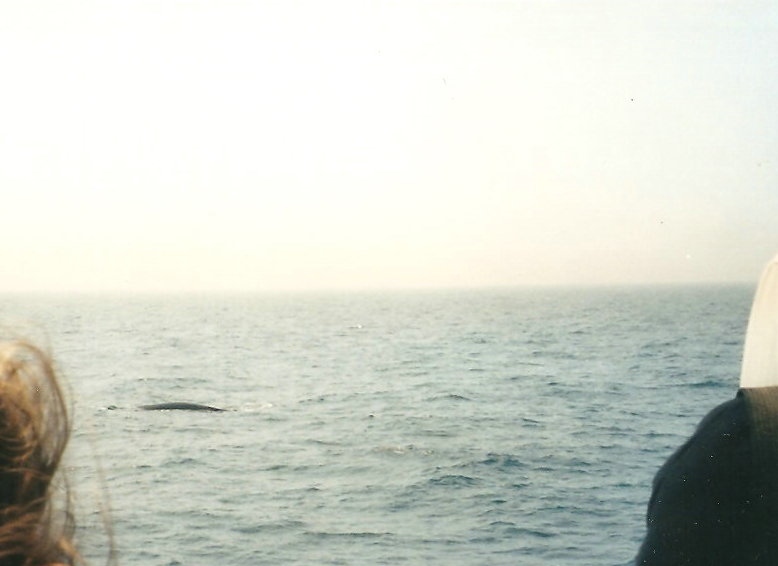
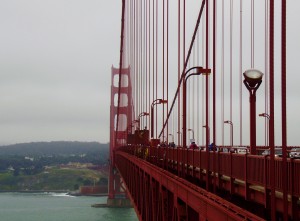
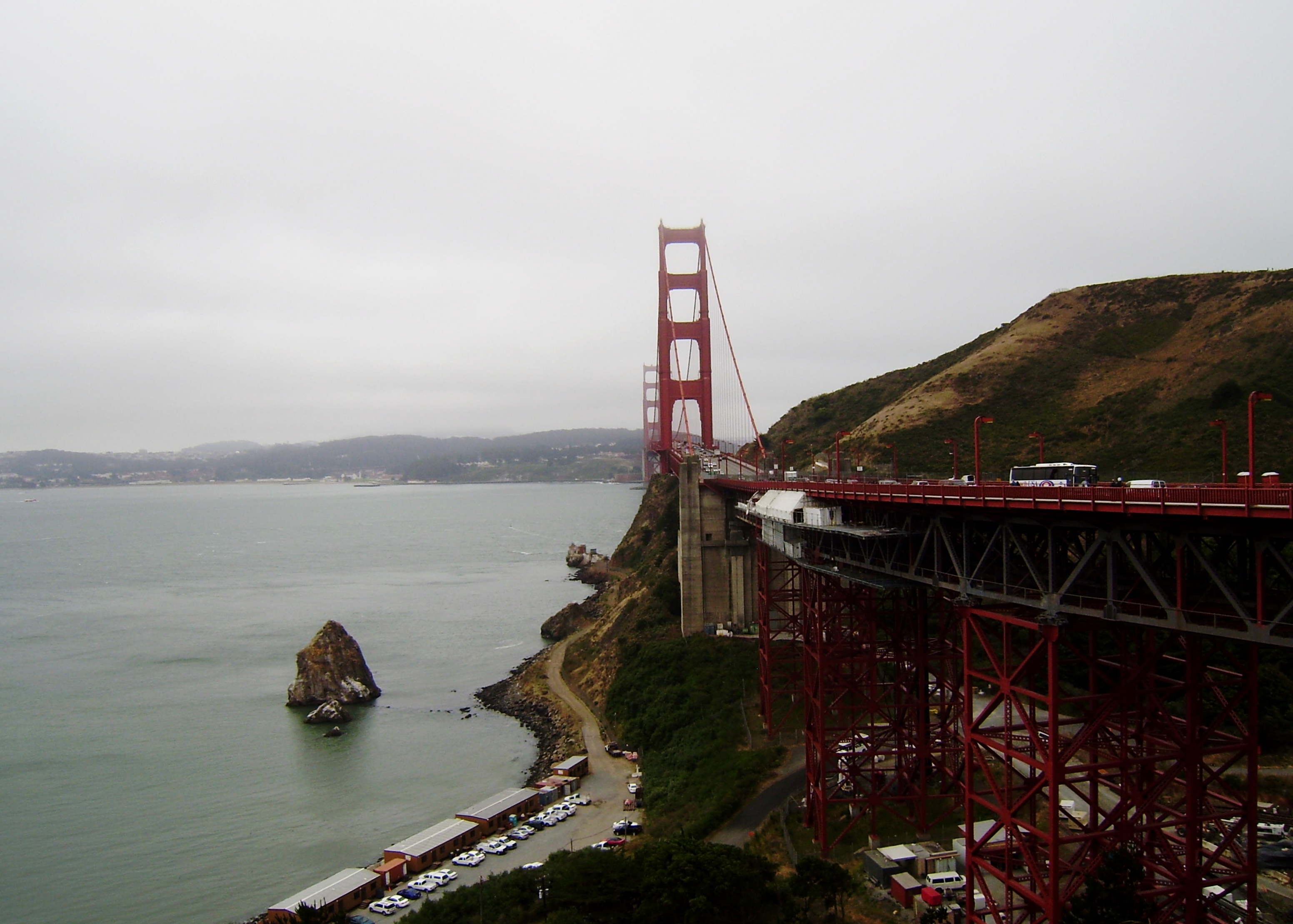
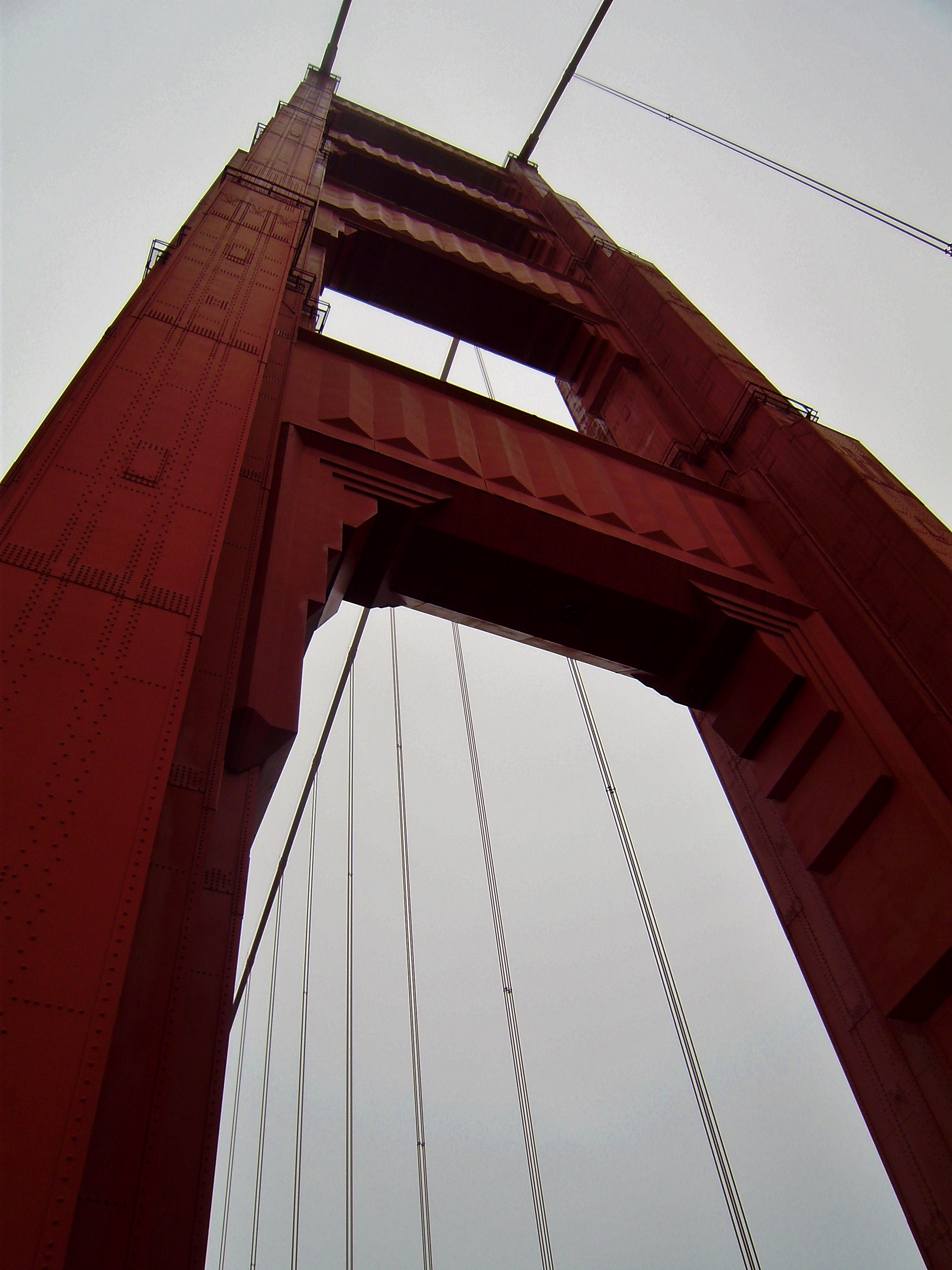
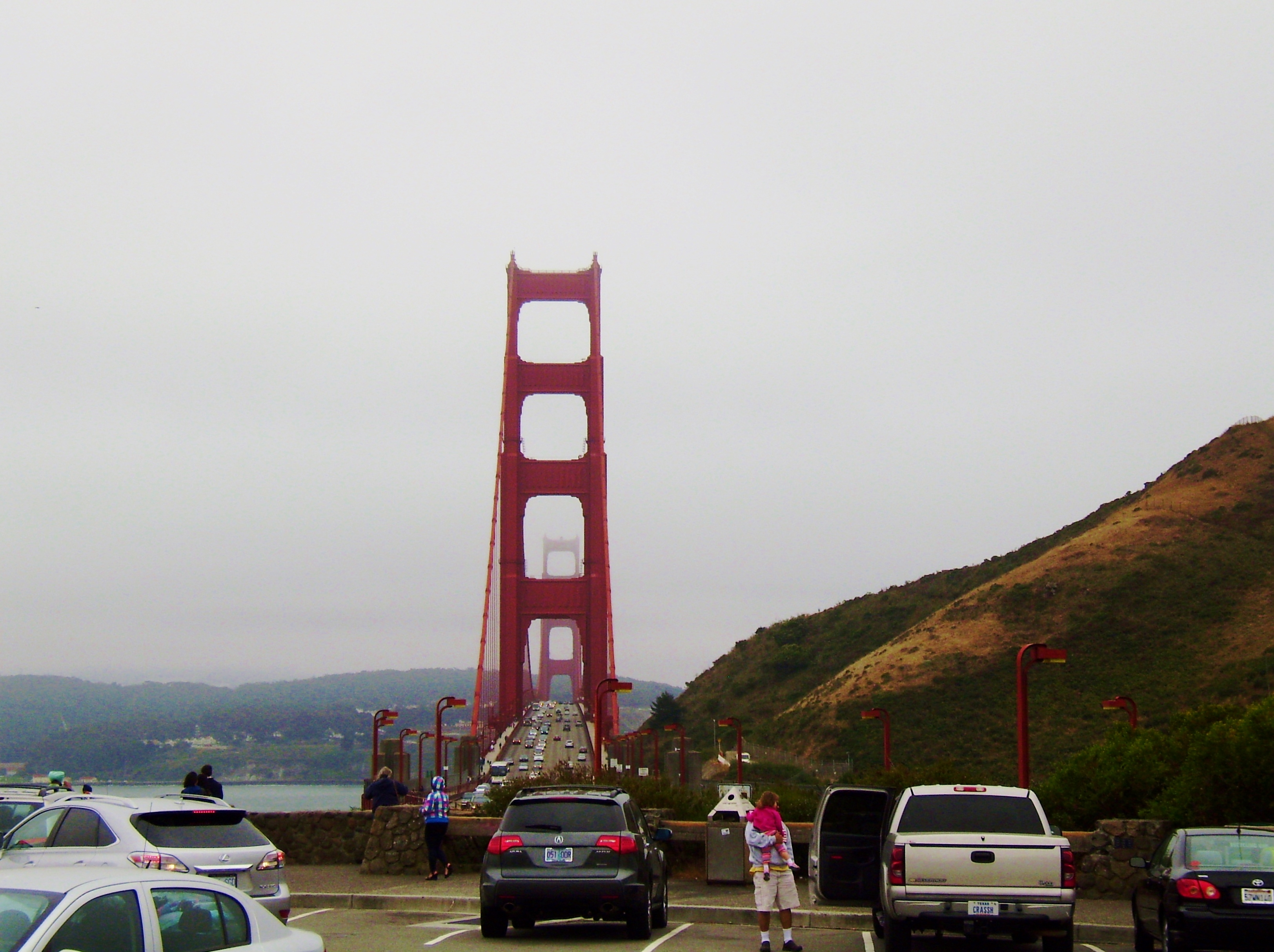
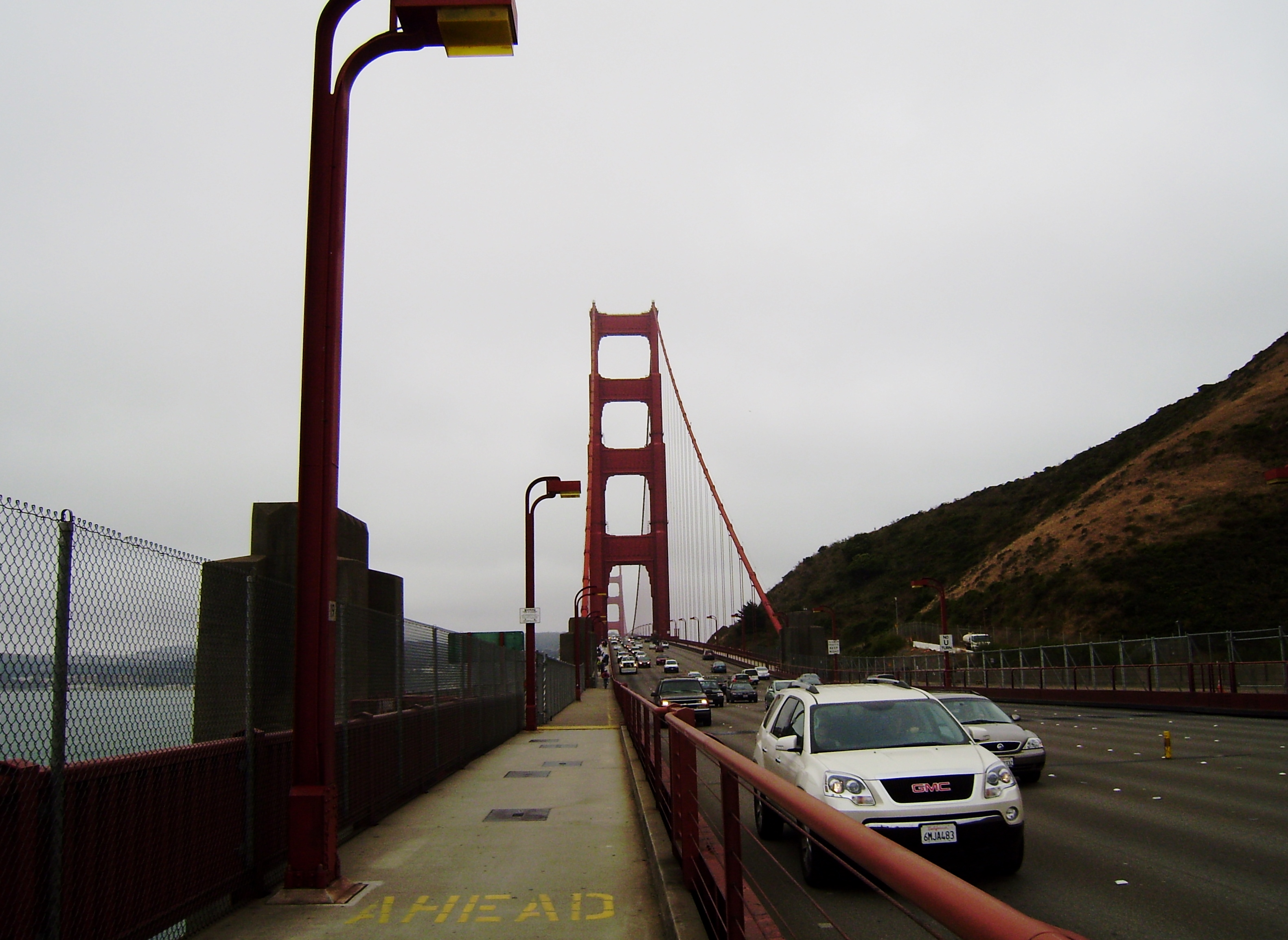
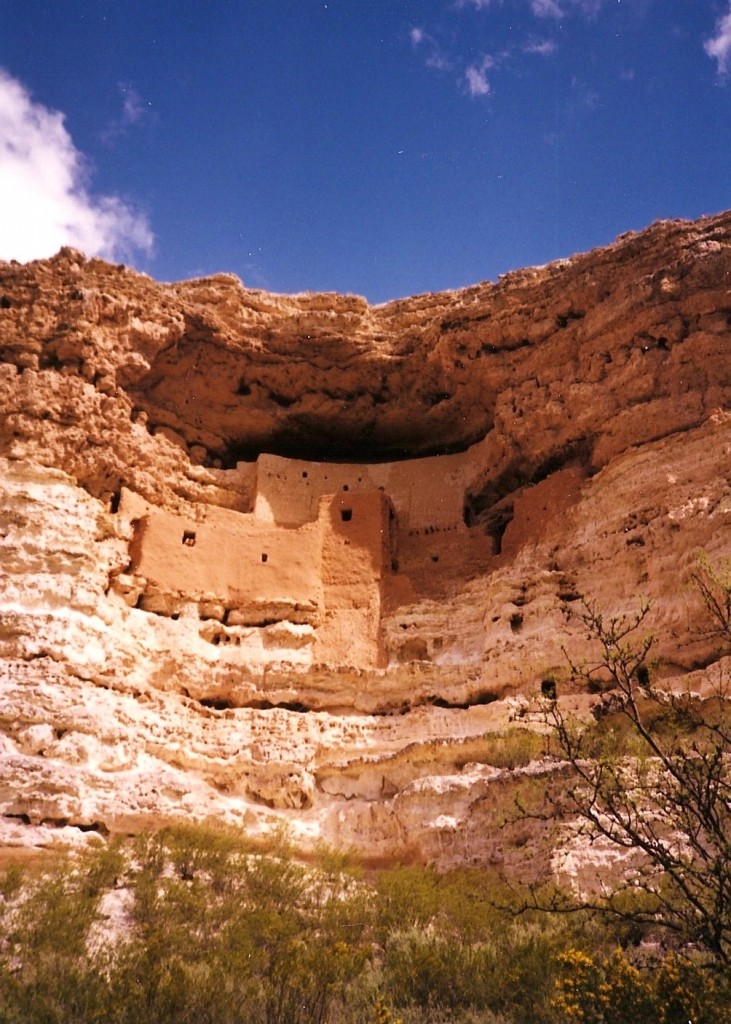
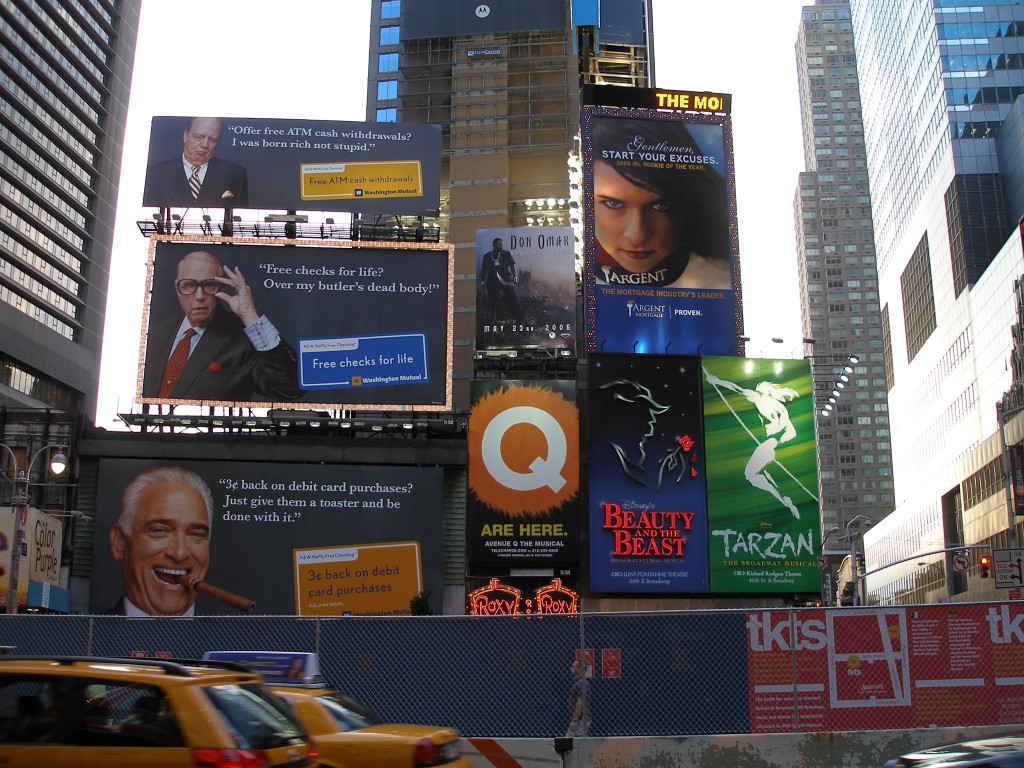
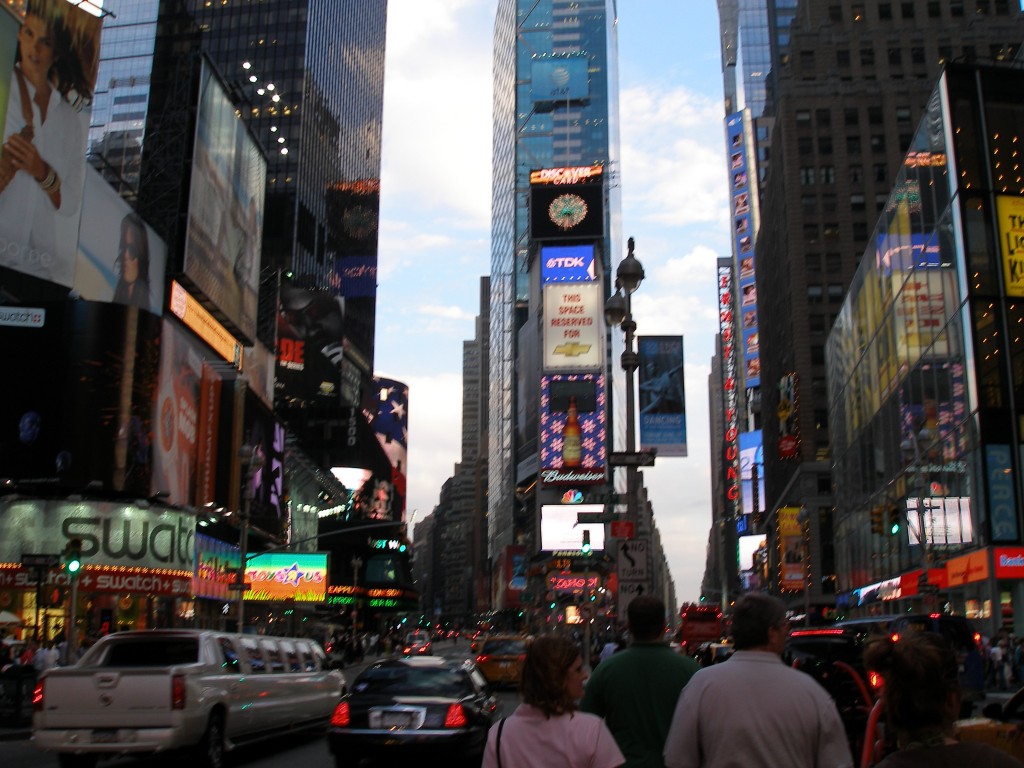
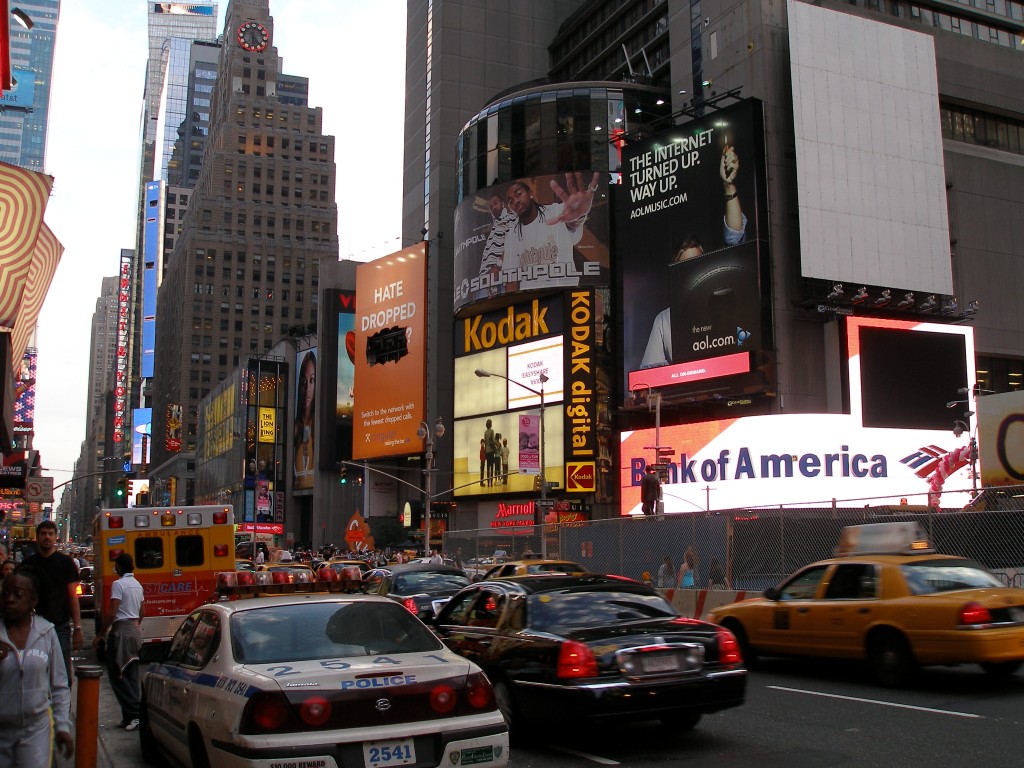
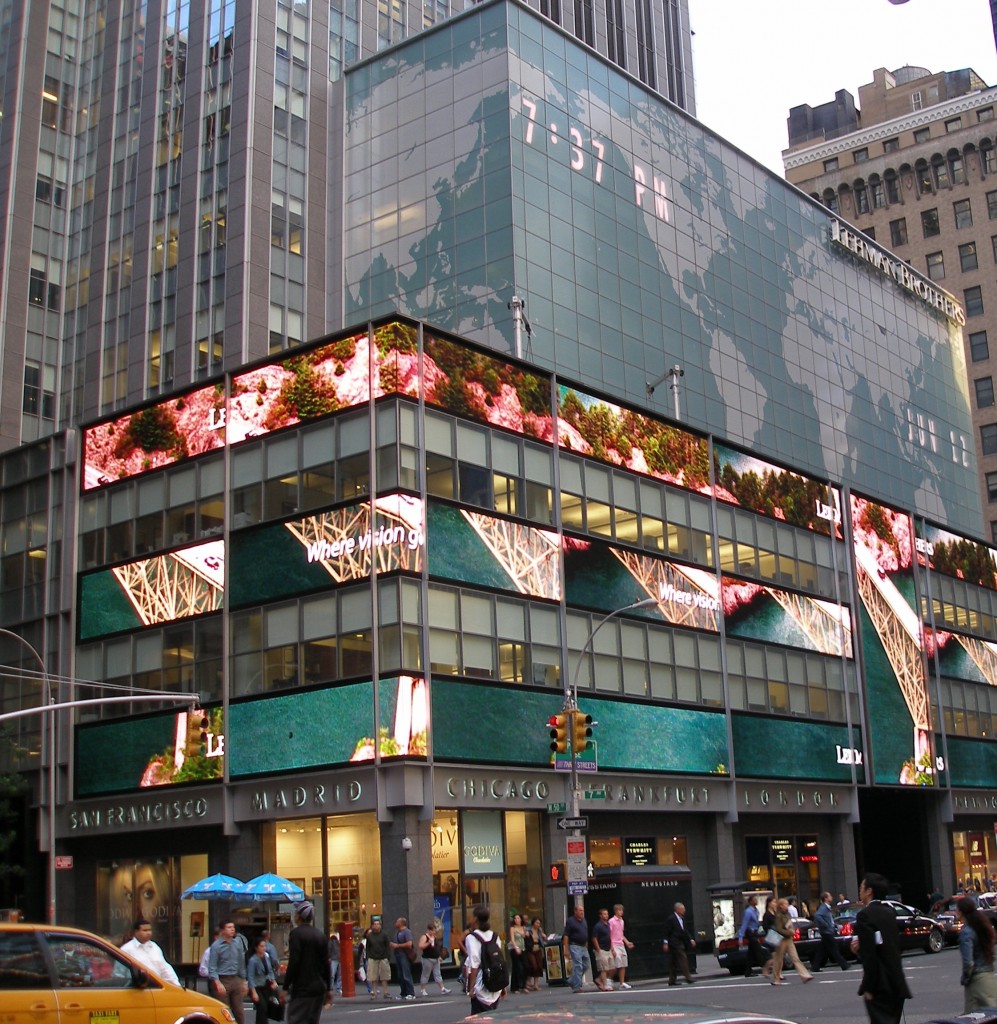
























































 The Grand Lodge at Yellowstone
The Grand Lodge at Yellowstone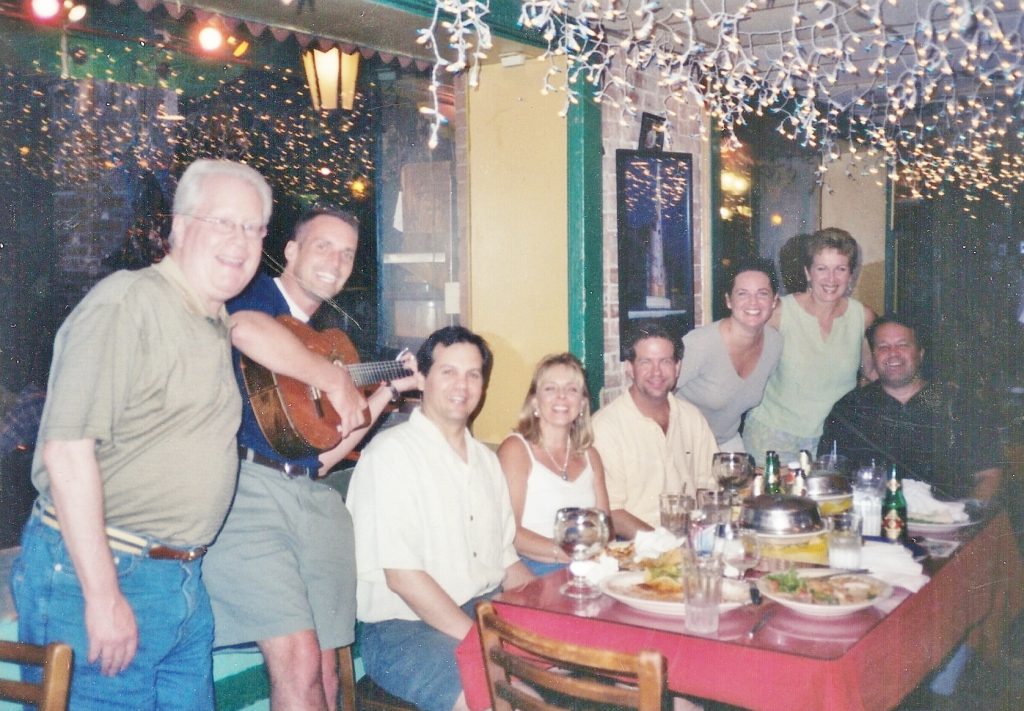 Attending a conference with several colleagues, I always welcomed their recommendations for an amazing hotel and fabulous restaurants. We spent many a night at Old Town Mexican Café and Restaurant drinking margaritas and noshing on chips and salsa.
Attending a conference with several colleagues, I always welcomed their recommendations for an amazing hotel and fabulous restaurants. We spent many a night at Old Town Mexican Café and Restaurant drinking margaritas and noshing on chips and salsa.